



SMART PLANNING || HEALTHY AGING || ACTIVE LIVING MARKETING





SMART PLANNING || HEALTHY AGING || ACTIVE LIVING MARKETING
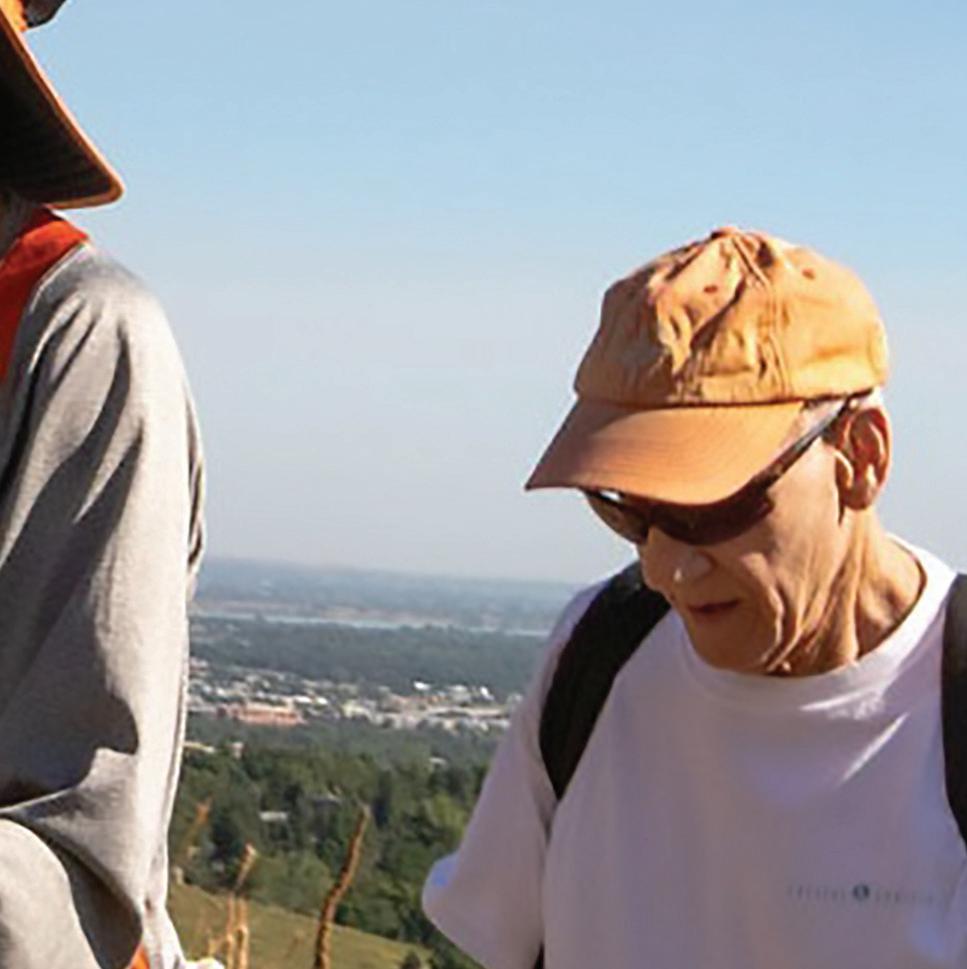

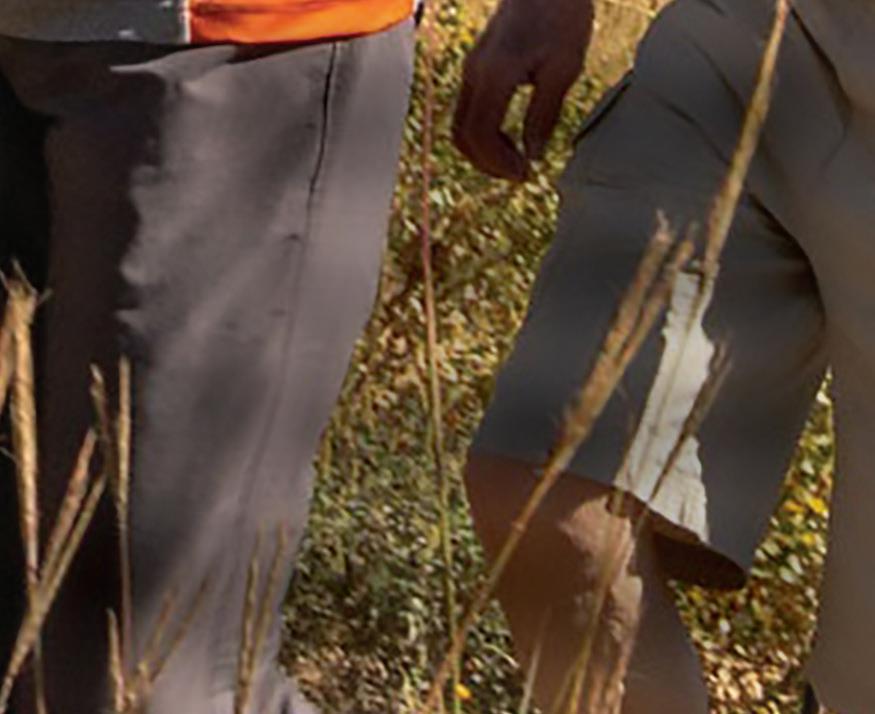




DON’T MISS THE SPRING AGING EXPO!
SAT., APRIL 12 8:30 A.M. TO 2 P.M. BOULDER JCC
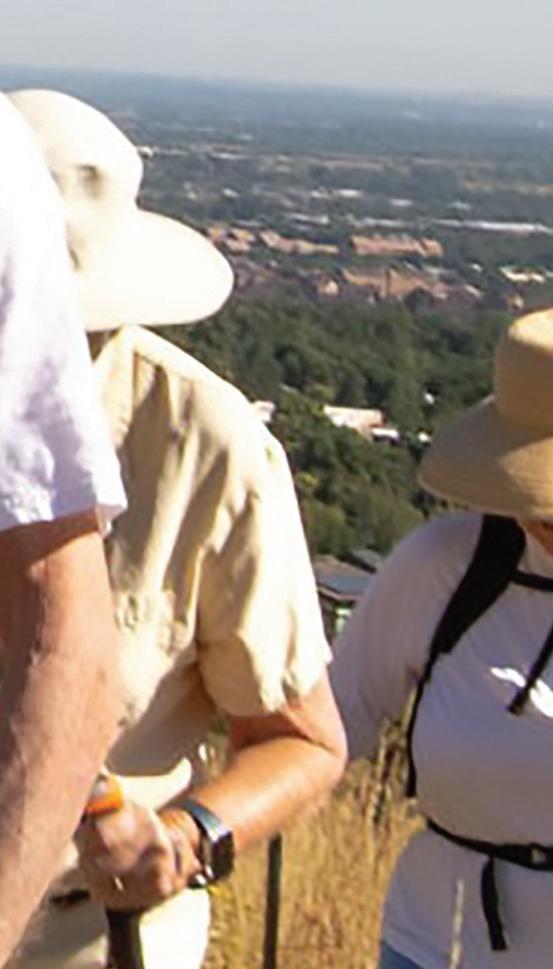




Small Steps, Big Benefits: Tips for a Vibrant Life
Beat Retirement Boredom: Hobbies for Seniors
Travel for Adults 50+

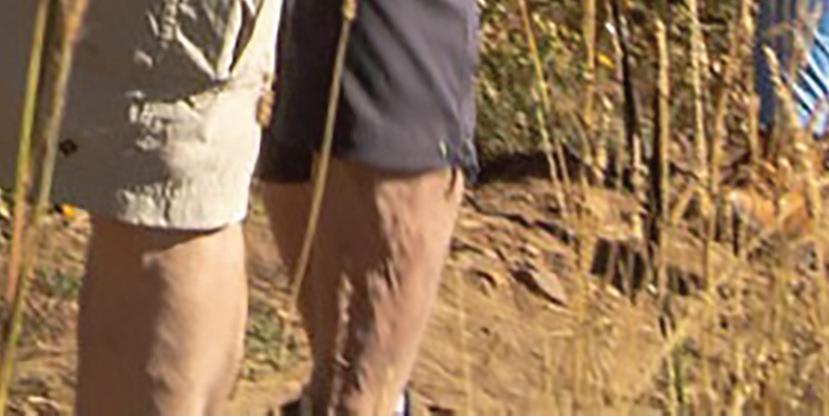


https://sealslaboratory.com/participate/
FOR STUDIES INVESTIGATING THE POTENTIAL HEALTHY BENEFITS OF A NEW BREATHING EXERCISE INTERVENTION ON BLOOD PRESSURE AND CARDIOVASCULAR HEALTH CARDIO ASCULAR HEAL
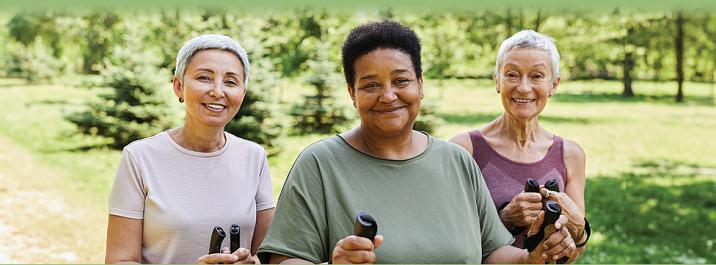
LOOKING FOR: Adults, ages 50+
(females must be post-menopausal)
Systolic (top number)
blood pressure 115mmHg+
Willing to exercise up to 25 minutes per day, 6 days a week, for 3 months

Participants Will Receive:
EXAM BY PHYSICIAN
COMPLETE BLOOD PANEL: BLOOD SUGAR & CHOLESTEROL
BODY COMPOSITION (PERCENT BODY FAT)

BLOOD PRESSURE SCREENING
PHYSICAL FITNESS EVALUATION (HEART HEALTH)
BONE MINERAL DENSITY (OSTEOPOROSIS RISK)
You will also receive compensation for your time
Integrative Physiology of Aging Lab at University of Colorado Boulder Main Campus Please email IMSTstudy@colorado.edu or call (303) 492-2485 for more information.
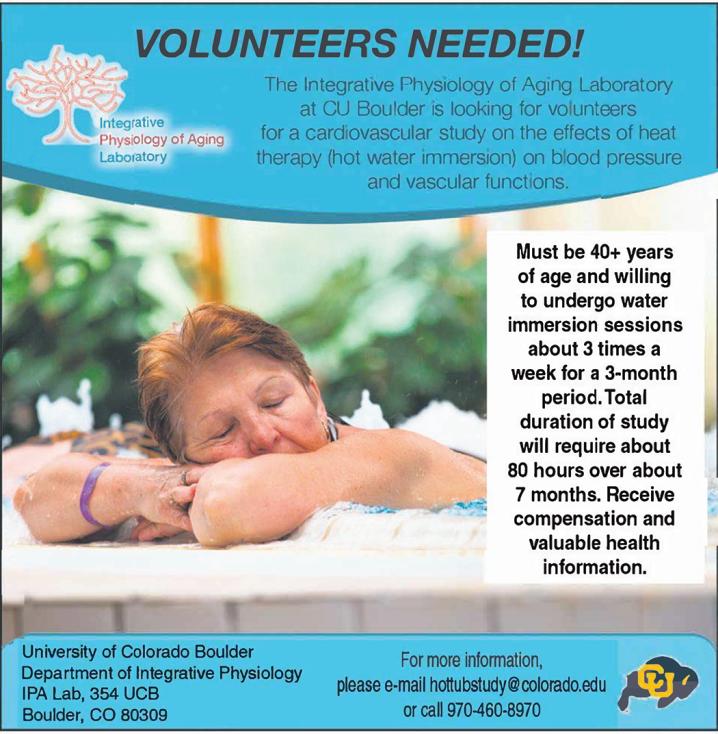



We’re looking for volunteers to participate in a cardiovascular study!

For a study on the physiological effects of mitoquinone (MitoQ), an antioxidant that is attracted to the mitochondria of cells. Must be 60 years or older and willing to undergo three months of supplementation with either MitoQ or a placebo. The total duration of the study will require ~19 hours of your time over 4 months.
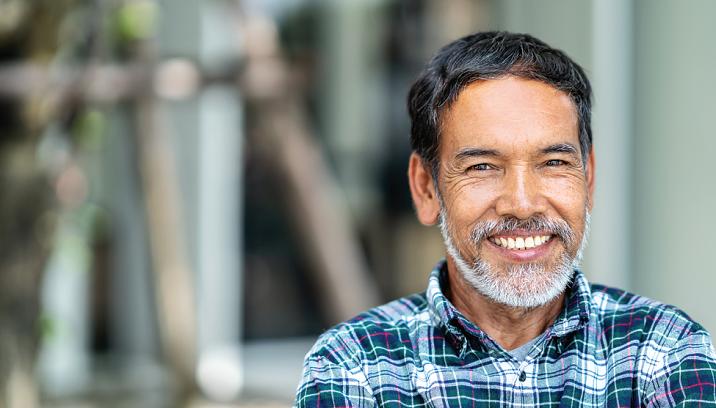
All testing is per formed at the University of Colorado Boulder main campus. There is monetar y compensation for your time.
For more information, contact the Integrative Physiology of Aging Lab at the University of Colorado Boulder at (303) 735-6410 or email MitoQStudy@colorado.edu
The Integrati ve Physiology of Aging (IPA) Lab at CU Boulder studies the effects of lifestyle and nutraceutical interventions on slowing or rever sing the declines in blood vessel, physical, and brain function that can occur with age. The IPA Lab is currently recruiting volunteer s for several ongoing studies. Participants recei ve health information generated from the study and compensation for time and travel.


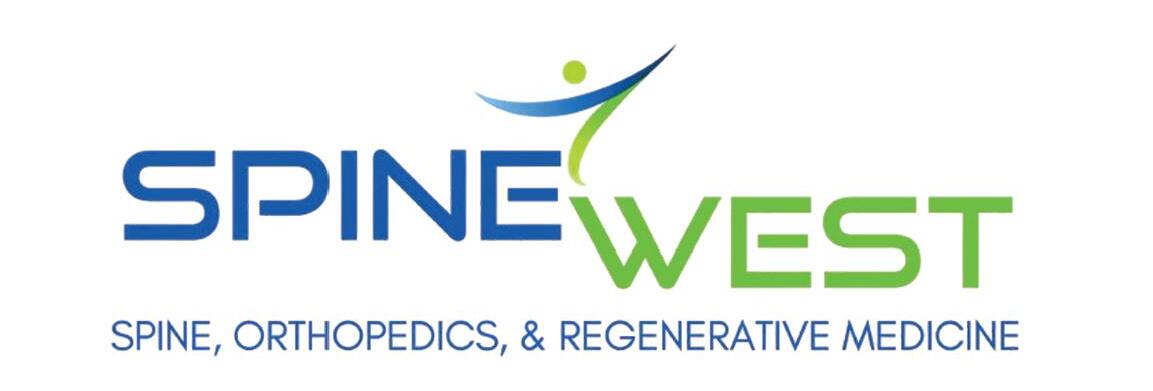
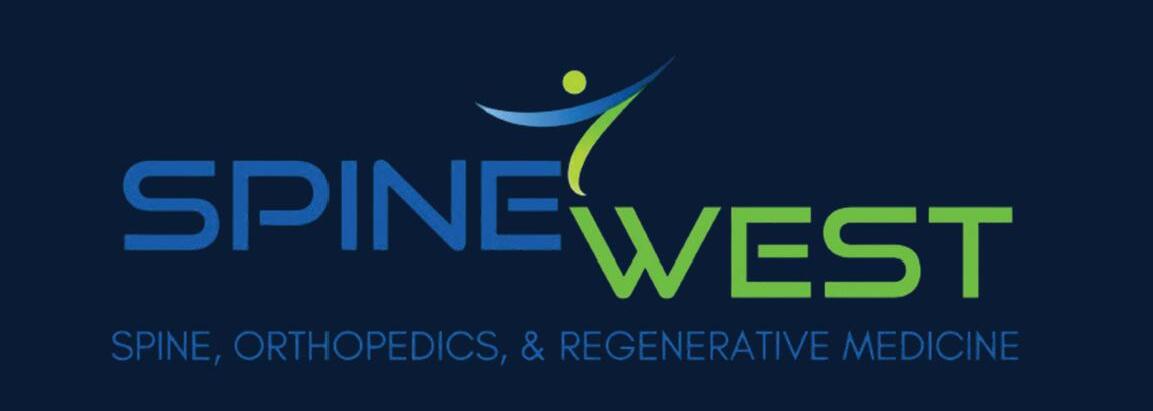
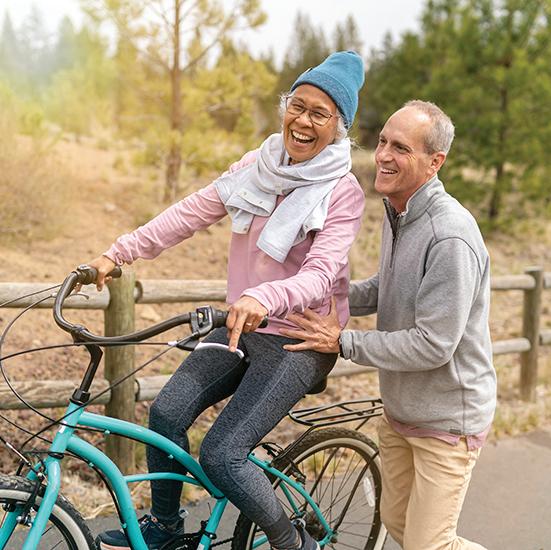

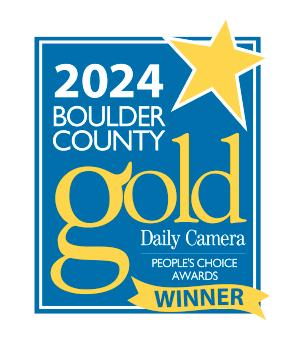


How modern devices are


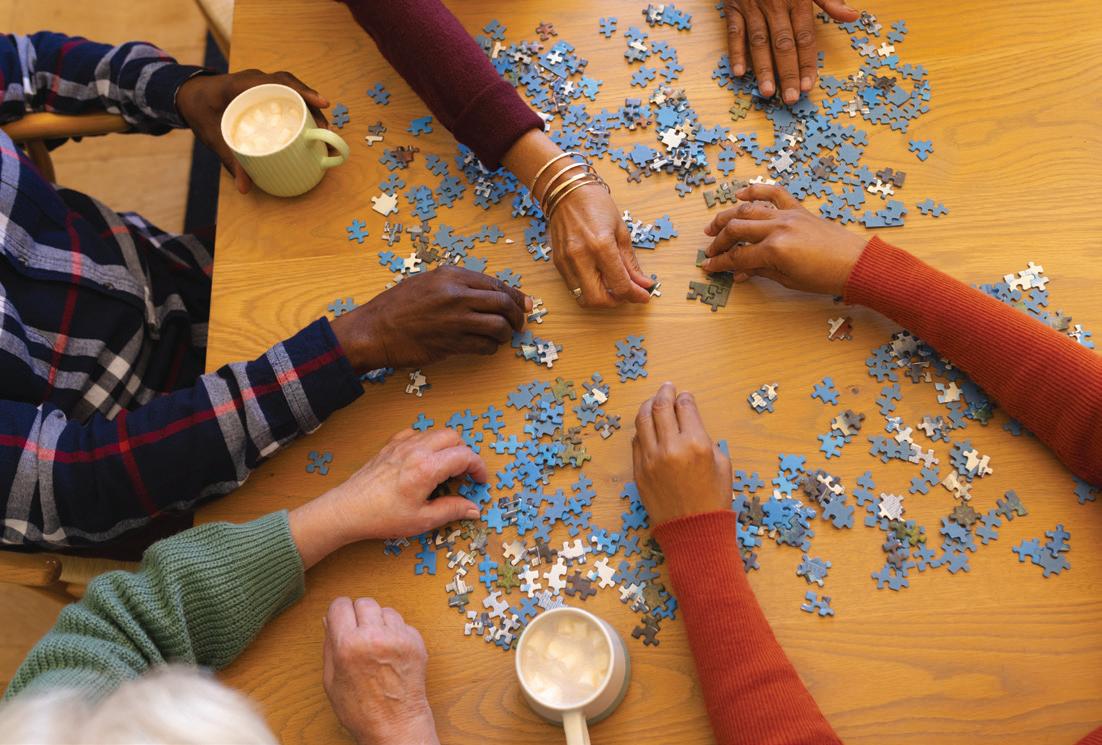
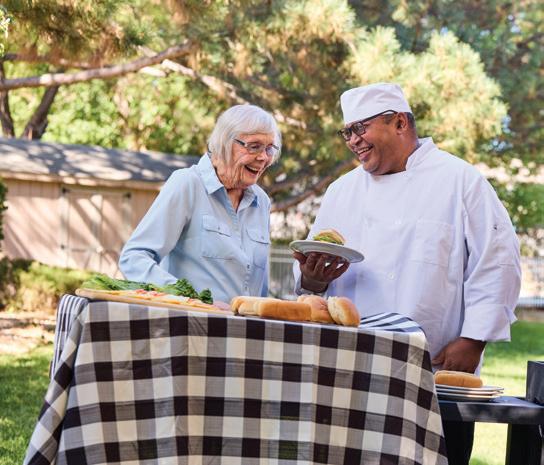


CONTRIBUTING WRITERS
Linda Thorsen Bond, Gabe Bodner Barbra Cohn, Matthew Van Deventer, Duane Duggan, Rebecca Furuta, Adam Goldstein, Sarah Huber, Courtney Johnson, Julie Kailus, Ross Maak, Wendy McMillan, Darren Thornberry, Kristen M White, Shelley Widhalm, Amy Van Vranken
EDITOR/SECTION COORDINATOR
Greg Stone ADVERTISING


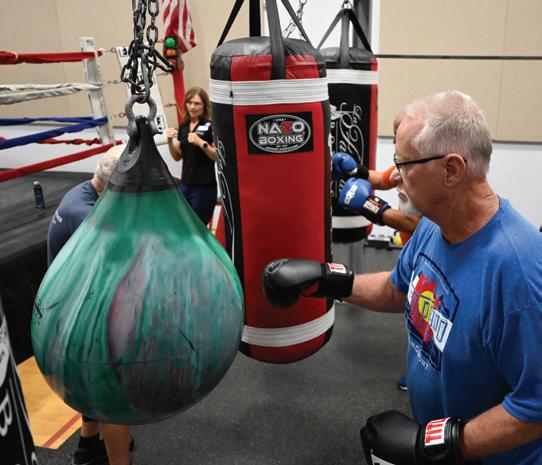
Julie Casper, Pete Christiansen, Ruth Garfield, Susan Giglio, Thais Hafer, Jim Koppel, Keith Kratochvil, Abbie Lance, Sara Luttes, Billy Magrini, Toni McNeil, Desirea Martinez, Jeri Martinez, Melissa Morris, Dale Sekuler, Francine Wahlgren RETAIL
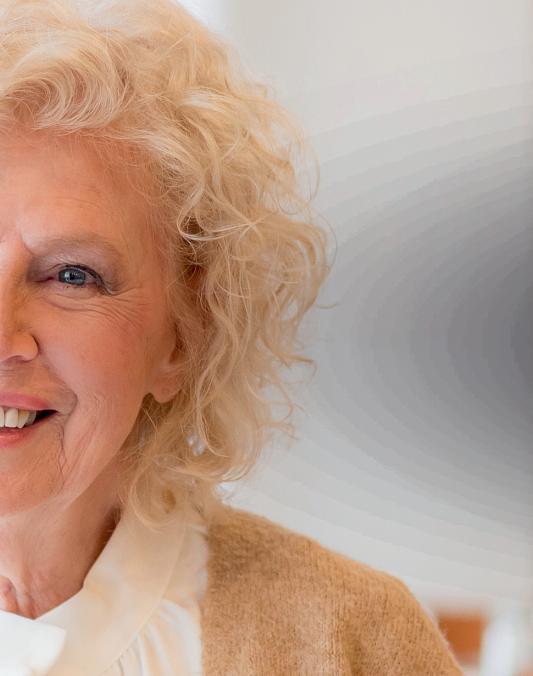

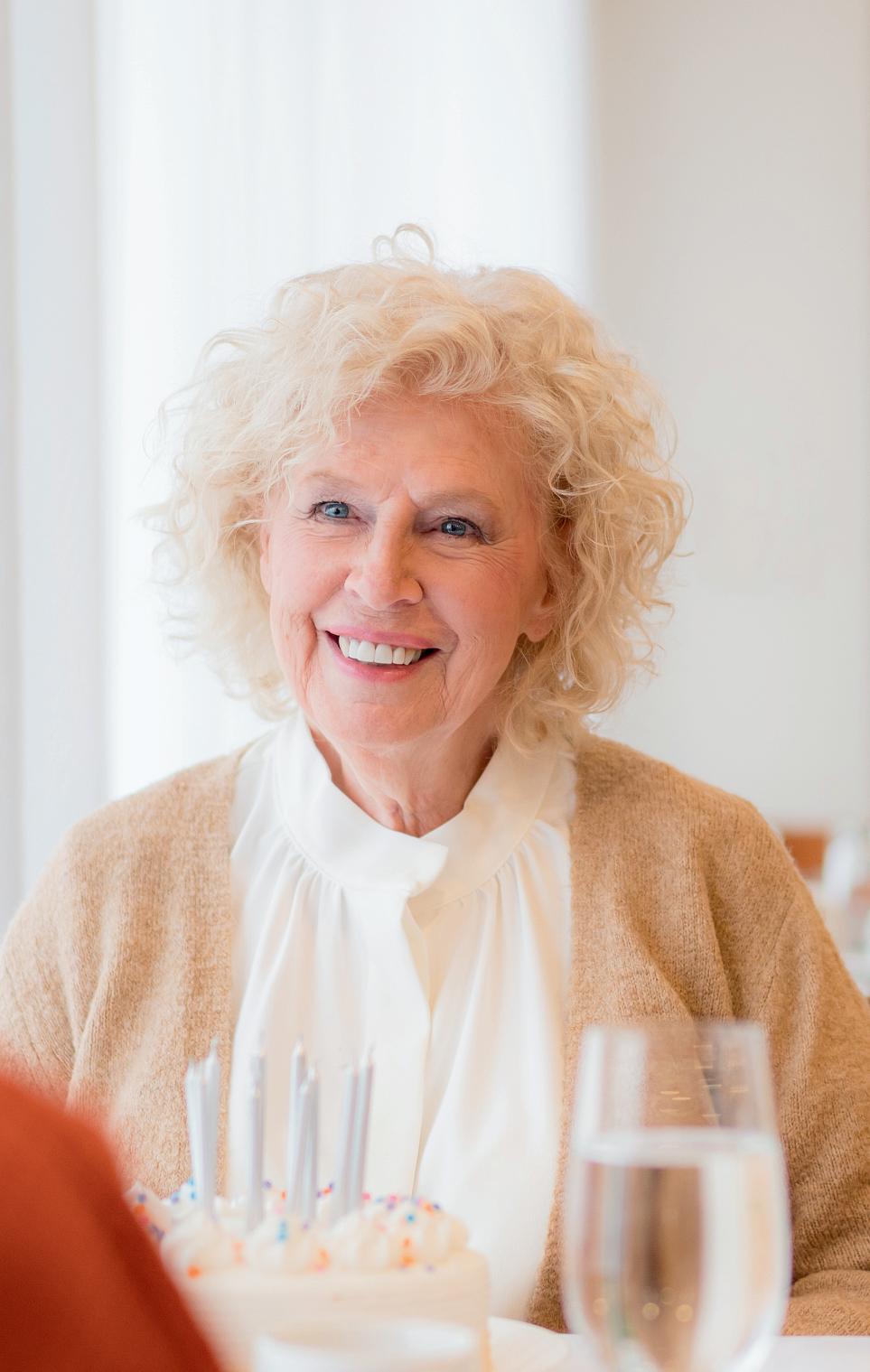







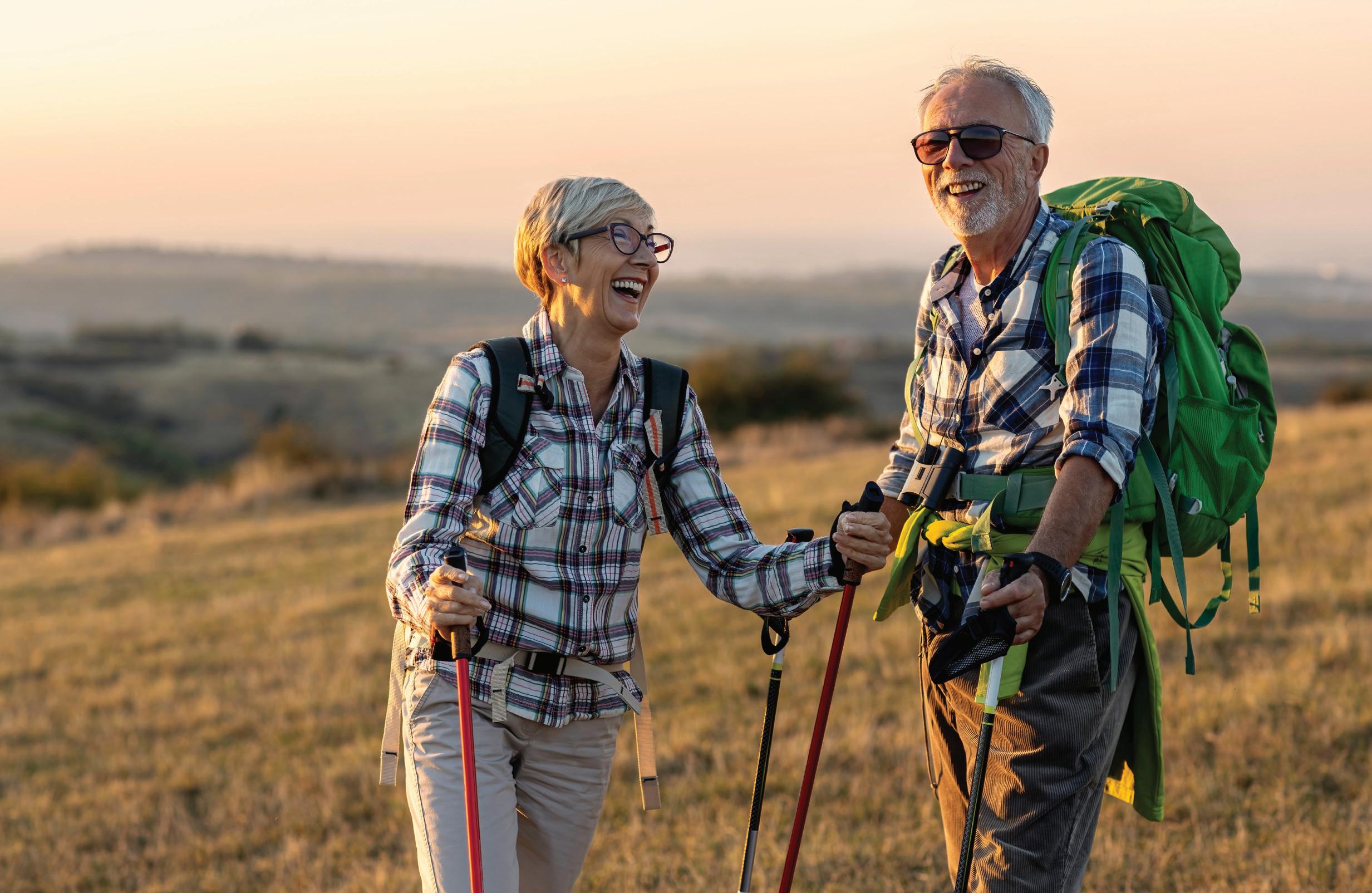

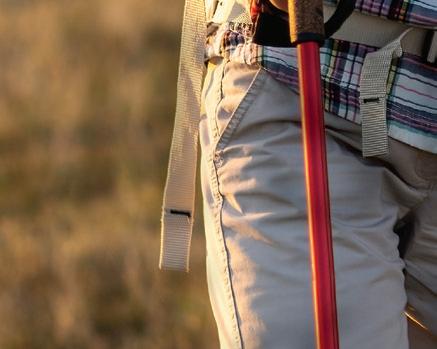
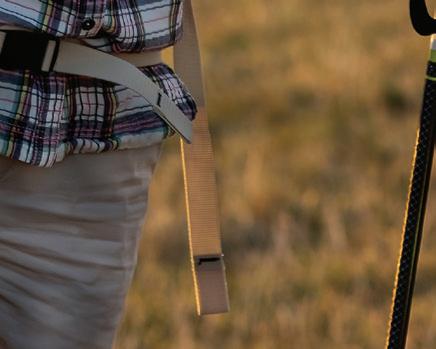
By Courtney Johnson for Aging at Altitude
Small daily habits can be critical to maintaining a longer, healthier and active lifestyle as the body ages. While modern medicine has done miracles to reduce the side effects of growing older, minor steps can have a major impact on your body’s overall well-being as it ages. “Small daily habits—like exercising, socializing, eating well and engaging the brain—have a significant impact over time,” said Dr. Samuel Jacobowitz, MD, practicing at Family Medicine of Erie and Louisville. “These are the things that
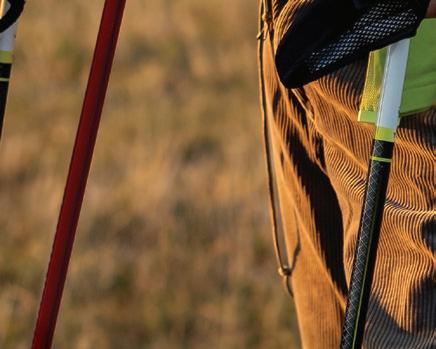

affect the trajectory of a person’s health and quality of life. Small steps, when done consistently, can make a big difference.”
These are some easy-toimplement ideas to help the body maintain itself as you get older
One of the best things aging adults can do to sharpen the mind is to learn new skills and do activities that keep the brain active. From helping with focus to sharpening problem-solving skills, these hobbies support the
brain as it goes through changes. “Engaging in activities that develop new pathways in the brain helps keep cognitive function sharp,” said Jacobowitz. “It’s also important that new skills aren’t too far removed from what someone already enjoys—this makes them more likely to stick with it.”
Being active in the community as you age can increase satisfaction in daily life and cognitive health. Learning a new skill or hobby can also lead to more opportunities to develop friendships or maintain ones already established. “Socialization helps keep the
brain engaged because you’re actively listening, responding, and forming connections,” said Jacobowitz.
Sharing memories, creating new memories and bringing a smile to one’s face can have long-lasting positive outcomes. “When you do so, it improves the quality of life and promotes mental health,” said Lauren Bryan, practice manager at Sky Health Services. “Enjoying a good laugh with others releases feel-good chemicals in the body that are needed for everyone.”
Nutrition and hydration become even more important as the body ages. Age-related

changes in the body make it essential to drink enough water and eat the best foods to prevent dehydration, malnutrition and other health issues from developing.
Hydration is key to keeping the body running properly. “Ensuring you are always well hydrated helps prevent some medical conditions, like warding off colds and viruses, but it also improves overall physical and mental health,” said Bryan.
Proper nutrition has tremendous health benefits, from maintaining muscle mass to aiding in digestion. “Focusing on what and how much you put in your body keeps you feeling your best,” said Bryan.
whether that’s walking, doing cardio or strength training.
Jacobowitz recommends finding enjoyable exercise routines to make them sustainable. “Posture and movement also play a role in overall health, so staying active throughout the day is key.”
Sleep needs vary from person to person, but having an established night-time routine to wind down is a small, sustainable step to ensuring a good night’s rest. “An evening routine is optimal for the highest quality of sleep,” said Bryan.
• Decluttering and organizing
• Implementing sustainable storage
• Pre-move prep, packing and unpacking
• House/pet sitting
• Personal assistant tasks
• Meal planning
To enhance immunity, reduce the risk of disease and help maintain bone health, getting plenty of Vitamin D, fresh air and moving the body should be a daily must-do. “Anything that’s good for the heart is good for the brain. That includes eating well and exercising regularly,” said Jacobowitz. “I encourage people to move every day—
“Screens—like TVs, phones, and tablets—disrupt melatonin production, which is the brain’s natural sleep hormones,” said Jacobowitz. “These devices trick the brain into thinking it’s still daytime.”
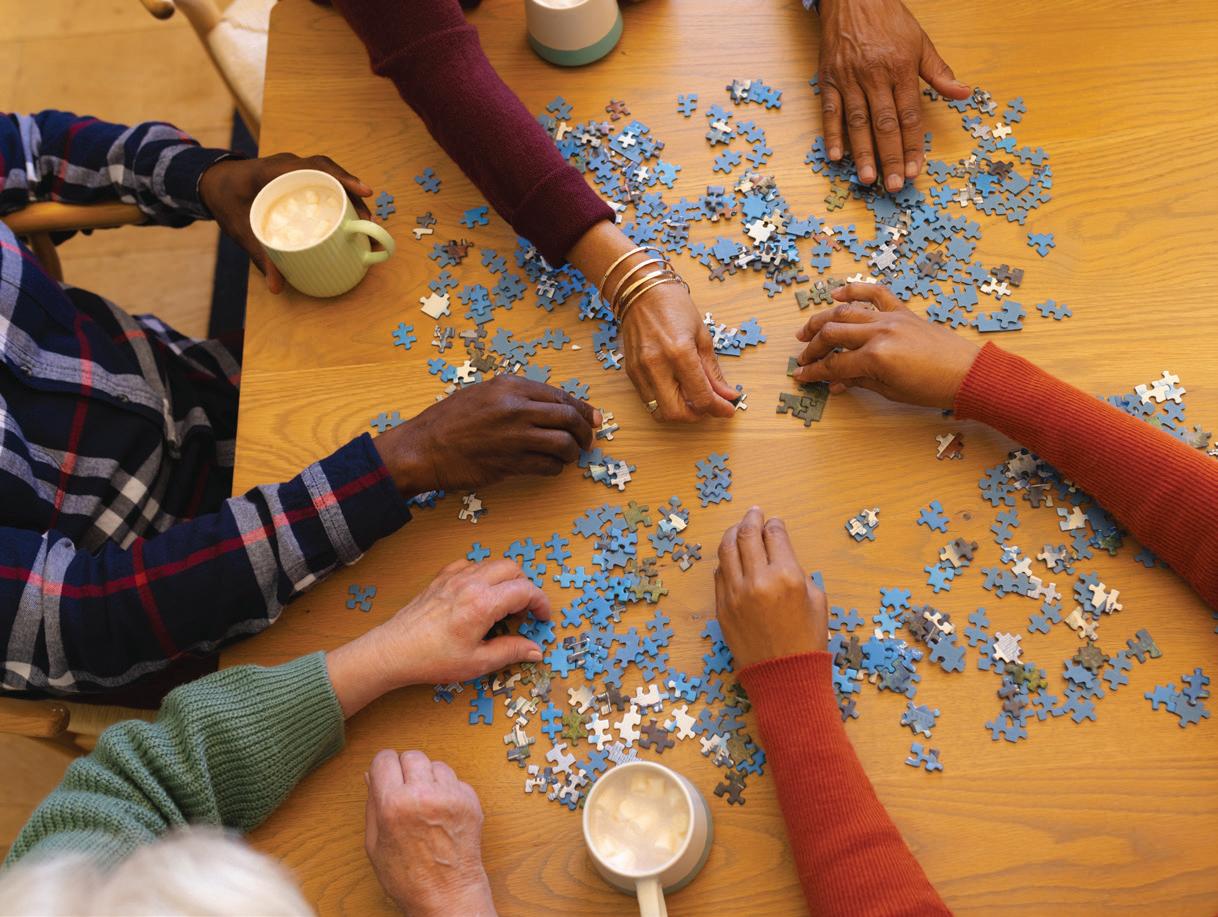
Instead, engage in activities that calm the body, from light stretching and meditation to reading or listening to ambient music. “If you wake throughout the night, these activities may help you to fall back to sleep faster,” recommended Bryan.

•
•
•
•


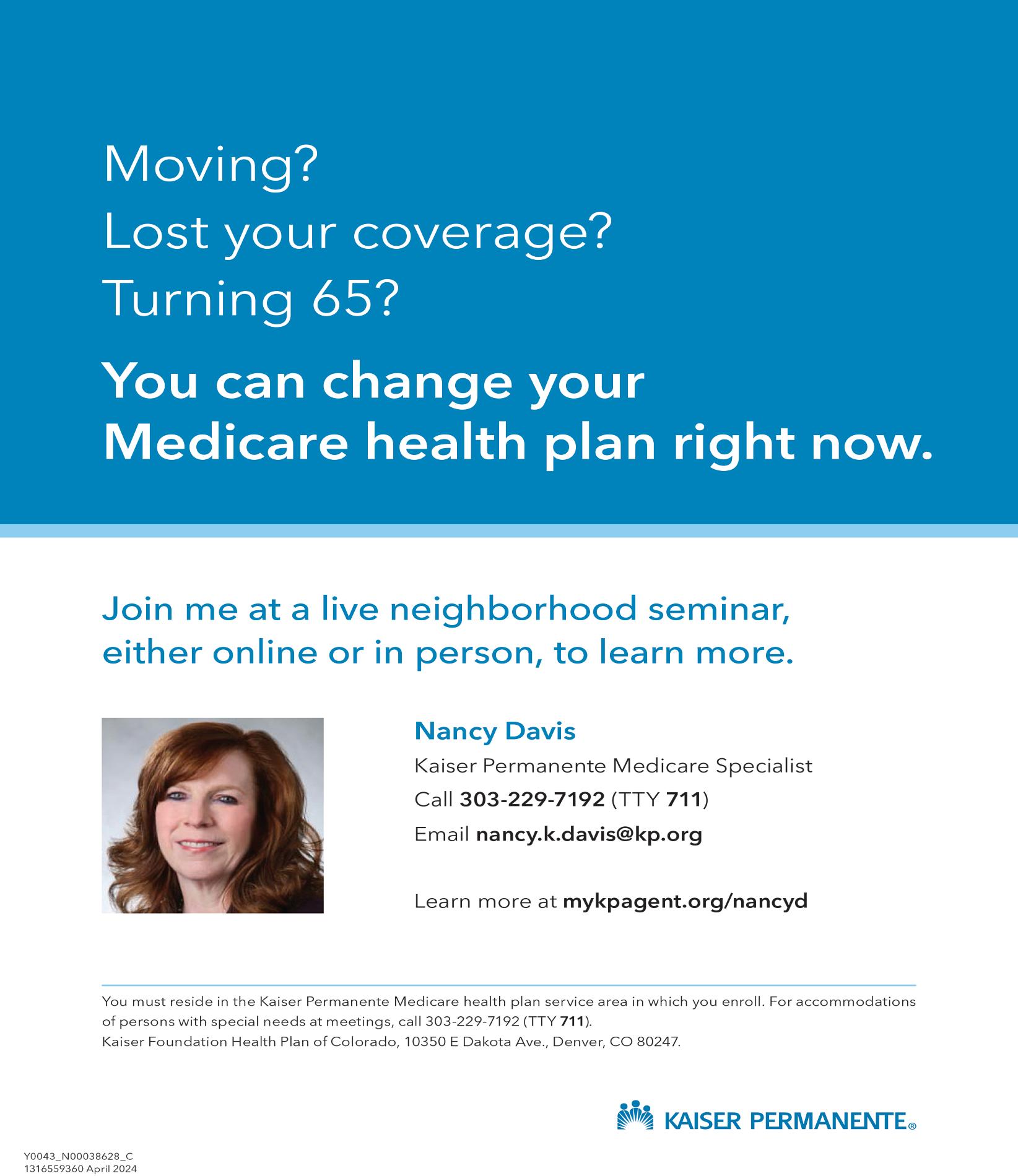
By Amy Van Vranken for Aging at Altitude
Although falls can happen at any age, one in four Americans over the age of 65 falls each year Falling can be fatal for older adults. According to Dr. Cliff Gronseth at Spine West, falling is one of the leading causes of death in people over age of 65. “Almost 80% of deaths from falls in the elderly are from head injuries and hip fractures,” adds Dr. Gronseth, “and these injuries are oftentimes preventable.”
Even when an injury isn’t fatal, it often leads to a long-term loss of independence, social isolation and increased fragility But falling doesn’t have to be a normal part of aging. Taking action now can help you stay active and independent for years to come.
Fall prevention starts with some simple daily habits that can maintain orthopedic health. Maintain a healthy diet, paying special attention to calcium and vitamin D to help build strong bones that resist fractures. Instead of trying to completely overhaul your diet overnight or relying on supplements that can sometimes do more harm than good, it can be more effective to work on gradually adding nutritious foods to your daily meals If you aren’t sure where to start, ask your doctor or a dietician. Talk to your doctor about starting an exercise routine if you don’t already have one. Inactivity leads to a decrease in strength and balance as well as bone loss. Find a routine that works for you! Stretching and warming up are more important now, and weight-bearing exercise builds bone mass. Even if you already have some orthopedic problems, walking, swimming
and biking can still be possible. Work on developing balance, strength and flexibility through exercises like yoga or Pilates.
Think about your fashion choices. Dress comfortably, but avoid baggy clothing that can catch on your surroundings. Choose supportive shoes that fit well and have non-slip soles. Don’t walk around in your socks, and avoid high heels – they can throw off your balance and increase your risk of back and knee pain.
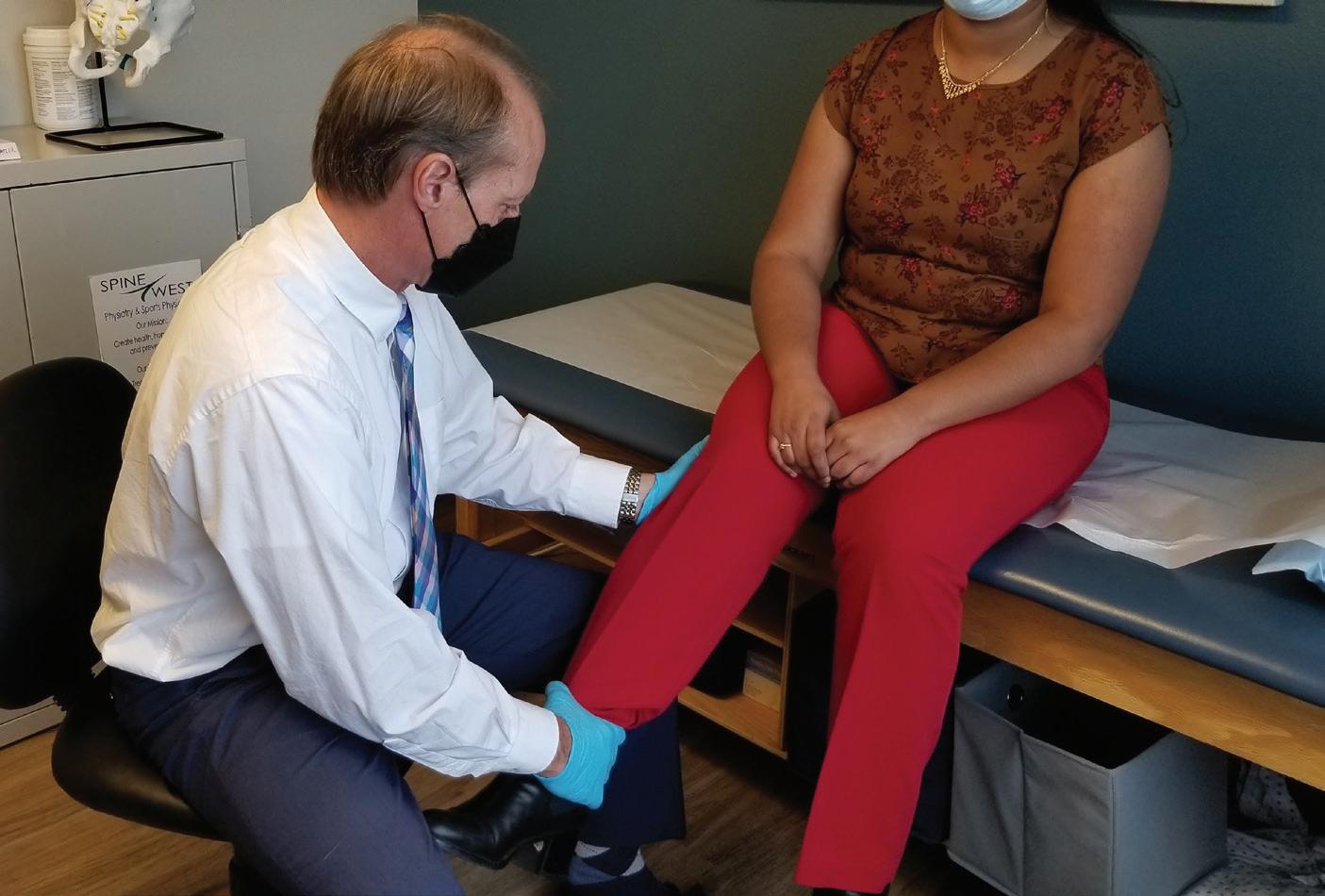
Your doctor is an important partner in helping you maintain orthopedic health and prevent falls. Get a yearly checkup and ask a qualified doctor about your personal fall risk. At Spine West, you can consult a doctor in physiatry, a medical specialty that has expertise in bone, muscle and nerve health with a focus on the whole person. Dr Gronseth recommends a fall risk evaluation at age 65 or 70 to create a personalized home program to maintain function and avoid future injury
“Almost 80% of deaths from falls in the elderly are from head injuries and hip fractures – and these injuries are oftentimes preventable.”
Also, consider bone density testing, especially if you’ve already experienced a fracture. Carefully follow all instructions for your prescribed medications and be aware of side effects such as drowsiness or impaired balance. Even your vision and hearing can seriously affect your fall risk, so be sure to have those checked annually and keep your glasses and hearing aids up to date. Finally, be aware that nicotine decreases bone health; alcohol and other substances such as marijuana impair judgment and coordination. Most falls happen at home, but many older adults have lived in their homes for years without considering simple changes that could make their environment safer
Here are a few key changes to make.
• Remove tripping hazards such as clutter, electrical cords and loose rugs.
• Increase lighting in stairs and hallways and add night lights on the way to the bathroom.
• Keep a flashlight next to your bed for power outages. Consider living on one level, or make sure stairs are safe and have handrails on both sides.
• Install grab bars in the shower/bath and near the toilet.
• When you’re home, take care not to change positions too quickly Something as simple as pausing when standing up or heading up or downstairs can make all the difference.

Local experts share cutting-edge strategies for staying active, strong and pain-free at any age
FROM LOOSE BABY TEETH TO THE HORMONAL THROWS OF PUBERTY TO THE FIRST STRAND OF GRAY HAIR, THE HUMAN BODY TRANSFORMS AS IT AGES.
By Rebecca Furuta for Aging at Altitude
For older adults, aging often comes with new aches and pains. With all the symptoms that can accompany age,
it begs the question: How can older adults stay active and maintain mobility?
“Aging involves the accumulation of damage,” explains Dr Alexander Duff, DC at Terry Chiropractic in Boulder “Spinal misalignments can cause everything from pain to poor balance and coordination, and a lot of times older people stop feeling confident about doing things they once loved.”
Dr Duff believes that aches and pains don’t have to be a fundamental part of aging. When he first meets with his patients, he listens to their primary concerns and talks
about what they want to get out of treatment. He then gently and precisely removes spinal misalignments that can impede nerve communication and reduce overall health.
Duff is a third-generation chiropractor who practices alongside his mother, Dr Natalie Lyle, DC. Both Duff and Lyle practice Chiropractic BioPhysics, an advanced technique that specifically focuses on posture correction and spinal decompression. This method uses targeted adjustments based on a thorough analysis of an individual’s posture and spinal alignment.
“Our approach emphasizes pinpointing and correcting the cause of the problem rather than simply treating the symptoms,” says Duff. “It’s never too late to fix your health,” he says.
Healthy aging isn’t just about fixing damage, though. Getting older brings various physical, emotional and cognitive changes, and while modern medicine has extended life expectancy, many are turning to holistic practices like acupuncture to support a healthier aging process.
Erika F Marie is the founder of Chiyu Acupuncture and Integrative Medicine in
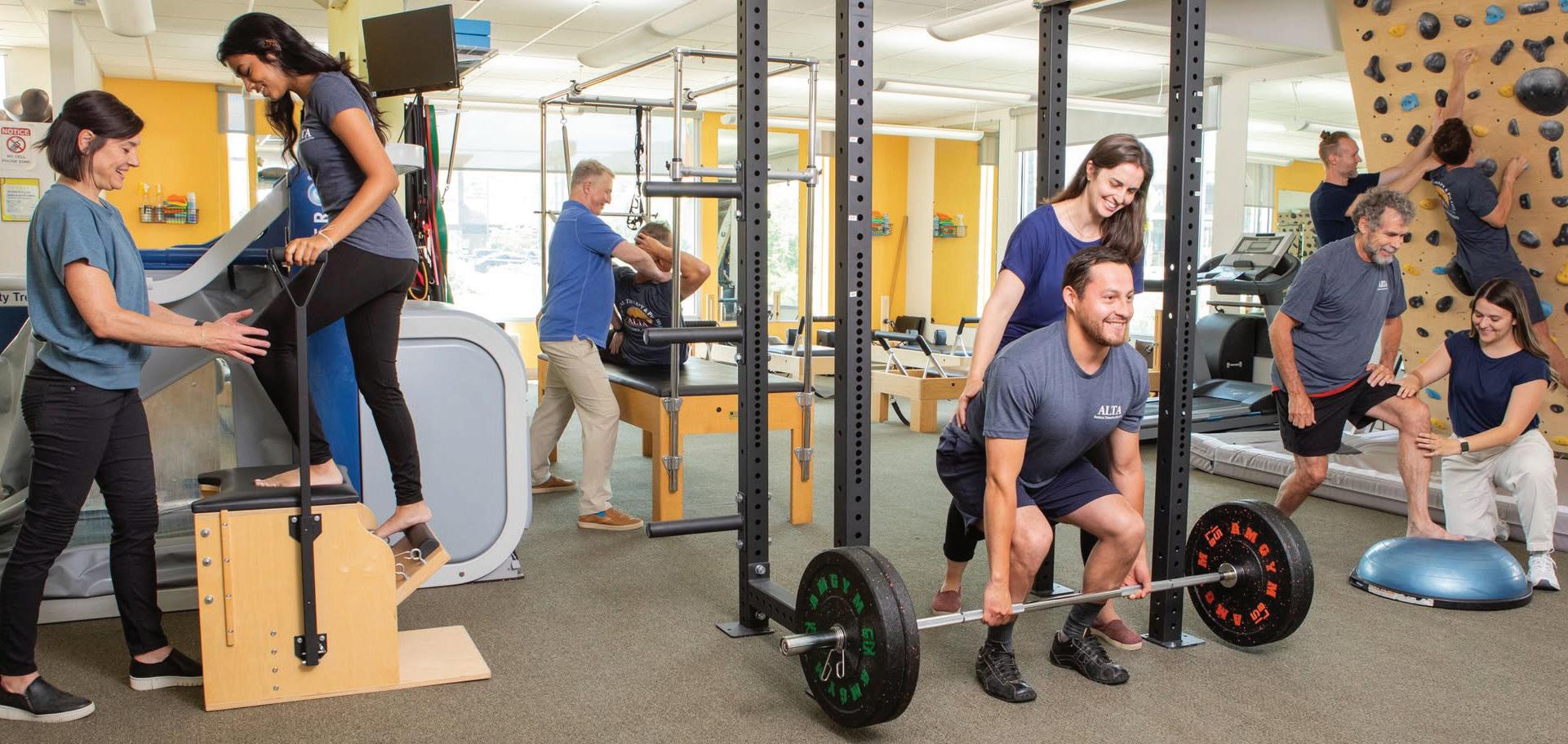
“A lot of the balance and mobility challenges facing older adults is because they have lost strength. As muscles and joints age, they lose strength and stability.”
Longmont and uses a variety of strategies to help slow down the aging process and help people feel better at every stage of life.
“Our cells communicate via neurochemical and electrical signaling,” explains Marie. “Whether you just want to maintain your existing health or are recovering from surgery, treating neurological conditions, suffering from arthritis or any pain-related conditions, we can find a way to help, and we can do that at every point in your life.”
Ashley Waggoner, a doctor of physical therapy and one of the owners of Alta Physical Therapy and Pilates in Boulder, agrees that people can manage pain and improve mobility at every stage of life. She knows all about the importance of addressing underlying issues in aging adults.
“A lot of the balance and mobility challenges facing older adults is because they have lost strength,” says Waggoner. As muscles and joints age, they lose strength and stability. This
can make even once normal tasks like sitting, standing or balancing more difficult.
Alta Physical Therapy and Pilates is experienced in working with older adults. About 60% of their patient base has Medicare. Many of those patients come in with acute injuries or following surgical interventions. Others are looking to alleviate chronic aches and pains. Some just want to improve joint mobility and continue participating in activities they love. Waggoner sees them all.
“I think it’s great to keep people moving, whatever their goals might be,” she says.
Waggoner loves working with adults over 60 because small changes can equal big gains. “We can make so many impacts with these really tiny tweaks. It’s just amazing what kind of progress you can see in a short time,” she says.
Alta Physical Therapy and Pilates also offers Pilates classes to the public. Aimed at all levels of ability, the classes provide yet another approach
give you the most benefits with less time and effort, and we’re going to do that in a way that induces less pain and soreness,” he explains.
OsteoStrong’s system is called osteogenic loading, which is the process of stimulating bone growth. The equipment targets different body areas, enabling “growth trigger events” through simulated force pressure. A certified instructor guides clients through the various machines, helping to ensure that each exercise is performed for maximum gains. The entire circuit takes about 10 to 15 minutes.
“People don’t think about their bone density until there’s a problem,” says Danyew.
to functional fitness.
If exercise appeals to you as a way to slow down the impacts of aging, OsteoStrong offers another unique approach to wellness.
OsteoStrong in East Boulder uses a series of specialized machines that look a bit like the traditional weights you might find at any gym, but OsteoStrong uses your own body weight to load the skeletal system in specific ways. This stimulates bone growth and strength gain, which can help improve posture, overall strength, agility and balance.
Ryan Danyew is an owner of OsteoStrong’s Boulder location.
He sees the program’s real benefit in terms of the time commitment required to get results.
“A lot of people do strength training, but our method is going to
“We know that people are at a greater risk for fractures as they age, and osteoporosis is obviously a major concern. This can help build bone density while increasing balance, strength, mobility and agility,” he explains.
Aging isn’t just about bones and muscles, though. At the cellular level, aging involves a progressive decline in the function and viability of life’s
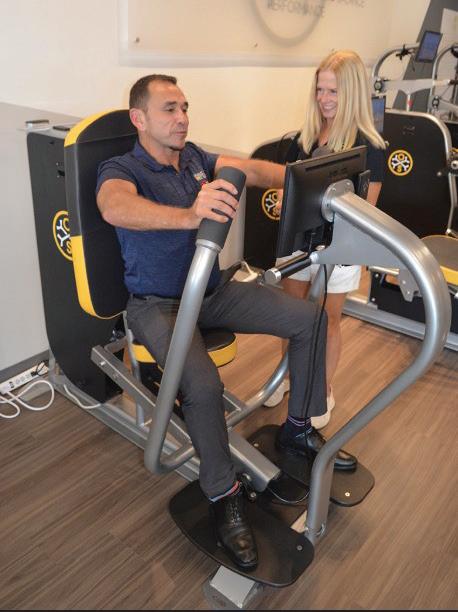
Unlocking skeletal strength with the Upper Growth Trigger! This powerful equipment helps improve bone density, posture and overall strength in just minutes a week. (Photo Courtesy:
building blocks. Those same cells are also being targeted for new approaches to anti-aging treatments.
Nuvo Medical Associates specializes in stem cell therapies to reduce inflammation and pain and stimulate collagen growth for cosmetic purposes.
“Stem cell therapy provides a non-invasive treatment option for people suffering from various forms of arthritis and can modulate symptoms and potentially prolong the need for joint replacement surgery,” explains Don Walford, founder and CEO of Nuvo Associates and the director of research and development for the clinic.
Nuvo Medical Associates provides safe and high-quality stem cell infusions alongside other treatment options, like platelet-rich plasma therapy (PRP). PRP is a concentration of one type of blood cell (platelets), which is critical for blood clotting. This concentration is injected into an injured or diseased part of a person’s body to accelerate the healing of damaged tendons, ligaments, muscles, bones and joints.
Nuvo Medical Associates have novel uses for PRP to address concerns related to aging. “People who are interested in slowing down the signs of aging are really fascinated by the use of PRP facially,” explains Walford. “PRP works from within to stimulate collagen growth over time. It’s arguably better than Botox. The results take more time to show up, but the treatment lasts longer, and you don’t have the same issues you might run into with fillers.”
Dr. Cliff Gronseth at Spine West is an expert in the area of PRP Dr Gronseth is a managing partner of Spine West, which specializes in spine, orthopedic and regenerative medicine.
“PRP injections are used primarily for soft tissue injuries,” explains Gronseth. “The side effects of PRP injections are very limited because the injections are
created from your own blood, and your body shouldn’t reject them or react in any negative way.”
Spine West does a lot more than just PRP They use a variety of strategies to help patients find relief from acute injuries and chronic pain conditions. For example, patients suffering from the debilitating effects of diabetic peripheral neuropathy can find relief from a spinal cord stimulator, which is not unlike a pacemaker for the spine.
Gronseth underscores the importance of finding providers who provide safe, researchbacked care from a trusted provider
“We treat a range of conditions, and we do it in a very conscientious way when it comes to outcomes and people’s wallets,” says Gronseth “There’s a lot of hype out there, but we’re founded on trust. We’ve been doing regenerative medicine in Boulder longer than anyone else, and it’s because we really put the needs of the individual first.”
Sometimes, aging patients face conditions that require a higher level of care or specialized treatments that can only be provided in a rehabilitation center. Northern Colorado Rehabilitation Hospital can help patients with post-operative limitations or those dealing with disabling conditions to recover as quickly and safely as possible.
The facility in Johnstown has been recognized by independent reviewers as a top hospital for patient-centered, effective treatment. Northern Colorado Rehabilitation Hospital offers inpatient and outpatient individualized treatment plans involving speech, occupational and physical therapy and other expert care.
“There are so many ways to take charge of your health and not let your age stop you,” says Marie. “Your best life can happen at any time.”
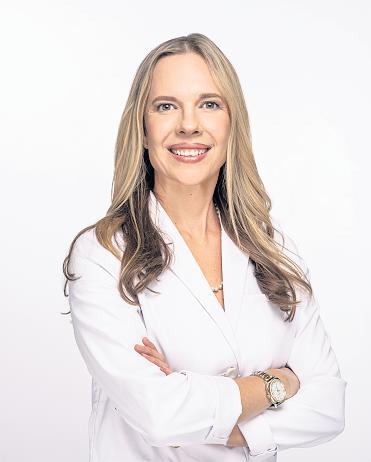
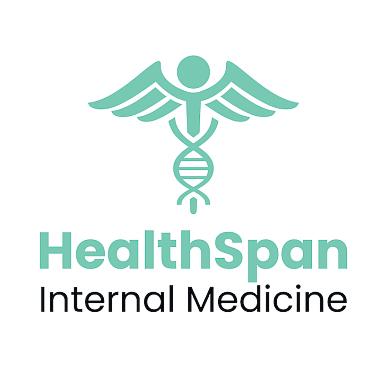


































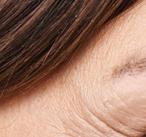
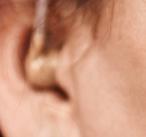
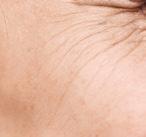

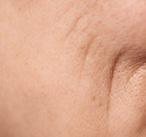
















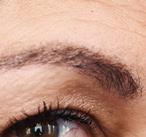
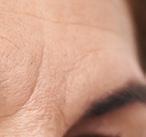




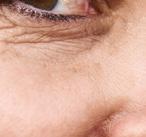























How modern devices are shattering stigmas and opening up opportunities worth shouting about
“Better hearing keeps us engaged, social and mentally sharp at any age.”
By Wendy McMillan for Aging at Altitude
Say what? If you haven’t heard the news already, let this resonate loud and clear: hearing aids are cool.
Back in the day, hearing aids were seen as unsightly: large, awkward, conspicuous devices that came in unflattering colors and were prone to interference. Today’s devices are often so tiny that unless people know you’re wearing one, they aren’t apt to ever notice them. Sound quality has progressed by leaps and bounds; some even come with smart capabilities, including Bluetooth and the use of AI. Without question, such advances go a long way in enhancing the wearer’s experience; they are also hardily chipping away at age-old stigmas surrounding
hearing loss, the significance of which cannot be overstated.
Working with a hearing-care provider can have enormous, proactive, positive impacts on your health. You can establish a baseline, monitor annually for changes, choose the right tools for you as needed and more. We talked with Family Hearing’s Dr Paige Andrade about the latest innovations in hearing aids and why they’re so important.
There’s an age-old stigma linking hearing devices with old age, but not only does this harm by discouraging people from seeking the support they need, but the broad picture is much different. Can you share some information on who is impacted and how hearing aids can help people of all ages?
Hearing loss affects all ages, not just older adults. About two to three in 1,000 babies are born with it, and 15% of children ages 6 through 19 have hearing loss. One in six U.S. teens (ages 12 to 19) has noise-induced hearing loss, often from loud music, earbuds and concerts.
Early hearing loss can impact academic performance, social
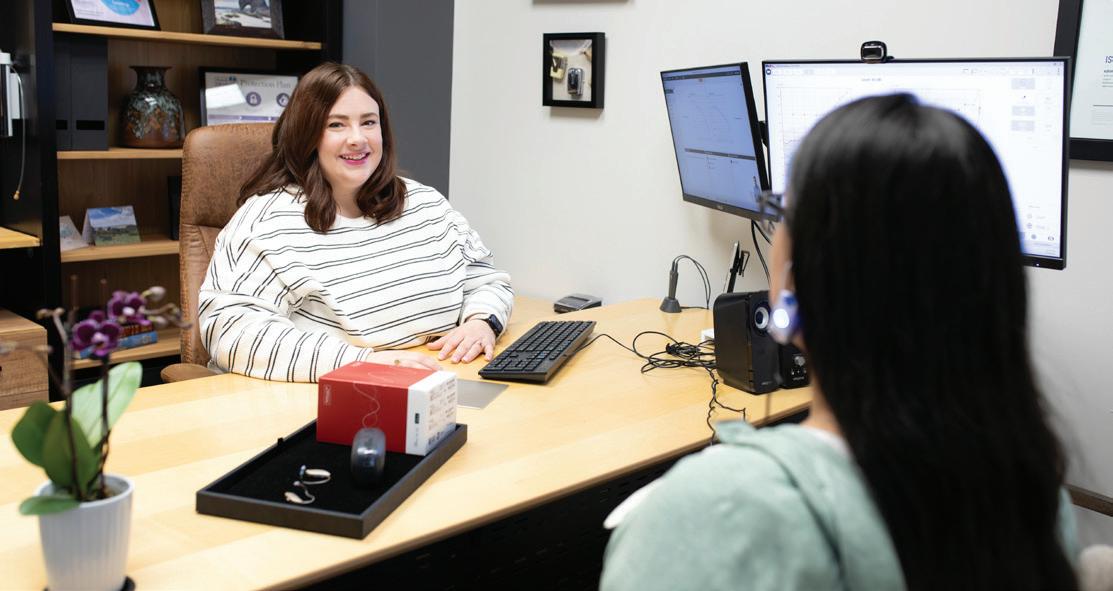
development and mental health. Less than 50% of children who could benefit from hearing devices actually use them, often due to late diagnosis, lack of access or stigma. However, children who receive hearing aids or cochlear implants early (by 6 months of age) show significantly better speech and language outcomes.
Better hearing keeps us engaged, social and mentally sharp at any age. It strengthens relationships, boosts brain health and helps us stay active and independent. Treating hearing loss isn’t about aging— it’s about living fully Hearing aids have come a
long way in aesthetics and comfort. What’s available today, and how are the new, discreet styles possible?
Advancements in digital signal processing, component miniaturization and wireless technology have vastly improved the comfort, ease of use and sound quality of hearing devices. Hearing devices are available in a wide range of styles and sizes. Partner with a best-practice hearing care provider to find the best device for your specific hearing needs.
In the past, hearing aids were associated with substandard sound. How have recent
“Hearing
technological advances ameliorated sound quality?
Advancements in hearing device technology have greatly enhanced sound quality through features like directional microphones, digital signal processing and noise reduction algorithms. These innovations improve speech clarity, reduce background

noise, and eliminate feedback. Furthermore, hearing devices provide more automatic functions, resulting in greater ease of use and improved clarity
What about gains made through Bluetooth connectivity?
Modern hearing devices can now connect directly to smartphones, televisions and other Bluetooth-enabled devices, allowing users to stream calls, music and media directly into their devices. Smartphone apps provide a simpler, more seamless hearing experience by enabling users to
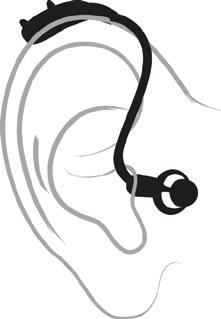
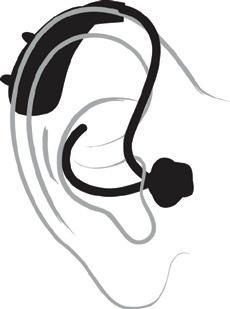
easily adjust settings and access features.
AI is a hot and controversial topic, but one with enormous positive potential that we’re seeing take place with hearing aids. Can you explain the role AI can play in hearing aids?
While AI raises valid concerns, its use in hearing devices has been invaluable. Machine learning enables these devices to deliver clear sound, even in noisy environments, and allows the devices to constantly improve how they process sound. AI is applied to hearing aid chips during manufacturing to optimize

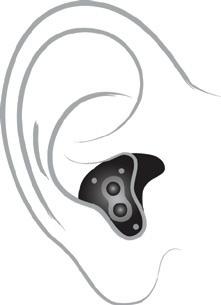
sound processing algorithms before the devices are used, so there is no real-time AI processing occurring in the devices.
To learn more about hearing health and how to optimize your hearing, visit Family Hearing at familyhearingco.com and joining us at the Aging at Altitude Spring Expo on Saturday, April 12.
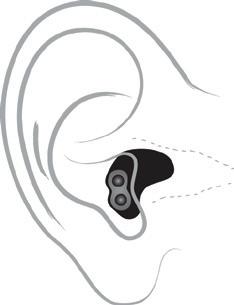
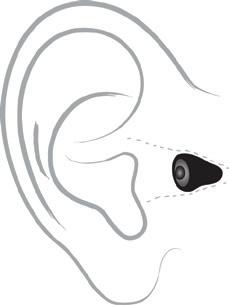





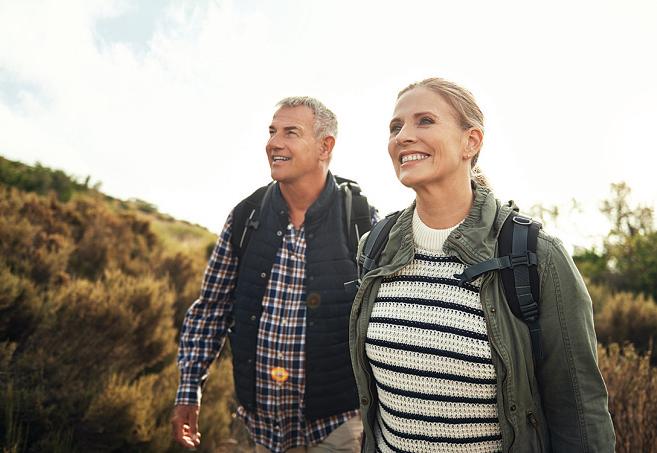

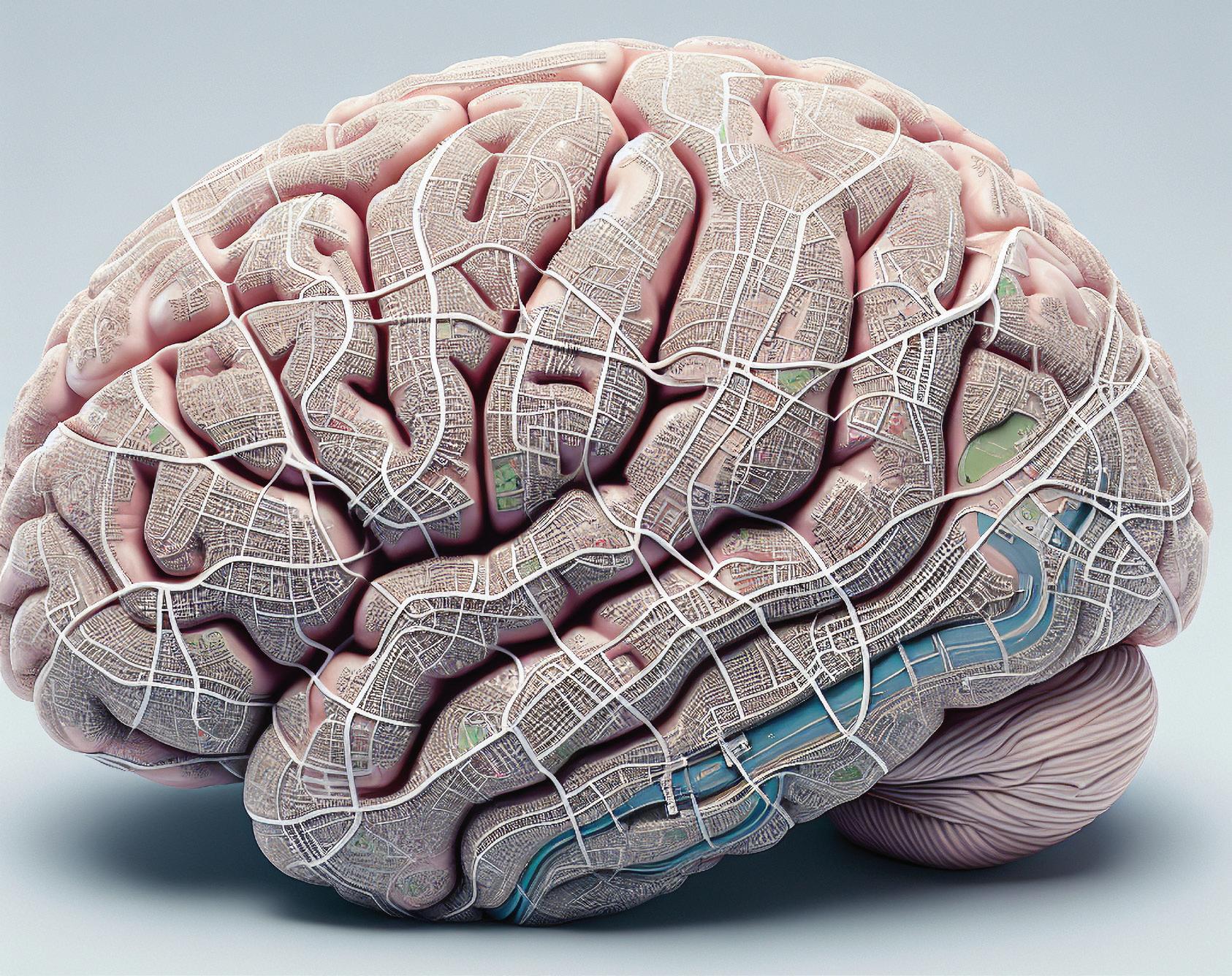
By Barbra Cohn for Aging at Altitude
Addressing mental health, anxiety and depression is more important than ever in today’s tense climate, especially post-COVID. “My main goal is to provide patients with an in-depth, personalized road map so they have some empowerment over their mental and brain health,” says Dr Ilene Naomi Rusk, PhD
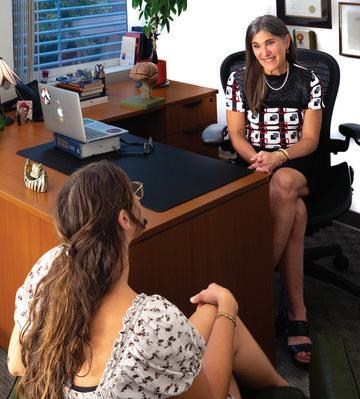
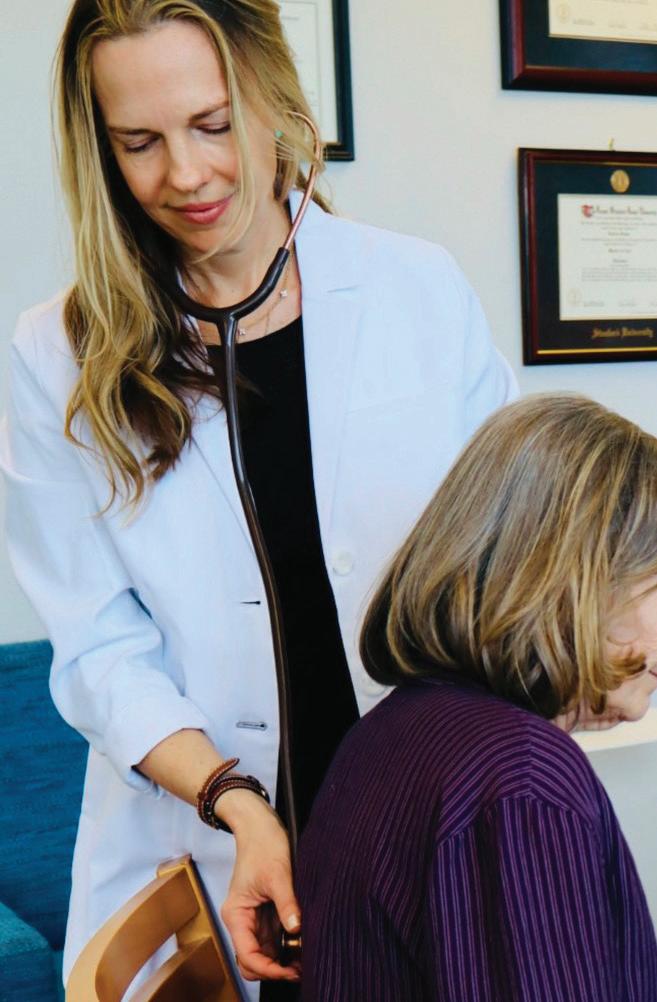
Trained as a neuropsychologist in Canada, Dr. Rusk works as a neurobehavioral consultant, a functional brain health coach and director of The Healthy Brain Program at the Brain and Behavior Clinic in Boulder
Taking a functional medicine approach to look for the root causes of cognitive decline and emotional imbalances, she has 12 pillars of brain health to inspire people to take action to prevent dementia, treat cognitive problems and optimize their joy in aging.
The pillars include: getting a neuropsychological assessment and enhancing neuroplasticity and neurological health with cognitive training, mitigating toxins, supporting nervous system health and optimizing gut, dental, hearing and vision health, to name a few
“Movement is a lifestyle and a main pillar of brain health,” says Dr Rusk. “Exercise increases blood flow and oxygen in the body and brain. Sometimes we get complacent with our old habits, but everyone needs to be moving more than they think they should.”
Although walking is beneficial, Dr. Rusk stresses that it’s not sufficient. “Studies indicate there’s a relationship between muscle strength and cognitive strength, and stronger muscles are linked to a lower risk of MCI and Alzheimer’s,” she says.
Dr. Jessica Knape, M.D., director of HealthSpan Internal Medicine, isn’t just treating symptoms; she’s crafting personalized roadmaps for brain health. This Board Certified Internal Medicine and Integrative Medicine Physician with training in nutrition, mindfulness, yoga and functional medicine dives deep, exploring your metabolic, lifestyle, environmental and even genetic factors to tailor a holistic treatment plan.
Dr Knape says, “I’m fascinated by the connection between the brain and the gut. If there are intestinal issues, they have a direct effect on the brain. Sometimes, brain fog and cognitive issues are caused by absorption issues resulting in low essential vitamins and minerals, which directly affect memory.”
“It’s very important to take brain fog seriously since it’s an HEALTHY AGING
early sign that something is not right,” she says.
“A comprehensive evaluation including detailed labs and a medical history are an important first step. In that evaluation, we pinpoint risk factors, optimize lifestyle and meticulously review medications. A comprehensive medication and supplement review is extremely important since many medications can have serious side effects that can worsen memory and contribute to falls,” she says. In this setting, cognitive evaluations are necessary, and Dr. Knape favors clinical genomic testing for a precision approach to diagnosis and treatment. Dr. Knape utilizes IntellxxDNA to uncover crucial risk factors for Alzheimer’s and vascular dementia. IntellxxDNA not only addresses the APOE variants but also over 600 clinically relevant variants that interact in a unique way for every individual.
Beyond genomics, Dr Knape also investigates gut health. When indicated, stool samples can detect imbalances impairing cognitive function, such as leaky gut, SIBO intestinal overgrowth or gluten sensitivity.
“HealthSpan,” Dr Knape explains, is about more than longevity. “It’s about living vibrantly at any age. Equally important is “BrainSpan,” or the period of life where cognitive function is intact.”
Dr. Knape utilizes a balanced approach in her medical practice, including diet, exercise, sleep optimization, stress management and toxin avoidance. “I want to empower patients towards a brighter, healthier future, ensuring not just a longer life, but a life lived with cognitive vitality.”
Adding to that, Dr Rusk says, “We’re so much richer emotionally in terms of our wisdom as we age; we want to be able to impart that and share it.”
The general public is invited to apply to be a volunteer for an ongoing study at The Integrative Physiology of Aging (IPA) Laboratory at the University of Colorado Boulder, which studies the effects of lifestyle and nutraceutical interventions on slowing or reversing the declines in blood vessel, physical and brain function that can occur with age One of the current studies is investigating whether breathing against resistance (using a special device) can lower blood pressure and improve blood pressure, blood vessels and brain function to a similar extent as aerobic exercise Completing the study will require 23.5 hours throughout the
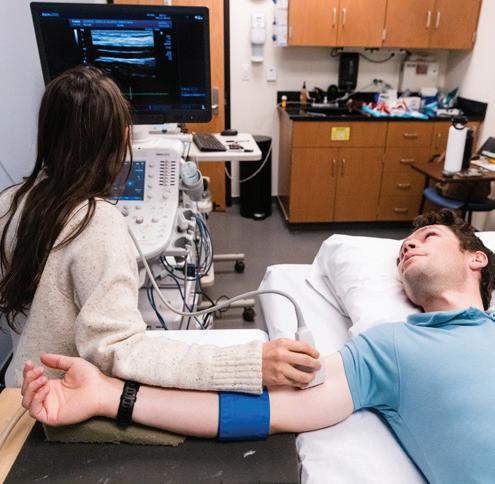
The Integrative Physiology of Aging (IPA) Lab at CU Boulder (Photo courtesy: The Integrative Physiology of Aging Lab).
4- to 5-month study period. Participants receive health information generated from the study and compensation for time and travel. Contact the team at ipalab@colorado edu or 303.735.6410 or visit sealslaboratory.com/ participate
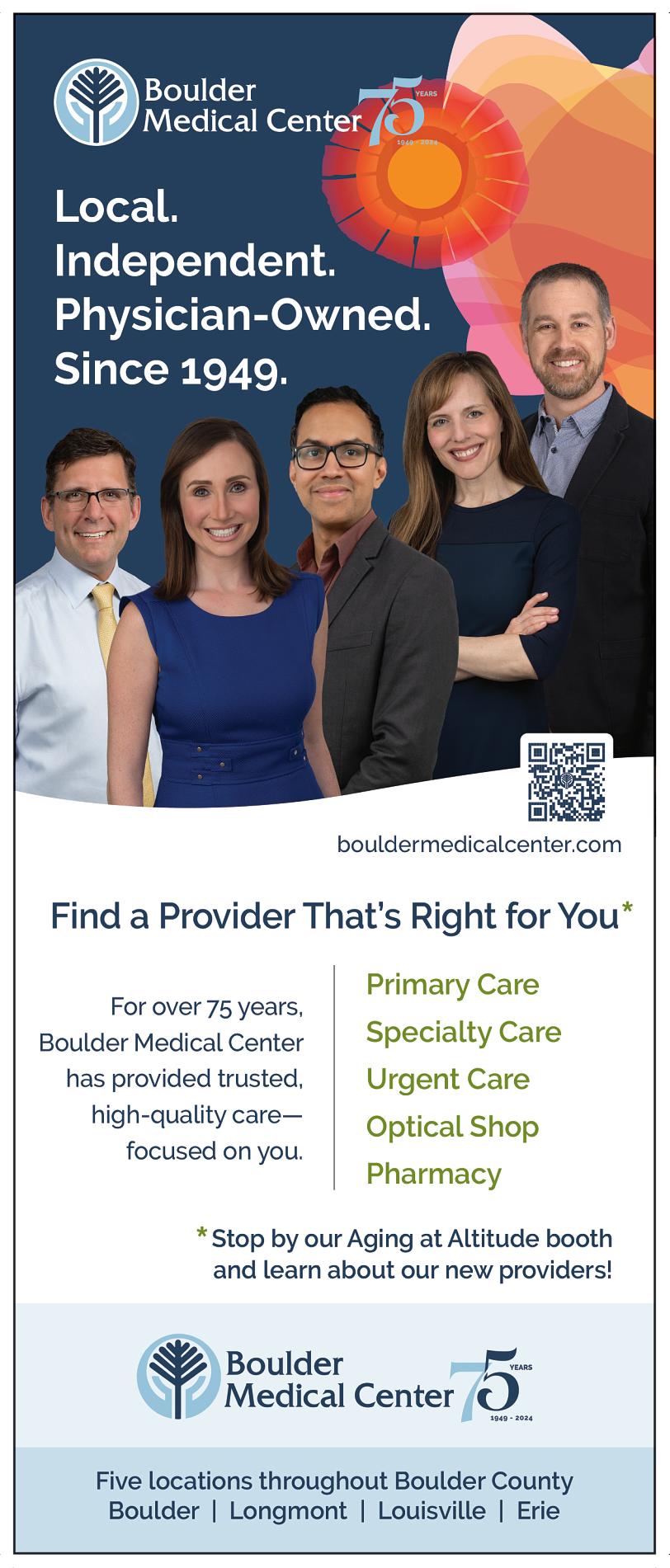
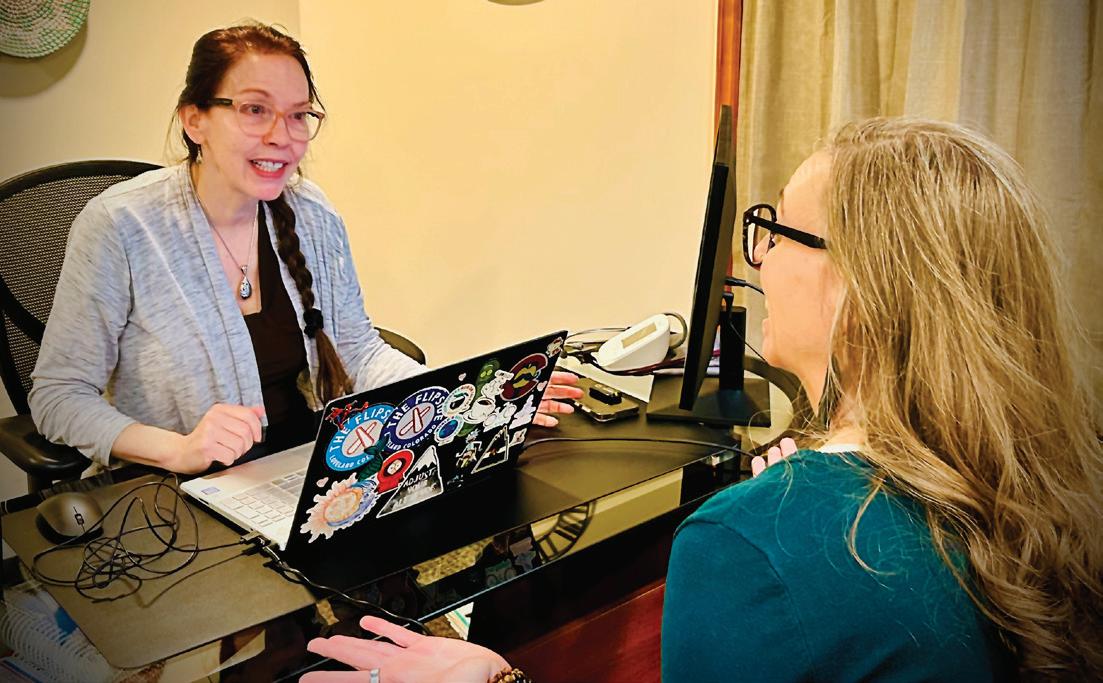
By Amy Van Vranken for Aging at Altitude
Amavi offers compassionate, personalized and holistic mental health services across the Front Range to adult and older adult patients. Amavi’s experienced, compassionate providers provide a comprehensive approach designed to optimize mental wellness for each individual they see. In the face of a significant
shortage of geriatric mental health specialists in the area, Amavi understands the unique mental health needs of older adults and prioritizes their overall quality of life. A team of professionals specifically trained in geriatric psychiatry provide care in two clinic locations, via telehealth options and through a team of rounding mental health providers who serve residents in senior living communities and post-acute hospitals, including patients in palliative and hospice care. These on-site visits are
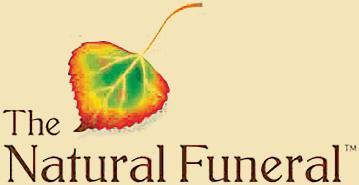

Amavi provides comprehensive, integrated care for a wide range of mental health conditions that are common in older
adulthood.
an excellent opportunity to address common mental health conditions in the comfort of the patient’s home environment and allow for improved collaboration with others involved in care.
Amavi provides comprehensive, integrated care for a wide range of mental health conditions that are common in older adulthood, including depression, anxiety, insomnia, dementia and dementia-related behavioral disturbance. Their providers take a holistic approach to mental health care. An individualized treatment plan may include traditional psychiatric medications, psychotherapy, complementary or alternative treatments, and newer approaches such as Ketamine Assisted Psychotherapy (KAP).
KAP is a groundbreaking mental health treatment that offers new hope for those struggling with treatmentresistant psychological challenges like depression, anxiety or PTSD Treatment sessions combine the therapeutic properties of a carefully monitored dose
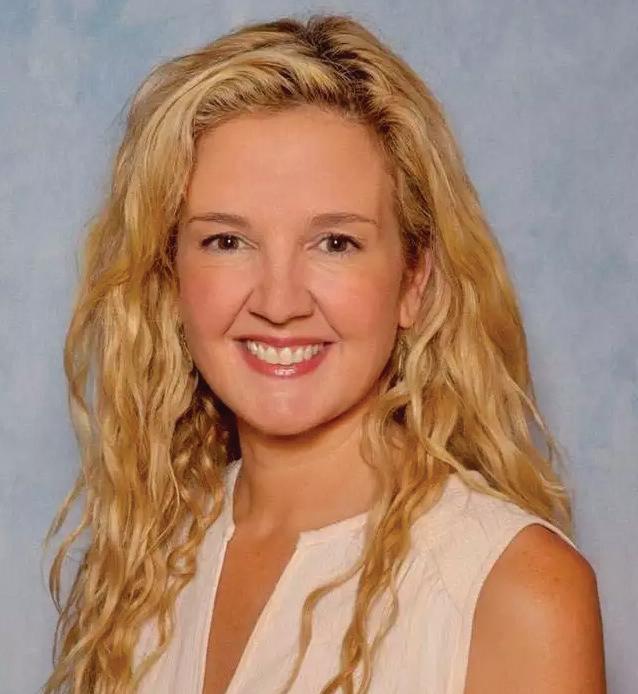
Dr. Elliot Good, DNP, Amavi Integrative Mental Wellness
of ketamine with the close guidance of a therapist. This fusion of pharmacology and psychotherapy leads many to experience extraordinary breakthroughs. Dr Elliot Good, DNP, owner of Amavi Integrative Mental Wellness, notes, “When administered in a supervised setting, ketamine is quite safe and can be incredibly effective. We have had a lot of older adults go through ketamine-assisted psychotherapy, and it’s been life-transforming.” She adds, “KAP also has powerful applications in end-of-life care. It can address fear and pain. It brings clarity and closure.” She estimates that 20 to 30 percent of hospice patients could benefit from KAP.
Amavi continues to welcome new patients. To make mental healthcare as accessible as possible, the practice accepts Medicare and most private insurance.
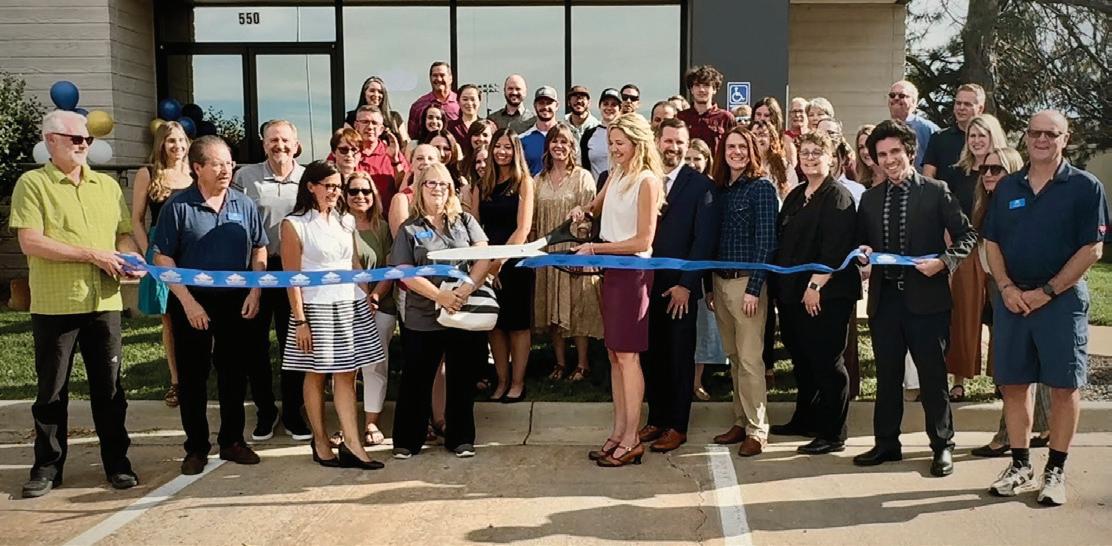



AtGivingHome,weproactivelysupportand advocateforthoseimpactedbytheirworkin nuclearenergyprogramsfortheDOE.It’s freetoapplyforyourWhiteCard,and benefitsmayinclude:
100%coverageofmedicalcostsfor DOE-relatedillnesses*
Lumpsumcompensationpaymentsupto $400,000
FREElifetimehomehealthcare,with compensationforfamilymembersand currentcaregivers
FREEdurablemedicalequipment(CPAP, canes,walkers,ramps,etc)
Continuedpartnershipandadvocacyduring yourhealthcarejourney,eventhroughnew andchangingconditions
*ContractorsqualifyfortheEEOICPAprogram
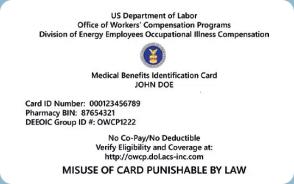


By Linda Thorsen Bond for Aging at Altitude
For seniors in Boulder County, there are countless ways to stay active, engaged and connected to the community. From outdoor adventures like hiking, biking
trails and fishing; individual hobbies like woodworking, art and quilting to social activities such as group fitness classes, art workshops and nature walks, there’s something for everyone. Whether you enjoy exploring, honing your skills in a local craft class, or joining a book club at a neighborhood

library, our region offers diverse hobbies to make retirement fulfilling and enjoyable.
The YMCA of Northern Colorado has programs of such wide variety that there might literally be something for everyone. Andra CoberlyWebster, executive director of communications, talked about three programs for seniors of many different fitness levels and needs:
The Pilates Reformer for Active Older Adults class is a small group training class with only five or six individuals at a time. Coberly-Webster said, “The whole point is for personal support. The reformer is basically an apparatus with stirrups and springs that allows you to move, strengthen and sculpt your body It is really so different. You may think of Pilates as lively young women doing complicated postures and moves, but Reformer Pilates is for all ages. This class is designed for older adults who want to strengthen and build balance. It can help people rehabilitate after surgeries and strengthen the smaller muscles to make them feel better. A great thing is that it is really personalized, so the instructor can say, ‘How are you feeling?’ and you can talk about your knee or an old back injury, so
it can be personalized. It helps create a really strong mindbody connection.” This is an ongoing class starting in early April and again in June.
The YMCA has been at the forefront of the Parkinson’s Fitness Programs since 2016. All the Ys in Northern Colorado have at least one class that offers opportunities for people with Parkinson’s or other neurodegenerative illnesses such as Multiple Sclerosis. Coberly-Webster said classes include Peddling for Parkinson’s, the Power Punch classes for Parkinson’s, and lifecare classes supported by the Lifecare Center of Longmont. “These are programs that can actually change people’s lives,” she said. “The classes are for people holding off the symptoms of Parkinson’s. By working on their fitness, people may be able to regain some abilities.”
Since pickleball is still all the rage, the YMCA offers introductory Pickleball programs. “People love pickleball so much, and they’re out there playing hard each day,” Coberly-Webster said. “Others are nervous about starting. We have two programs: an adult class and a learn-to-play class. You learn the basics, practice, and meet others at the stage you are on. Pickleball started as a senior sport, but now so many
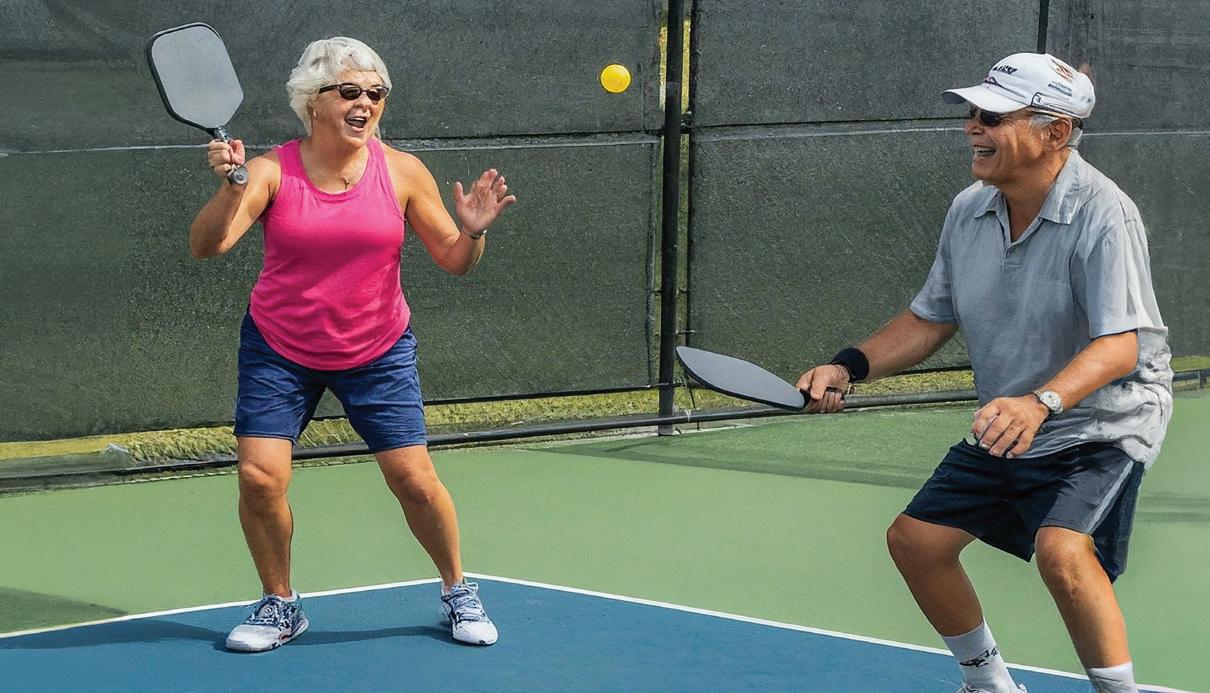
How one-on-one assisted stretching helps older adults stay active and independent

By Kristen M. White for Aging at Altitude
As many older people know full well, physical activity can get harder with age as stamina and flexibility decrease. The Stretch Lab experts are here to help.
The Stretch Lab is a oneon-one assisted stretching studio. Owners Trey and Andrea Schott said understanding why someone walks through their door for help is very important, whether it’s for mobility and flexibility, pain, recovery after workouts or stiffness from older age.
The team at the Stretch Lab helps customize a plan for clients to help them meet whatever their goals are. For people aged 50 and up,
flexibility is often a biggie.
“When your flexibility decreases as you age, it affects your muscle strength, balance and more,” said Andrea Schott. “We work with people to have better mobility and they’re often surprised at how much it carries over into their daily lives. Maybe it’s getting on the floor to play with the grandkids or pulling up a leg to put on a sock, we can help improve on that.”
Schott again noted the physical/mental connection, adding, “When you’re stiff or have an injury, you stop moving. Life stops moving. And that affects our mental state. So helping people improve their mobility through the stretching process means they’re living their life to the fullest.”
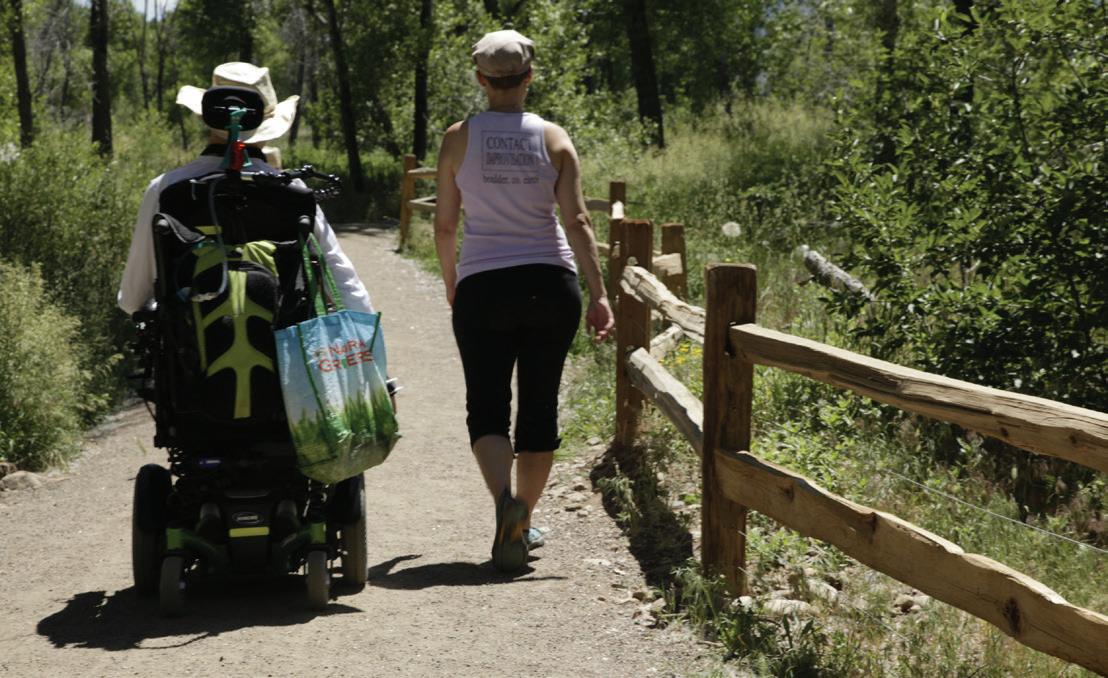
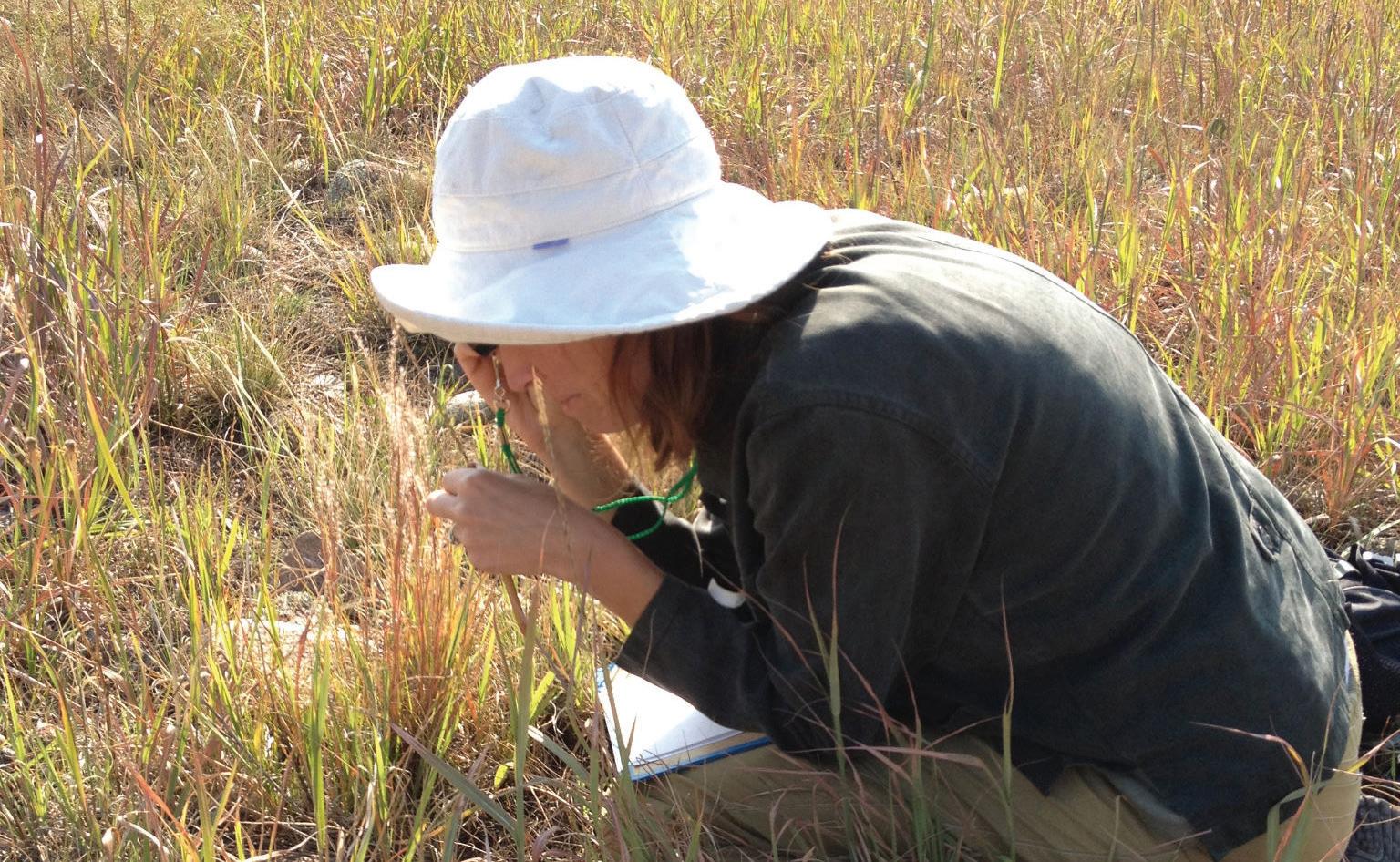
people take it on that we see people in their 20s playing with people in their 80s. We love intergenerational interactions and unifying activity.”
Coberly-Webster added that the YMCA is always looking for new ways to engage seniors socially, physically and mentally Multiple locations across Boulder County, 303.664.5455, ymcanoco.org
David Ford, Education & Outreach Program Manager for the City of Boulder and Longmont’s Community Connections & Partnerships, pointed the way to wonderful outdoor activities. He said, “This spring, Boulder’s Open Space and Mountain Parks will
offer a variety of programs designed to help older adults stay active, engaged and connected to the community. These opportunities may include guided nature walks, accessible outdoor adventures, creative arts sessions and wellness activities. Whether exploring Boulder’s beautiful open spaces or joining
intergenerational gatherings, these programs provide a welcoming way to connect with others, enjoy the outdoors and support overall well-being.”
To learn more and stay connected with the City of Boulder and Longmont’s Open Space and Mountain Parks Programs, visit naturehikes.org.
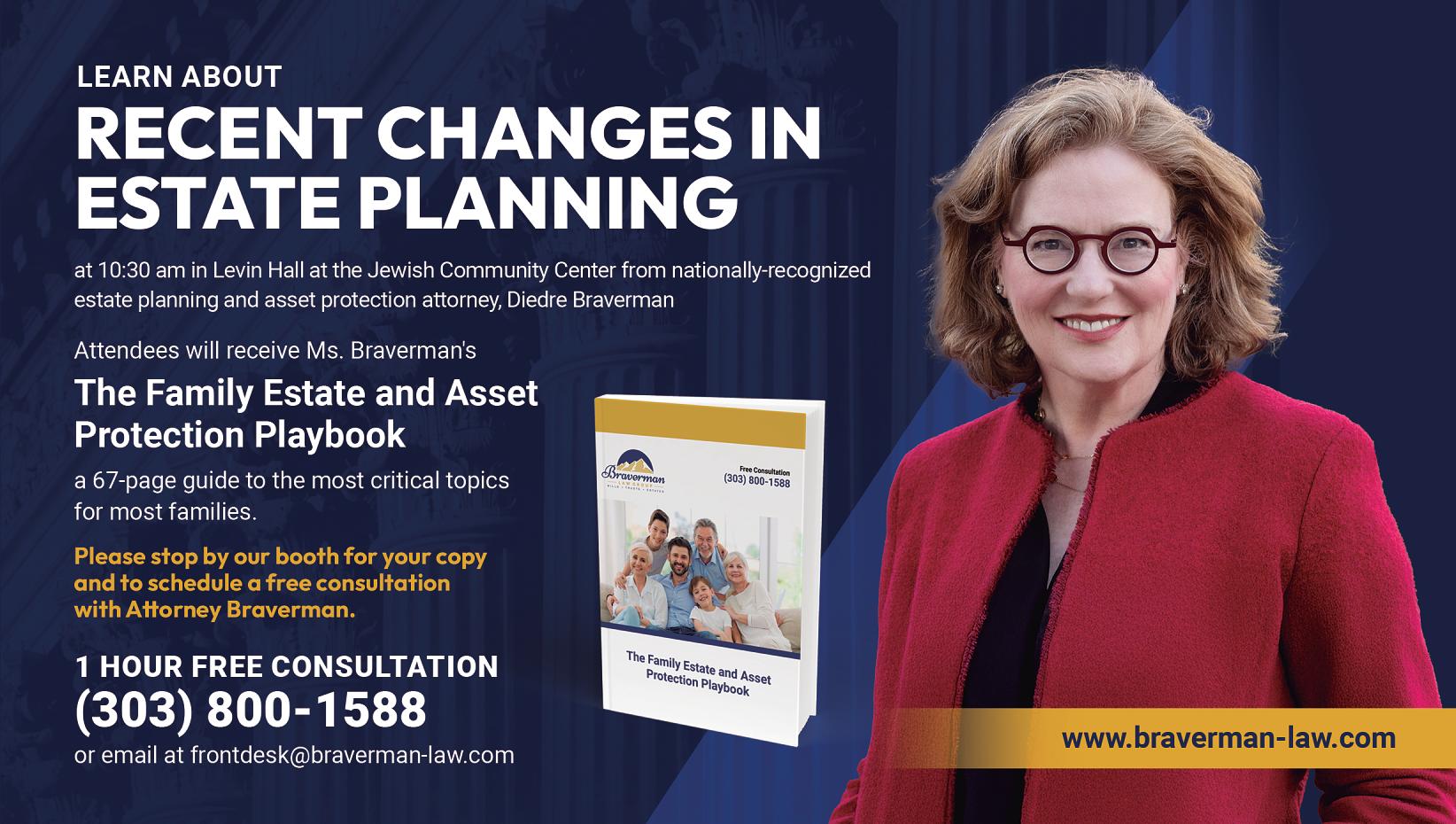
BLDG 61 and STUDIO 24 are free community workshops dedicated to hands-on learning and the cultivation of purposeful experiences through making.
Open Studios: Visit BLDG 61 or STUDIO 24 during Open Studio hours to see the maker spaces in action, learn about equipment or get hands-on with your own project. Staff is available to provide guidance with tools and materials. All experience levels and ages are welcome, and no registration is required.
Classes and Programs: check out the event calendar to register for a class. It offers a wide array of introductory classes to learn how to use our tools and equipment and project-based workshops with Makerspace staff and community partners. boulderlibrary.org/makerspaces
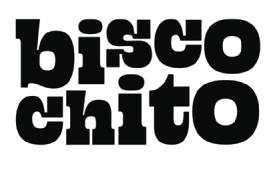
TinkerMill is the largest makerspace in Colorado and the surrounding Rocky Mountain region. It’s a place where like-minded people interested in art, technology, science and business can collaborate on creative projects, share tools, learn, teach, make things, prototype new ideas, products and services, start ventures, meet new people and share knowledge. It provides a variety of resources for all types of maker activities. Whether you are into 3D printing, woodworking, machining, electronics, robotics, metalcraft, jewelry making, sewing and more, you will find it at TinkerMill. 1840 Delaware Place, Unit A, Longmont, 720.204.3090, tinkermill.org.
Interfaith Quilters of Longmont Colorado is a group of volunteers who come together
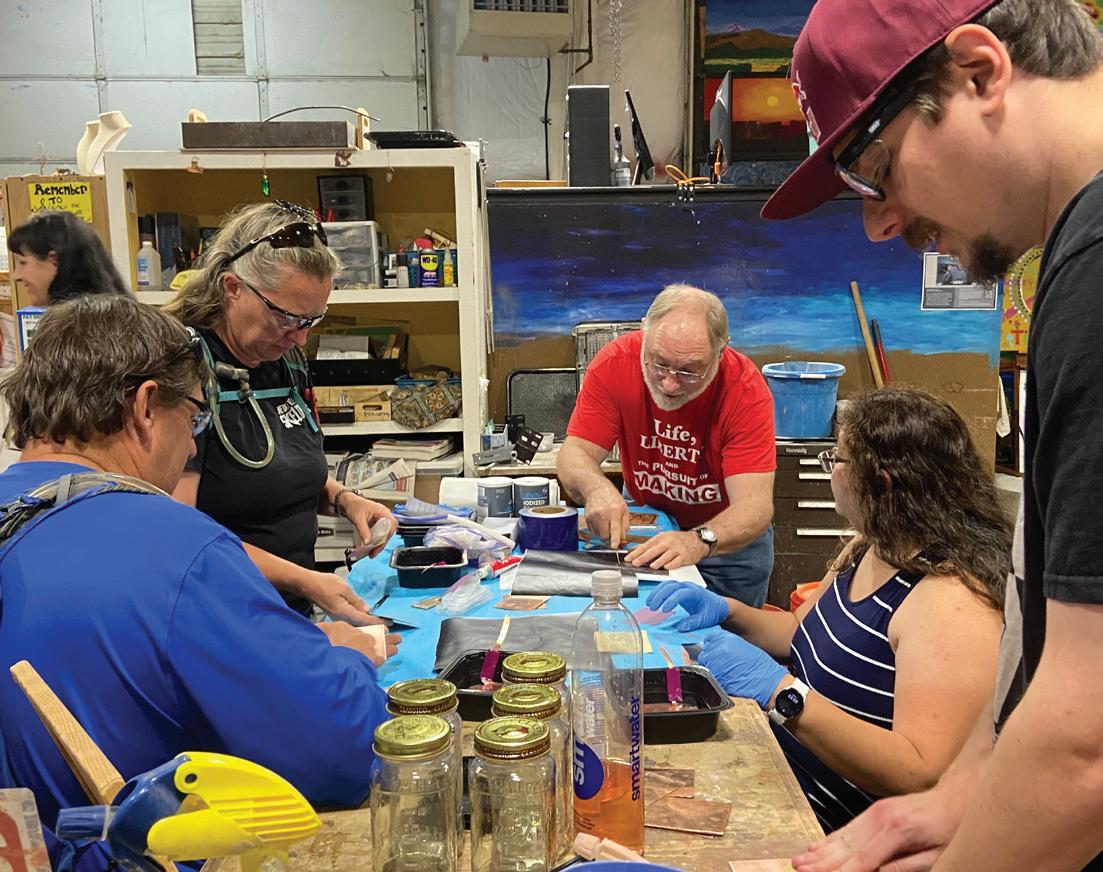
is a place where like-minded people interested in art, technology, science and business can collaborate on creative projects.
to produce quilts for sale to support local charities, to share the art and skill of all types of quilting, and to provide an opportunity for quilters on any ability to learn and practice
new techniques. The group meets Mondays from 9 a.m. to 2 p.m.; First Lutheran Church, 803 3rd Ave., Longmont, interfaithquilters.net

By Rebecca Furuta for Aging at Altitude
In the next two decades, the number of Americans aged 55 or older will increase from 76 million to 110 million as the babyboom generation continues to age. But don’t expect these older adults to embrace the stereotypes of what it means to “grow old.” Many older adults are busier than ever and changing the face of aging as they welcome their older years as a time for new experiences, friendships and opportunities. When it comes to volunteering, older adults tend to dominate. According to the US Bureau of Labor Statistics, those 65 and older are two to three times more likely to volunteer than adults aged 25 to 34.
Chrysti Britt is the Executive Director of Cultivate, which provides seniors with peer-topeer volunteer opportunities. She explains, “People prioritize
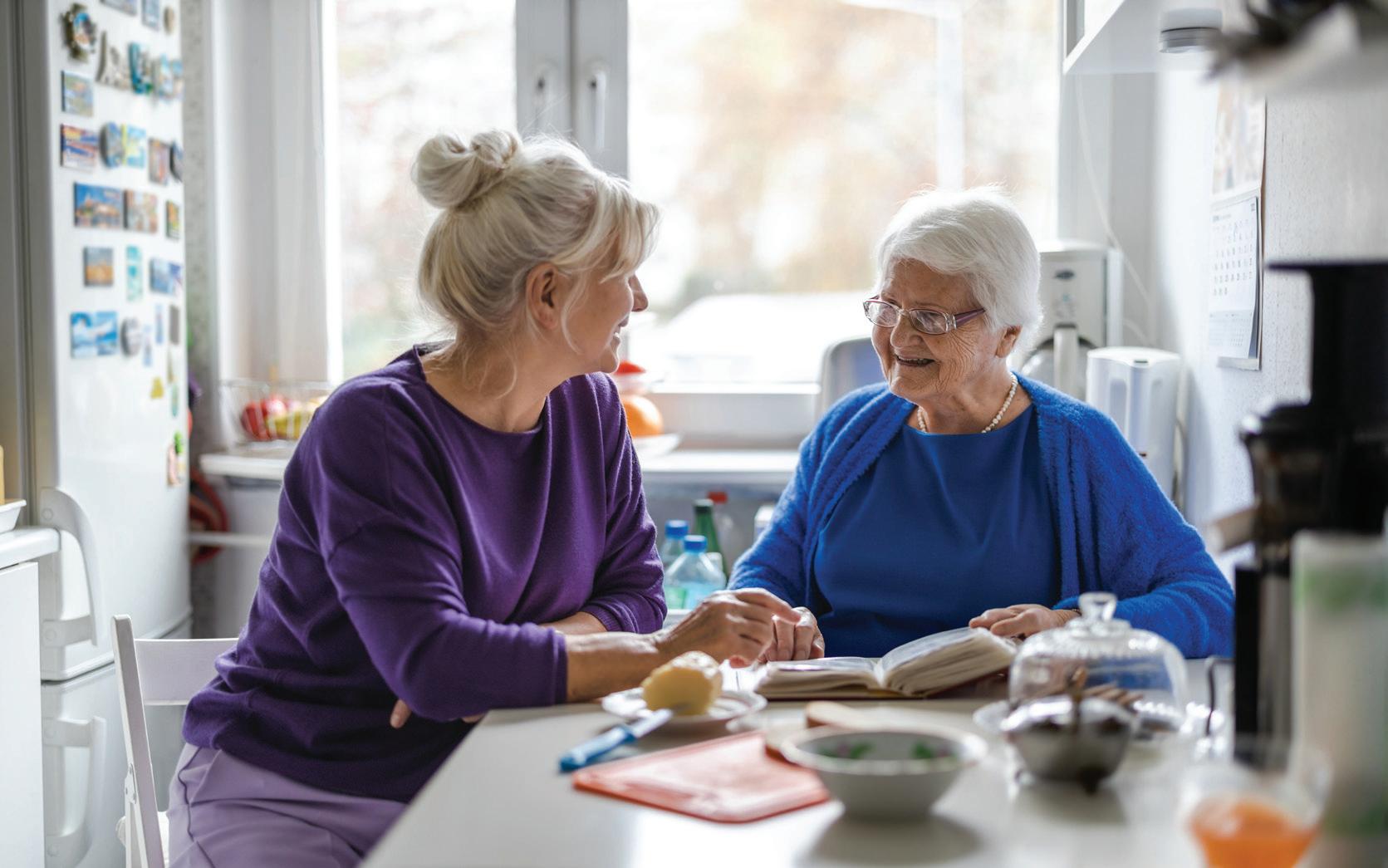
feeling useful as they get older, and they want to stay connected to their community.”
Cultivate helps them check
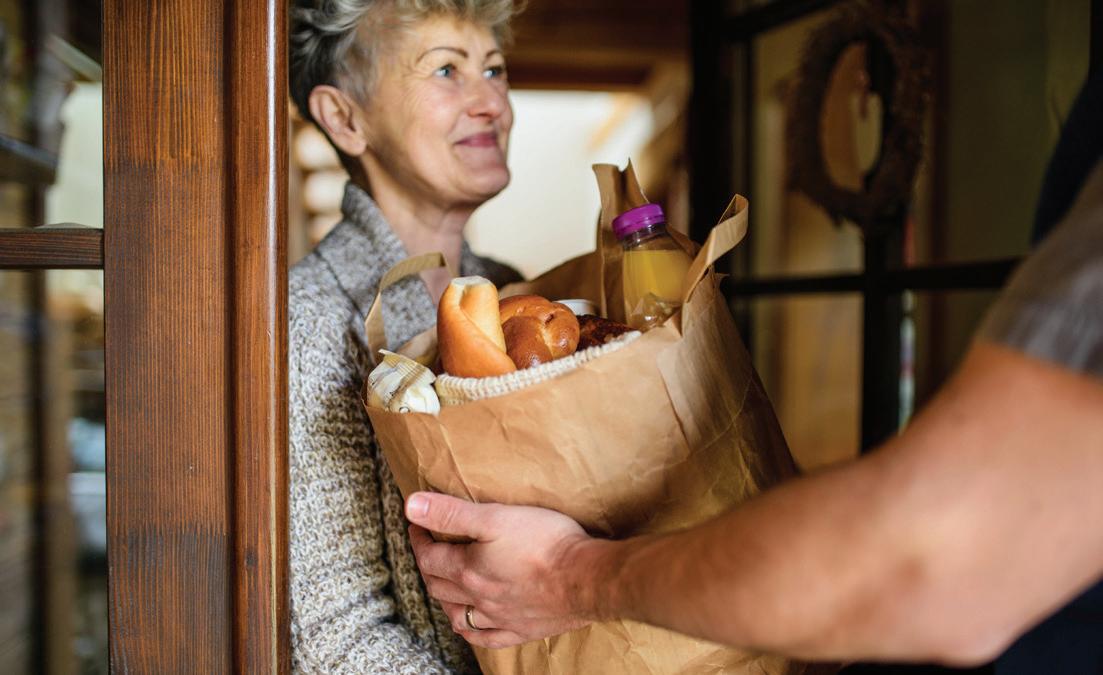
those boxes.
Britt and her team work to connect seniors in need with peers who can help support them. Cultivate uses volunteers aged 55 and older to serve at their agency or with partner agencies through AmeriCorps Seniors Retired Senior Volunteer Program (RSVP).
“Our program allows older adults to volunteer in ways that meet their interests or backgrounds, whether grocery shopping and delivery or driving a veteran to their medical appointments or doing yard work and snow removal,” says Britt. “Partner agencies can connect volunteers with even more options, like hospitals or the humane society and services that are not focused exclusively on helping other seniors.”
An increasing number of older adults have recognized the benefits of volunteering in establishing connections with the people they serve, especially if recipients are their peers.
“We do surveys to understand what motivates our volunteers,” explains Britt. “They often tell us that they want to stay involved in the community, meet people and do something that feels good.”
Colleen Elliott knows all about matching seniors with older adult caregivers who share common interests and a desire for connection. As a franchise owner of Seniors Helping Seniors, Elliott brings together older adults who require non-medical homecare with peers who still want to work while having flexibility
with their schedules and doing something meaningful. Seniors Helping Seniors pays its senior caregivers so that older adults can earn income while helping other seniors remain in their homes.
“Our caregivers do everything from providing companionship to assisting with meal prep and planning, helping people pay bills on time and driving them to errands or appointments, making sure medications are taken according to a schedule, and doing light housekeeping,” says Elliott. “We’re not a cleaning service, but we can help with laundry or other tasks which might be challenging as people get older.”
Both Elliott and Britt emphasized enjoying the feelings of usefulness and responsibility that working with peers provides. “These are two elements that contribute to a sense of purpose, which is one of the most overlooked
aspects of wellbeing,” says Elliott.
Connection is a central theme in Seniors Helping Seniors, and it’s not uncommon to see these pairings evolve into genuine friendships. Elliott explains, “Our caregivers build bonds with clients that truly last a lifetime.”
Both Cultivate and Seniors Helping Seniors provide extensive training and support and work to ensure that the tasks assigned to individuals are a good fit and match their existing interests. “Look at what really interests you, and we can build on that,” says Britt.
Regardless of what you end up doing, your time and effort can make a difference. “Whatever your background is, you have something to give that your community needs. If you’ve got a compassionate heart, we want you,” affirms Elliott.
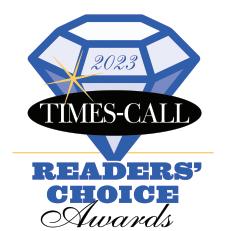
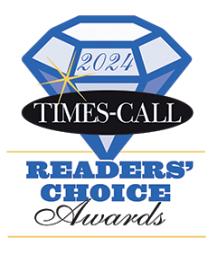
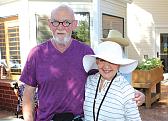






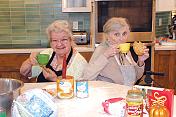
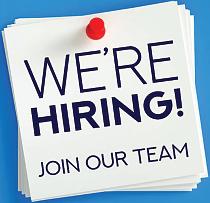



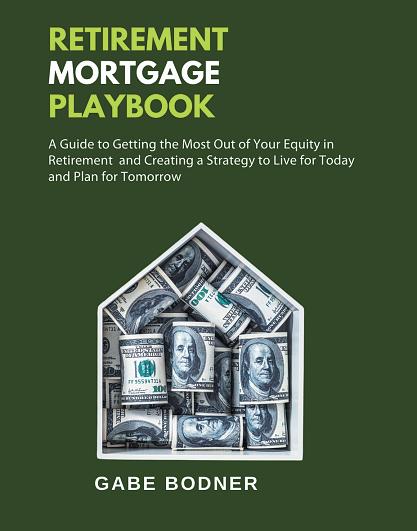


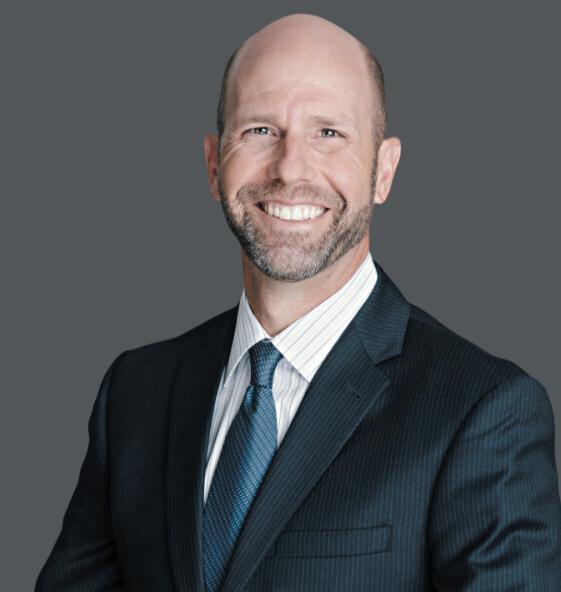

By Adam Goldstein for Aging at Altitude
Aging looks different for every individual. There’s no set, predictable process for getting older; every person has a unique journey that calls for a unique approach. Luckily, Boulder County abounds with tools for seniors and their families facing different journeys. Here’s a list of some of the area’s best senior services and resources.
agewisecolorado.org
AgeWise Colorado is designed to offer seniors a searchable set of vital resources that aren’t based on advertising or algorithms. The website offers a wealth of information and resources, from service providers to educational webinars, and all of the included services are vetted and verified. Unlike the major online search engines, the services listed on AgeWise aren’t based on advertising. “Think of us as the vital bridge
between those new, and possibly uncomfortable, aging experiences and the helping hands on the other side,” said AgeWise spokesperson Bob Brocker “There is a constantly flowing river under that bridge; you’d rather not fall in.”
bouldercounty.gov/ departments/communityservices/area-agency-aging
The Boulder County Area Agency on Aging offers a wide
umbrella of services, resources and options for seniors with all needs. In addition to a list of resources that cover the gamut from caregivers to veterans services, the AAA also offers direct aid to Medicare beneficiaries and residents of any age who live in a long-term care facility The agency isn’t solely focused on Boulder’s senior population – they also foster partnerships and education programs around subjects like elder rights and community partnerships. What’s more, the program’s healthy aging resources offer valuable guidance about staying active, energetic and engaged for participants of all backgrounds.
TRANSPORTATION: MOBILITY FOR ALL bouldercounty.gov/ transportation/multimodal/ mobilityforall
The cost of transportation can be a major hurdle for seniors looking to lead an active, engaging lifestyle. Between the cost of fuel, parking and upkeep, driving can be out of reach for many, and that’s where Boulder County’s Mobility for All program comes in. According to its mission statement, the program seeks to “promote accessible, affordable and equitable multimodal (transit, bike, etc.) transportation options for residents of all ages and abilities.” Through Mobility for All’s diverse programs, participants can learn how to
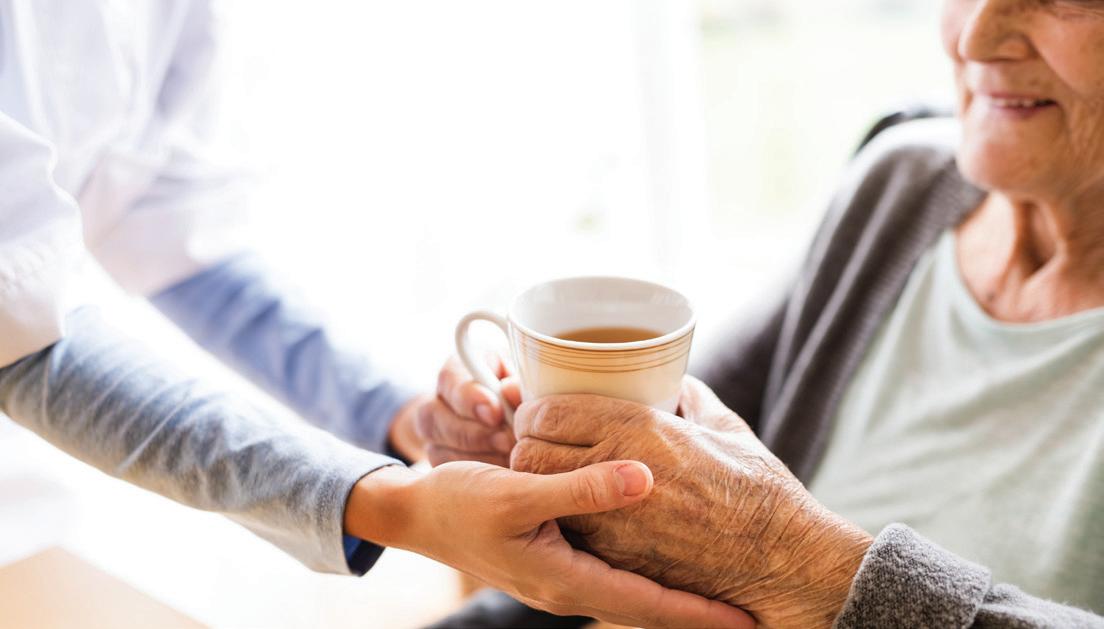
navigate public transportation, find excursions and better understand the technology connecting them with vital transportation services.
GIVING HOME HEALTH CARE givinghomehealthcare.com
Giving Home Health Care offers resources and services to those who need specific care in their homes and cater
to a specific population. Giving Home’s in-home care services are designated for those “individuals with conditions contracted while working in nuclear energy programs for the Department of Energy.” With that specialty in mind, Giving Home’s caregivers offer individualized care in patients’ homes, an approach designed to support independence. Giving Home offers services and
assistance for those navigating compensation spelled out in legislation like the Energy Employee Occupational Illness Compensation Program Act (EEOICPA) and the Radiation Exposure Compensation Act (RECA).
memorycareconsulting.com
Those with memory loss face their own unique challenges and care demands, and Memory Care Consulting works to offer that specialized approach to individuals and organizations alike. With more than 30 years of experience, the organization serves senior care companies, professional caregivers and families. Their focus is on compassionate and effective care for those facing memory issues. According to their mission statement, Memory Care Consulting

provides “best practice solutions as well as cutting edge person-centered care approaches.” The organization aims “to inspire, rejuvenate, and increase understanding and compassion working with all areas of memory loss.”
biscochito.care
Biscochito Homecare touts itself as “home care reimagined,” focusing on offering resources and services that support the central concept that “authentic connection is essential for care filled with loving-kindness.” To that end, Biscochito offers a range of services, including transitional care, care on call, in-home care, dementia support and end-of-life care. In all these capacities, Biscochito touts its individualized, one-on-one services and stresses the importance of responsiveness.

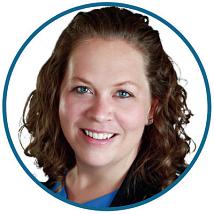
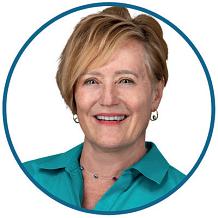
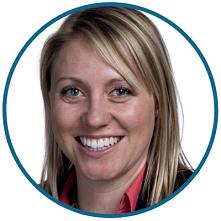
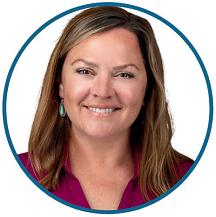





Biscochito’s mission statement states, “Our nonprofit, nonhierarchical structure supports sustainable work and meaningful connection and sets Biscochito apart as a trusted partner for seniors and their families.”
tendingwithgrace.com
Tending With Grace offers personalized concierge services, non-medical support, companionship and a wide range of other resources to enhance seniors’ quality of life. All of Tending With Grace’s services are inspired by the life experience of its founder, Linda Heil, whose mother was diagnosed with a debilitating illness when Heil was only a child. Heil’s mother spent the rest of her life in a nursing home, and that experience ultimately drove Heil to found Tending With Grace in order
to provide “compassionate, trustworthy care delivered with integrity, as well as loyal companionship.”
TRU PACE CARE pace.trucare.org
TRU PACE Care offers seniors care, resources and stimulation with the goal of allowing them to remain in their homes.
TRU PACE offers what they refer to as “all-inclusive care,” which includes primary medical care, medication management, physical therapy, specialty services, in-home care, social work assistance and transportation to and from the TRU PACE day center. Seniors can access all of these services as they stay in their homes, and TRU PACE offers a consolidated model of care. The reason behind the central approach is that “by having all of these services in the same place, it’s easier for participants, and they’ll also
enjoy a higher standard of care.”
CANNABIS CO. nativerootscannabis.com
Native Roots Boulder and Longmont locations are proud to offer great service with convenient hours. Its online order ahead service is available to save you time. Enroll in its Garden Club loyalty rewards and earn a $15 reward for every $150 spent. Native Roots offers all of the adultuse cannabis products and top brands you might expect. Whether looking to enhance your state to uplift, energize, relax, focus or sleep, it has the variety you want at the right price with great rewards to top it all off. Native Roots is proud to remain Colorado local since being founded in 2010.
Welcome Years helps seniors stay safe and independent at home through expert guidance and thoughtful planning. Inspired by her own family’s aging journey, the founder created a simpler, more empowering way to navigate aging in place. The company offers a comprehensive Online Home Assessment, conducted by a certified aging-in-place specialist, to evaluate safety and mobility throughout the home. Clients receive a personalized digital report with improvement suggestions and curated product recommendations. With compassion and expertise, Welcome Years makes it easier to plan for the future and enjoy the comfort of home for years to come.



By Julie Kailus for Aging at Altitude
An estimated 55.8 million people in the U.S. are over the age of 65. Many are realizing the importance and dignity of aging at home. Seniors Helping Seniors® may resonate with people looking for help during this phase of life.
“Knowing that our caregivers will be someone a senior can relate to and create a connection with is important to loved ones and seniors as they consider in-home care,” Colleen Elliott of Seniors Helping Seniors (SHS) for Boulder County, Broomfield and Brighton says.“The essence of Seniors Helping Seniors (SHS) lies in its commitment to making life easier for seniors.”
Offering everything from daily tasks to companionship, SHS caregivers provide invaluable support that can be tailored to individual needs.“Whether it’s assistance with household chores, meal preparation, transportation to appointments, and even help with personal care needs, seniors can rely on a helping hand, easing the burdens of aging,” says Elliott.
Seniors Helping Seniors also focuses on supporting families of seniors and integrating the caregiver into the overall care plan.“It is so important for families to have a trusted partner who they can share concerns and ideas with, and who they can rely on so they can take a muchneeded break,” Elliott says.
Seniors Helping Seniors hires older adults who still want to work, be a part of their community and make real connections every day Caregivers range from retired clinicians looking for a different way to provide care, to people who have never worked professionally as a caregiver, but who have some personal experience and the heart for this work.
“The impact of SHS extends beyond the individuals directly involved. By fostering a culture of mutual support and intergenerational connections, it strengthens the fabric of the community as a whole,” Elliott says.“It challenges stereotypes about aging and demonstrates the inherent value and wisdom that seniors bring to society.”
In a world that often overlooks the elderly, SHS shines as a beacon of compassion and empowerment.“It champions the belief that age is not a barrier to living a fulfilling life but an opportunity to embrace new connections and experiences,” Elliot says.“It reminds us all of the importance of extending a helping hand and sharing smiles, regardless of age or circumstance.”
> To learn more about Seniors Helping Seniors in Boulder County and along the Front Range, visit: seniorshelpingseniors.com





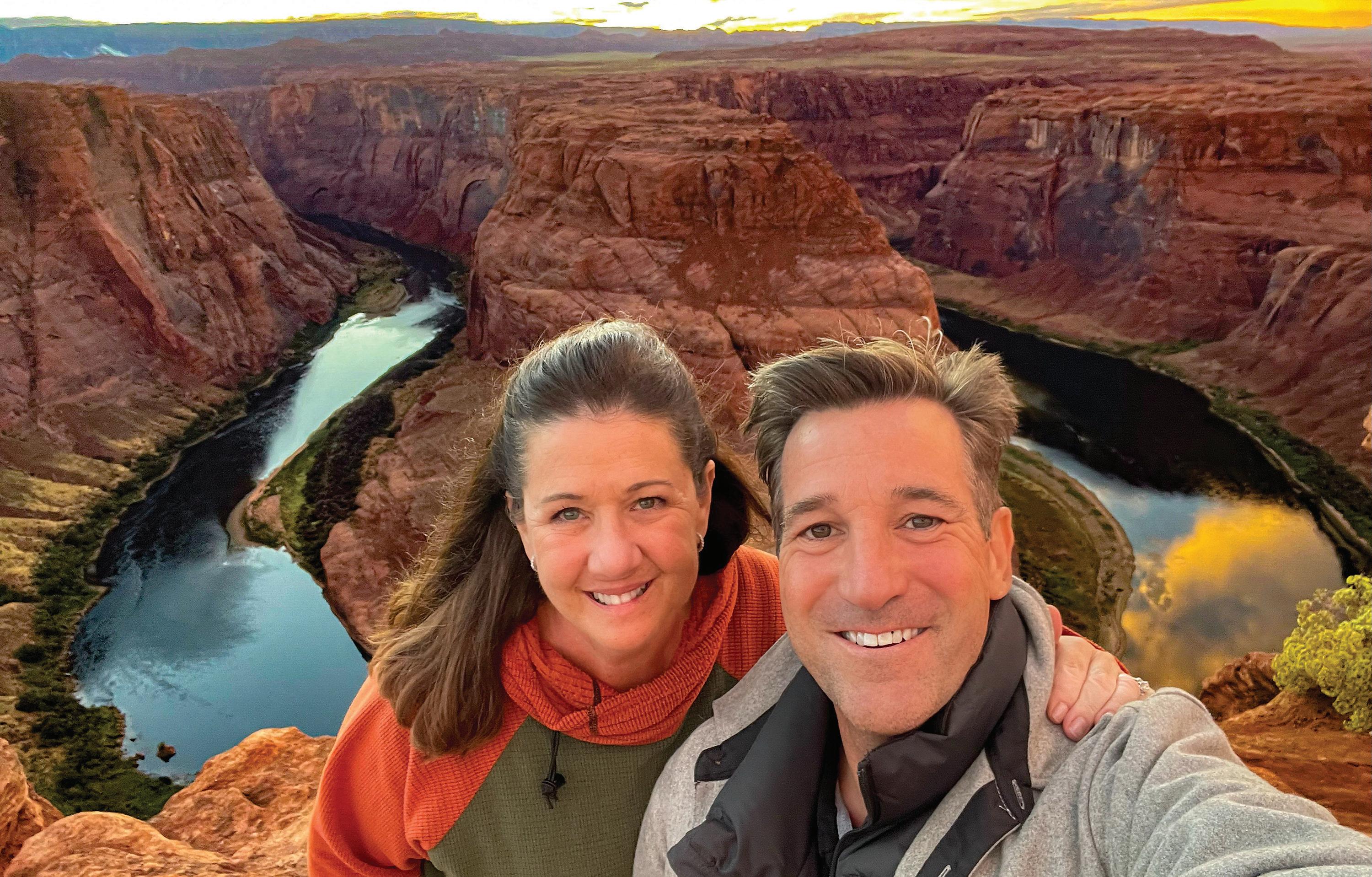

By Sarah Huber for Aging at Altitude
Whether you’re dreaming of a romantic river cruise, a multigenerational trip in honor
of your heritage, a cycling tour through European wineries or an all-inclusive Caribbean getaway, travel is a gift to yourself and your adventure partners at any age, said travel advisor Mark Sneed, who owns Positive Altitude Travel with his wife and has specialized in international travel for 30
years.

Even more, with planning and smart choices to protect your vacation investment, traveling in your golden years can be safe and stress-free.
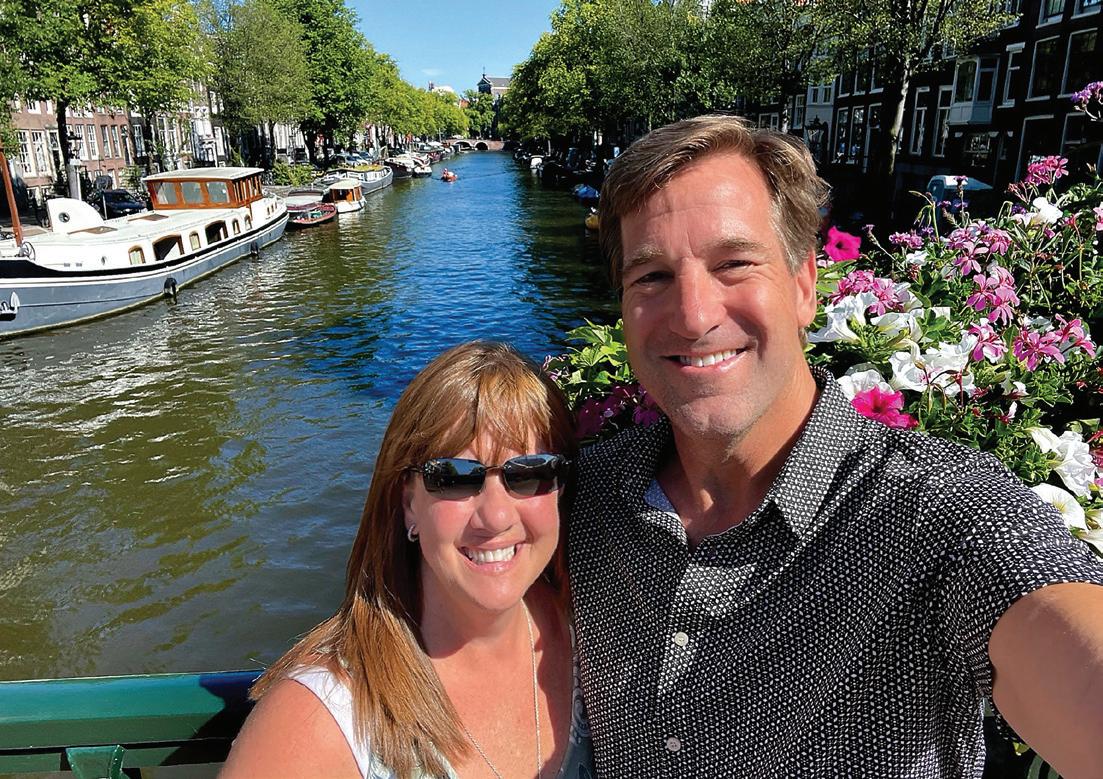


The “big misconception” behind travel planning is that it’s expensive. On the contrary, Sneed said travelers are nearly always free to access travel advisor services. Plus, an advisor can provide industryunique savings and timetested connections to vetted overseas hotels, handpicked tours, transportation options and dependable travel guides. He urged travelers 55-plus to work with an advisor who understands their budget, travel goals and any physical needs that could arise during travel, such as a limited ability to wheel a suitcase.
“For some, we’re scheduling
a detailed itinerary through multiple countries, complete with their hotels, private transfers from the airport, restaurants and excursions. For others, we’re booking a Disney cruise with grandparents, kids and grandchildren,” Sneed said. Regardless, “we take care of the details so that they can make the memories.”
When booking a vacation, travelers ought to consider protecting themselves, their travel investment costs and their belongings. Travel insurance purchased through a licensed travel insurance agent, for example, can ensure you are covered in the case of a natural disaster, a need for an international evacuation or an array of medical concerns.
“This is especially important for the senior population, as Medicaid coverage typically
doesn’t apply outside the United States,” noted Sneed. For ultimate coverage, travelers can opt for a “Cancel For Any Reason” policy, which must be purchased within about two weeks of scheduling a trip, said Sneed, who assists clients as a licensed travel insurance agent as well as a certified travel advisor.
Sneed offered tried-and-true trip recommendations for seniors with the travel bug: First up are all-inclusive resorts. A short flight from Denver, all-inclusive Caribbean resorts are ideal for travelers looking to celebrate their retirement or a milestone anniversary with a sunny week at the beach. “For those who want some adventure, there are activities on- and off-property,” said Sneed, or simply enjoy the poolside entertainment and included beverages. River cruises are also a
senior favorite. “Travelers can visit multiple cities and countries in a short amount of time and only unpack once,” he said. Destinations include Mississippi River cruises, New England and Pacific Northwest itineraries and multi-river cruises through Europe. River cruise ships are smaller and thus easier for people to navigate than an ocean liner, and when ships dock in the center of a city, shore excursions with differing levels of walking intensity are available.
Closer to home, Sneed helps Colorado residents plan memorable ski or hiking trips for visiting relatives and friends. A travel advisor can coordinate schedules for travelers of various abilities and hopes for the trip, “from the adults who want to ski all day to someone who prefers more inside time with the younger grandchildren,” said Sneed.
Finally, for those eager to
create their dream global trip from scratch, a travel advisor can craft itineraries with as little or as much input as the traveler prefers. This “eliminates research on the part of the traveler,” Sneed explained while providing a safe and reliable travel experience.
Sneed advised travelers to pack compression socks and comfortable shoes. Travelers can minimize physical constraints by keeping baggage to a minimum. As always, medications and important documents should be tucked into a carry-on. Of course, leave room for a keepsake or two. After all, said Sneed, “travel involves wonder and discovery.”
For more information on trips for 55-plus travelers, visit PositiveAltitudeTravel.com or email mark@ positivealtitudetravel.com.





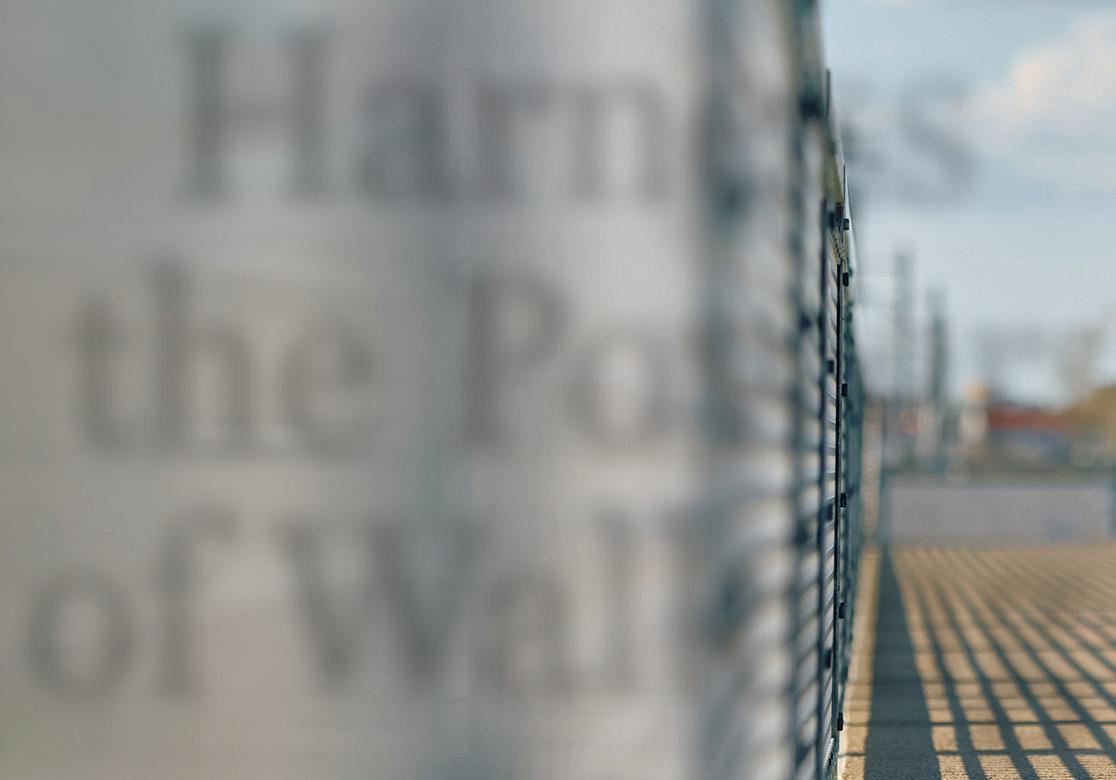

Awalk isn’t just good for your body; it’s a simple, powerful way to care for your mind and soul. Physical activity, like walking, reduces stress, boosts mood and promotes overall well-being. Yet physical activity levels in the United States continue to decline, a trend threatening both mental and physical health.
Less than half of adults and fewer than 1 in 5 children in the U.S. get the recommended amount of physical activity needed for heart health, according to the American Heart Association’s 2025 Heart & Stroke Statistical Update.
National recommendations call for children to get at least one hour of physical activity each day, but the latest statistics show less than 19% of children in the U.S. achieve that target. Meanwhile, less than half of adults get the recommended 150 minutes or more of weekly physical activity.
What’s more, according to data from a National Health and Nutrition Examination Survey, 1 in 4 U.S. adults sits for longer than eight hours
each day, which can have negative consequences on physical and mental health.
For decades, the American Heart Association has championed the importance of physical activity in communities across the country through events like National Walking Day on Wednesday, April 2. These tips and information can help you understand how a brisk walk can make a world of difference for heart health and mental clarity.
Staying active is one of the best ways to keep your mind and body healthy.
The physical health benefits may be obvious, but research suggests physical activity can also help bring more joy to your life. According to the 2019 Physical Activity Guidelines for Americans, people who get the recommended amount of physical activity are less likely to experience depression.
Regular physical activity enhances your mood, sharpens your mind, improves sleep and boosts overall well-being, all while reducing the risk of disease and depression and
sense of belonging and improve mood. It’s even better if you can enjoy the sunshine outside, which can improve mood, boost your immunity and help you get some vitamin D Invite a family member or friend along with you. It’s good for them, it’s good for you and it’s good company all around.
Instead of wondering if you’ll move today, explore how you’ll move. A walk, a dance or a stretch all count.
Pets are part of your family, and they can help you get healthy together Pets provide a fun reason to spend more time outside and get the exercise needed to reduce the risk of disease later in life.
increasing both the quality and longevity of life.
Exercise as simple as a brisk walk can put a major spring in your step. It can even energize you to finish other tasks at hand, whether it’s cooking or running errands. Give your daily physical activity level a boost with these tips:
Exercising outdoors is a great way to get moving. Spending time outdoors has been shown to reduce stress, promote a
Getting moving along with your pet adds more exercise to your routine, which means living longer, reducing risk of dying from heart attack or stroke, reducing risk of diabetes, reducing stress and even boosting your overall happiness and well-being.
Exercising with your pet can also mean enjoying more socializing. You may find yourself meeting other dog owners in your area on a walk or at the dog park.
Learn more about how simple habits like walking can support your overall health at heart.org/MoveMore.
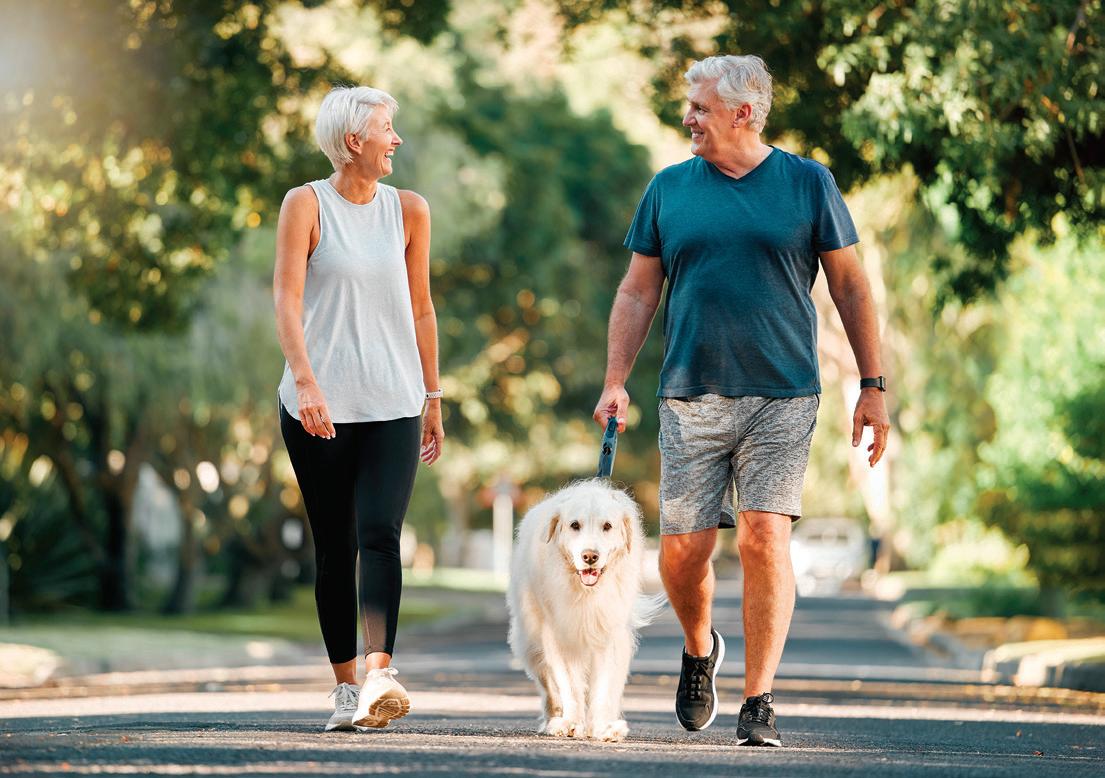







By Sarah Huber Aging at Altitude
Senior living trends in 2025 are all about flourishing. From wellness trends to the use of technology to support residents to engaging with the broader community, senior living communities in Northern Colorado are empowering residents to thrive at any age.
Many senior living communities are partnering with outside health providers to offer a holistic menu of care. For example, Cogir of Broomfield Senior Living,
which is scheduled to open in June, has joined with local partners to create “an environment where seniors can maintain independence, stay active and find joy in daily life,” said Executive Director Kelley Koul. At Cogir, Total Brain Health offers programs to enhance cognitive function and EmpowerMe Wellness provides in-house physical, occupational and speech therapy Likewise, Balfour Louisville and Balfour Longmont partner with ASPIRE Therapy and Wellness to meet resident needs, with ASPIRE regularly co-hosting health fairs at Balfour communities to enable residents to try new therapeutic techniques.
At Frasier Senior Community in Boulder, a holistic approach to health “is woven into the fabric of everything we do,” including opportunities for “residents to nurture their spiritual wellbeing in ways that are meaningful to them.”
Another novel way senior living communities support residents in 2025 is through using smart technology to foster social bonds. At Balfour, residents can connect with fellow residents who share their interests or hobbies through an in-house computer program. “This makes it easy for new residents to find a social
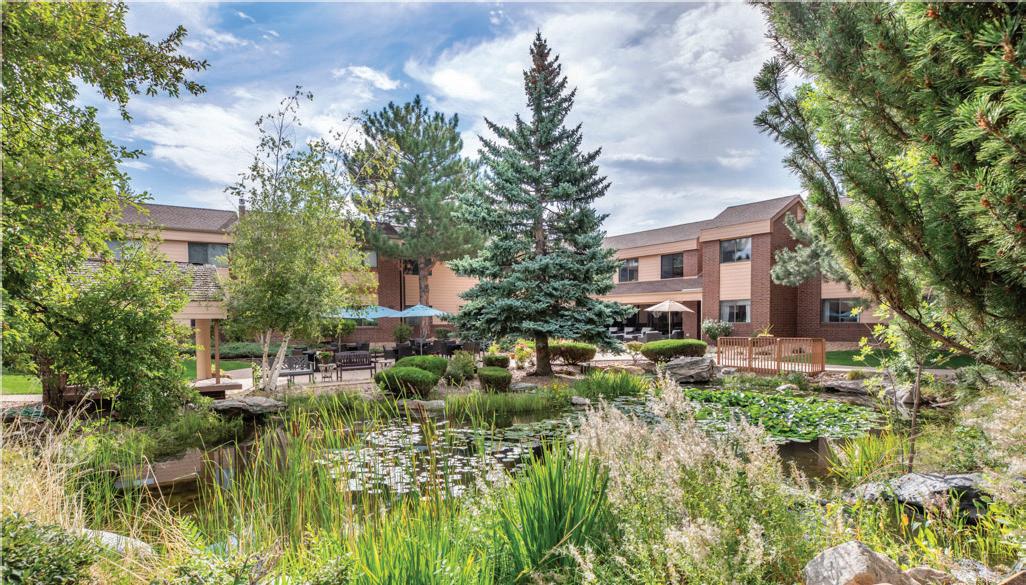
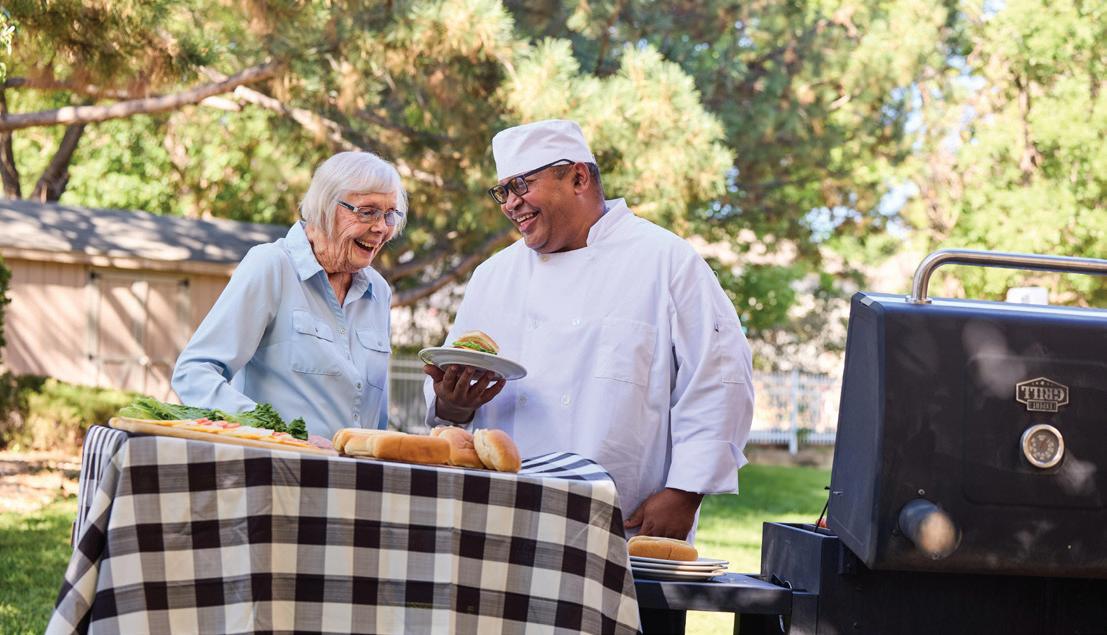
group, meet people and ease the transition of their move,” noted Michael Sell, director of business development at Balfour Senior Living. At Brookdale Meridian Boulder, students from the University of Colorado provide handson lessons to help residents confidently connect with family and friends through technology. Some communities utilize
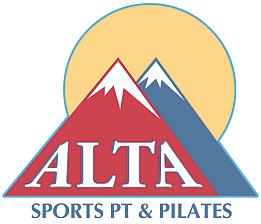
technology to ensure residents are healthy and safe. In Frasier’s Balance and Falls Prevention classes, the wellness director looks to VirtuSense technology to identify mechanical body imbalances. “This cutting-edge system allows us to create personalized exercise plans and provide education on daily activities,” Soltis said.

Similarly, Cogir collaborates with a real-time monitoring system to detect falls and medical emergencies. Koul said, “By alerting our caregiver staff immediately, we can respond quickly, reducing the risk of serious injury and hospitalization.”
With more senior living
communities prioritizing sustainability, several Balfour communities in Colorado are topped by solar panels and include electric vehicles in their transport fleets. Moreover, a beloved community event at Balfour Louisville is their annual “recycled runway show,” a celebration of sustainability for which residents and staff

For over 50 years, Cultivate has dedicated itself to helping seniors flourish through active engagement with their communities. Our volunteers support our senior neighbors through programs such as medical rides for military veterans and their senior family members; grocery shopping and delivery; minor home repairs; friendly phone calls; snow shoveling and yard cleanup
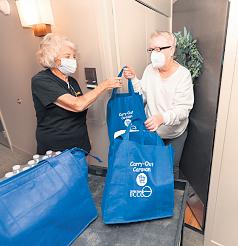
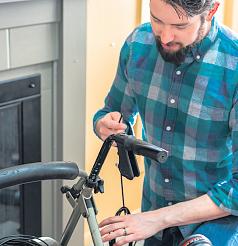
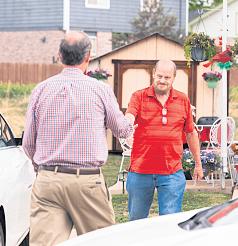
Learn more about our services and volunteer opportunities at info@cultivate ngo | 303 443 1933 | cultivate ngo

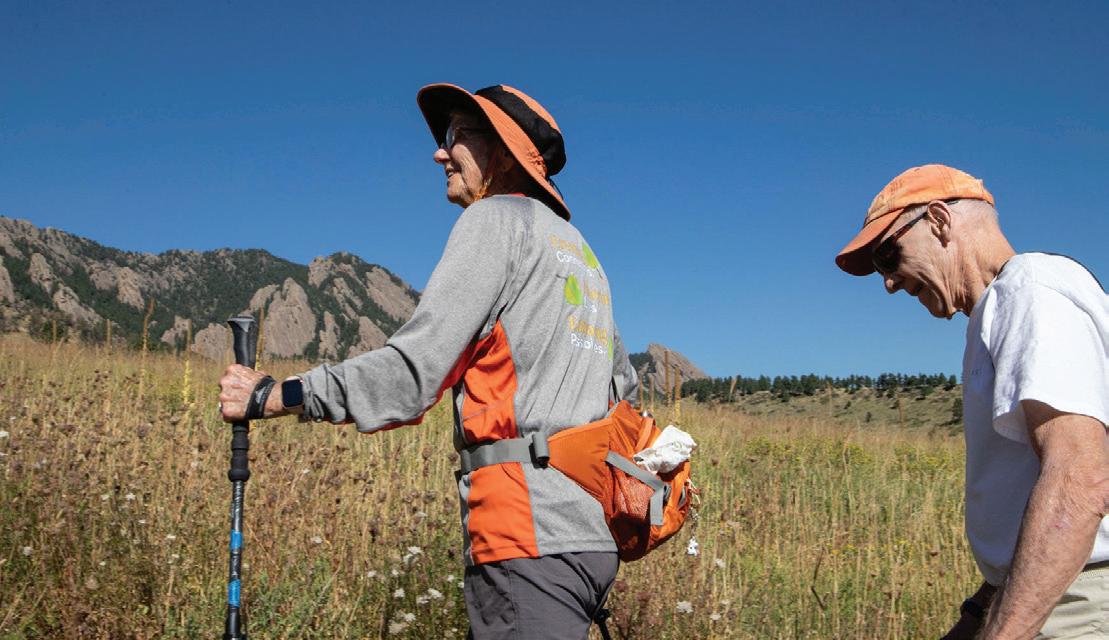
craft garments out of recycled materials.
Driven by the belief that eco-friendly practices benefit not only the planet but also the well-being of each resident, Koul has helped design a community at Cogir that is mindful of energy efficiency and the physical and mental benefits of time in nature. At Frasier, residents enjoy spotting
butterflies in the garden, as Frasier hosts a City of Boulderdesignated pollinator site.
An increasing number of senior living communities “recognize that staying engaged with the wider community enriches lives, fosters connection and

creates a shared sense of belonging,” said Koul. Cogir aims to build community through resident opportunities to support Broomfield High School students in their drama, music and sporting events. At Balfour, residents are keen to attend music programs by University of Colorado professors, and many residents are active members of Rotary
chapters, volunteer with their religious community and participate in politics.
Frasier engages with the broader community through partnerships with many area organizations. For years, it has sponsored the Boulder Walk to End Alzheimer’s, and this fall, to celebrate its 65th anniversary, Frasier will co-host a community celebration.
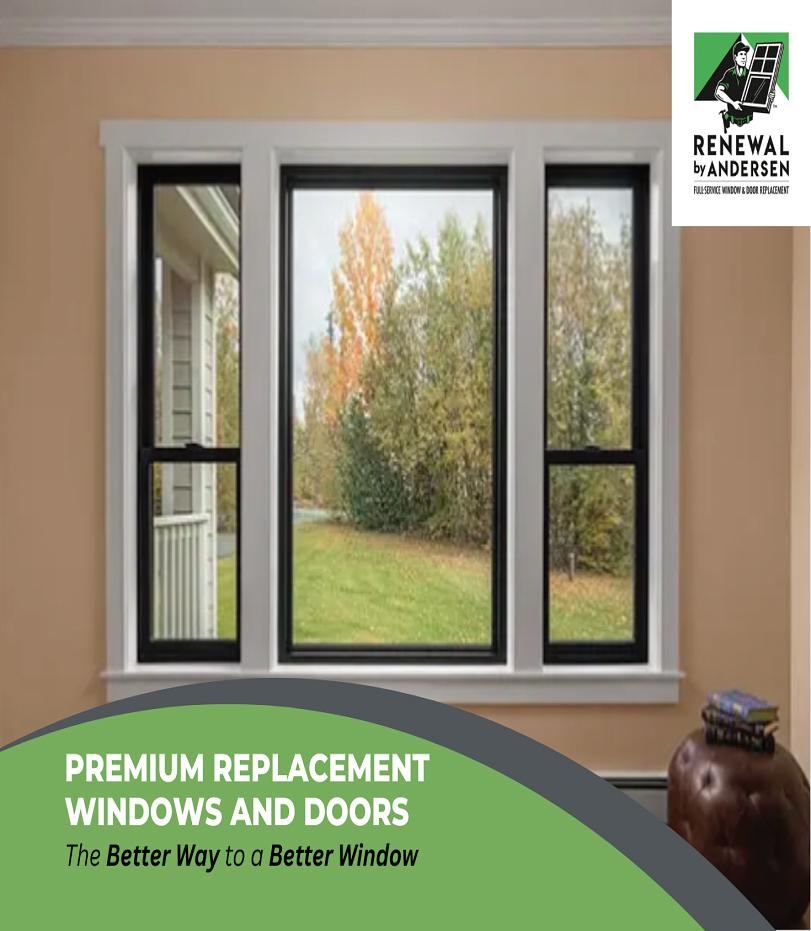
By Sarah Huber Aging at Altitude
Two of Boulder’s most accomplished residents have lived more than a century, bringing a wealth of experience and wisdom to the community Mary Wolff, age 101 and a Democratic Party changemaker, and John Richardson, age 103 and an eminent scientist, also both happen to reside at Academy University Hill in Boulder and recently sat down with Aging at Attitude to share their unique approaches to risk, opportunities and living well.
While Wolff found her stride at the National Center for Atmospheric Research (NCAR), her earliest memories include lunch with her father at his club in Minnesota – and being compelled to enter through a side door. “The main entrance was for men,” she recalled. “If you were going to meet your father, you had to go around the side, then up some stairs.” Though her father eventually worked in business for Planned Parenthood, “this was a time when a lot of men just didn’t get it,” said Wolff. She met her first husband, a Navy man, at the University of Michigan, and they married during World War II. Wolff remembers periods of loneliness as the couple moved often, and she had no access to a car Later, she earned a degree in journalism at the University of Denver even as she was caring for their three children; after they divorced, Wolff landed a job as an administrative assistant at NCAR.
“I was very lucky to be hired by Walter Orr Roberts (at NCAR),” said Wolff. “He was quite open-minded about women. I never got a title beyond being an assistant, but he gave me an opportunity to do an awful lot of things.” Unfortunately, she said, “This was a time when nepotism influenced hiring decisions.” After she remarried another NCAR employee, Wolff was terminated.
“I had learned a lot of things, which set me up,” she said. Wolff started a consultation business before she was recruited to organize for the Boulder County for Democrats. “We went door to door during the 1964 Johnson-Goldwater election,” she said. At the end of it, the County flipped from Republican to Democrat, a lasting change. As a member of the Eco-Cycle board for many years, she was instrumental in introducing recycling services to Boulder
“There was only one traffic light in Boulder when I moved here,” Wolff said. “It’s a whole new world.” Some things, however, do not change, she added. “The current administration is trying to put women down. We have to resist again.”
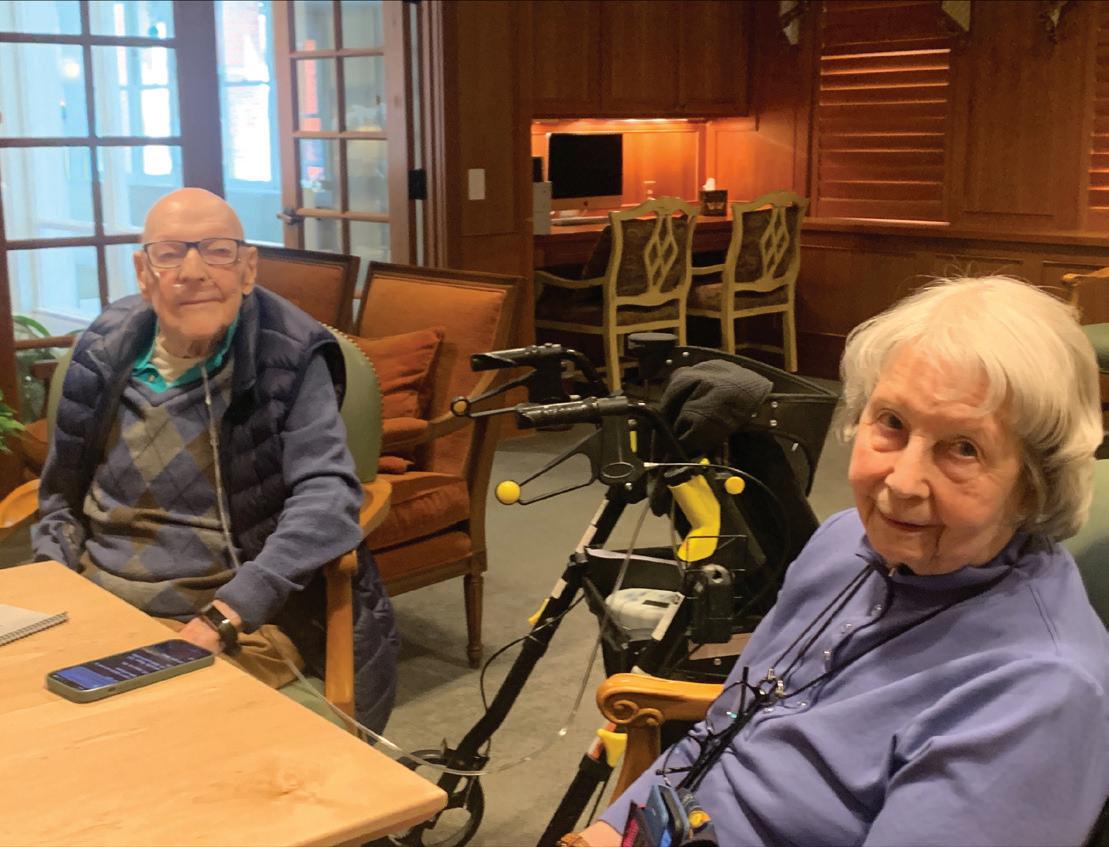
Richardson paused his graduate studies to join the Navy during World War II. “I was assigned shore duty since I had graduate work in electronics,” he recalled.
“There was only one traffic light in Boulder when I moved here. It’s a whole new world.”
John Richardson’s roots go deep into Boulder soil. “My grandparents moved to Boulder in 1896, and my father was a traveling salesman,” he said. Upon graduating from the University of Colorado,
After the war, he finished his graduate work at Harvard and was hired by the National Institute of Standards and Technology in Boulder, where he helped develop the atomic clock, today’s time standard. Afterward, out of his love for Colorado, he turned down more than one call to work in Washington, D.C., but finally relocated to serve in telecommunication technologies. At the National Academy of Sciences, he spearheaded governmentdirected studies, including one on the safety of U.S. plutonium reactors, following the Chernobyl disaster.
“I eventually moved on to fulfill an early ambition of mine to be a college professor,” Richardson said. He taught at the University of Maryland until retirement in 2000, when he continued to lead classes online. “Then,” he said, “I finally moved back to the love of my life, Boulder, and ended up at the Academy.”
Richardson urged young people to be led by three principles: don’t fear risk, seize opportunities and be open to new experiences.
As for the Academy, “I’ve never met two smarter people in my life,” said Shirley Berg, director of community relations at Academy Boulder. With John and Mary, not only is there great wisdom, but there is also great goodness. These are two people who improve any gathering, and the influence of their wisdom and goodness has shaped the culture of the Academy in countless ways.”

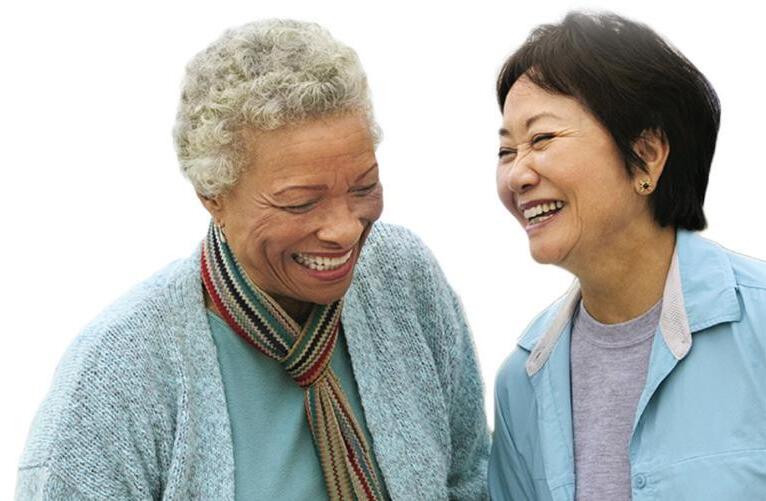

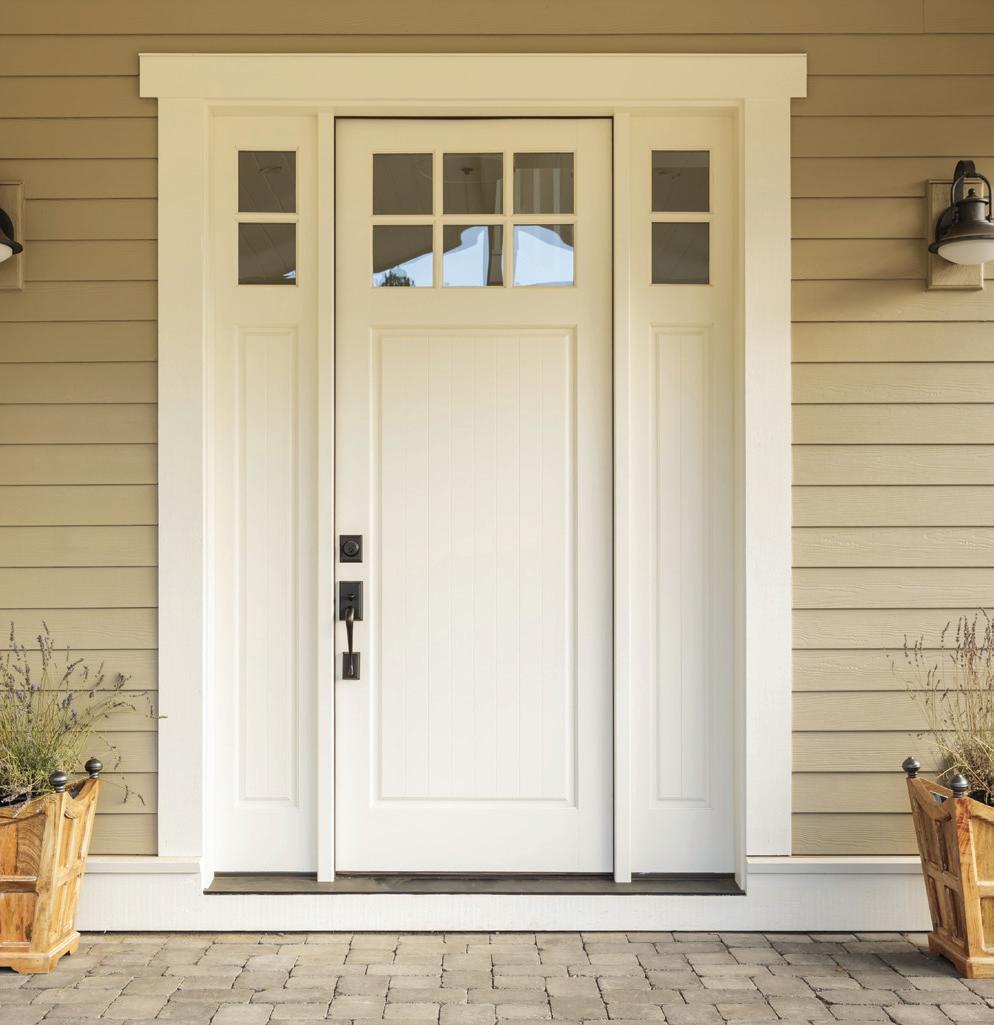
Tips, truths and the 2025 changes you need to know
By Darren Thornberry Aging at Altitude
In a landscape that’s often overwhelming, local expertise can help you find footing with your Medicare coverage. We reached out to Mary Hansen of Aging at Altitude Medicare Solutions to get her insight.
Q:ARETHERE IMPORTANT CHANGESTO MEDICARE THIS YEAR?
A: The new $2,000 cap on Part D prescription costs in 2025 will relieve those on expensive medications.

Q: ISTHEREACOMMON MISCONCEPTIONABOUT MEDICARE?
A: People think when they are still working when turning 65 that they should stay on their employer coverage when, 9 out of 10 times, it’s cheaper to go onto a Medicare plan for
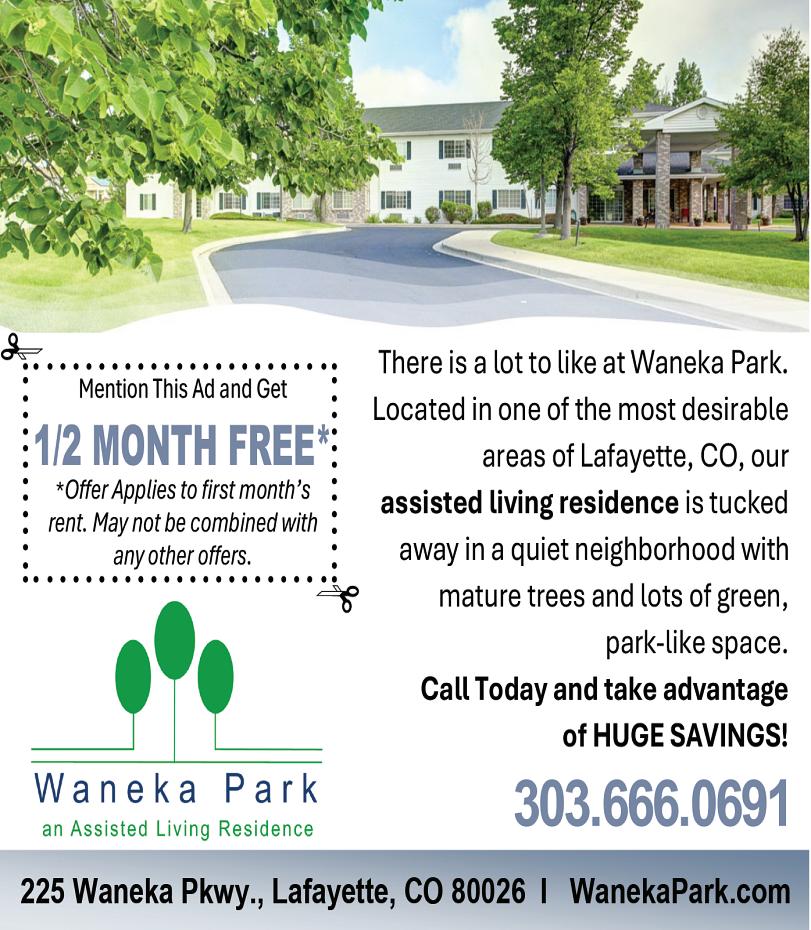
the lower costs, much lower deductibles, and out-of-pocket expenses. They can even make changes outside their standard open enrollment periods just for being 65 or older! It’s essential to consult with a professional to crunch the numbers and determine the best strategy when approaching Medicare eligibility while still employed.
Q: MEDICARE SEEMS LIKE ARECIPE FOR CONFUSION. ISTHATTRUE?
A: Yes, Medicare can be very confusing, and, to make it worse, if you don’t do it correctly, there are certain penalties involved. That’s why I wonder why so many try to go at it alone! They don’t realize that there are people like me who can help with no additional cost for our services.
Q:WHATIS YOURADVICE FOR SOMEONE NAVIGATINGAND TRYINGTO UNDERSTANDTHEIR OPTIONS?
A: Look at all of the pros and cons of the options. Find someone local to help, as Medicare plans vary not only per state but, in fact, per county Therefore, finding an advisor who represents all of the insurance companies (not just one) and is local is the best way to go about selecting what’s “best” for you. Ensure you find coverage that works with all of your doctors and covers all of your medicines.
Q:WHAT’S YOUR CORE MESSAGE ABOUTMEDICARE?
A: Keep it simple. The marketing attempts to confuse you and always make you think that you are leaving benefits on the table.

M.P. Murphy & Associates offers distinctive, personal, and affordable services designed to help you honor your loved one in a way that is unique to them and meaningful to you




Understanding what you actually qualify for and sorting past the advertised bells and whistles is key to success. Focus on the nuts and bolts of your coverage. No one plans on getting sick, but when you do, you want to
ensure that you have coverage that you can count on.
A: Medicare has a well-known Annual Enrollment period every fall, yet many qualify to make changes during other times of the year, depending on their circumstances. Just getting someone to review your coverage options and confirm that you are on the right coverage gives you the peace of mind that you need.
Mary Hansen is a licensed representative at Aging at Altitude Medicare Solutions, agingataltitude.com.
LISAASMUSSEN HEADWATERS
HEALTH AND WEALTH
992 S. 4TH ST., BRIGHTON 303.887.8584, HEADWATERSHW.COM
Lisa Asmussen began helping others with Medicare after assisting her own mother. As a licensed broker, she’s helped hundreds make informed health insurance decisions. Her compassionate, client-focused approach ensures every person receives personal guidance and support when navigating Medicare enrollment and selecting the plan that fits their needs.
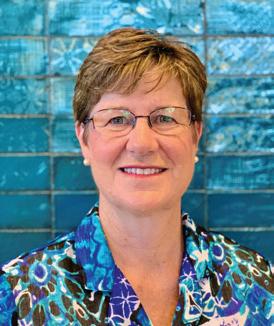
TRACI BURNHAM FIDELIS CONSULTANTS
12170 TEJON ST., UNIT 1000, WESTMINSTER 303.250.0043
TRACIBURNHAM.COM
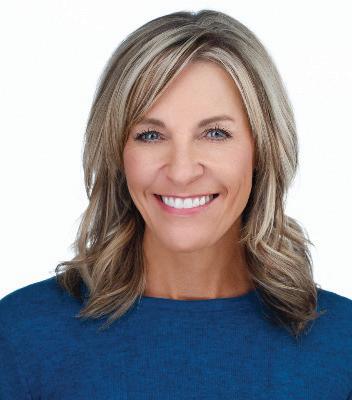
Traci Burnham offers no-cost, no-pressure consultations to help clients understand Medicare enrollment and avoid common mistakes. Based in Westminster, she serves clients across Colorado. Traci is dedicated to being a lifelong resource, clarifying Medicare Supplement vs. Advantage plans and empowering individuals to make confident insurance decisions.
MARY HANSEN
AGING AT ALTITUDE MEDICARE SOLUTIONS
390 INTERLOCKEN CRESCENT, BROOMFIELD 303.548.2841
AGINGATALTITUDE.COM
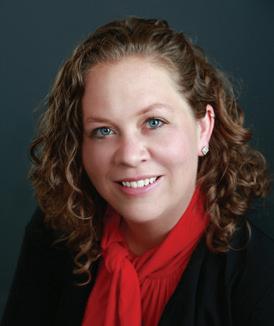
Mary Hansen, founder of Aging at Altitude, leads a full-service brokerage focused on education and service. She simplifies Medicare with one-on-one support, annual checkups and help comparing plans. Mary’s passion is making Medicare understandable, offering nationwide talks and local expertise to help clients feel confident and informed.
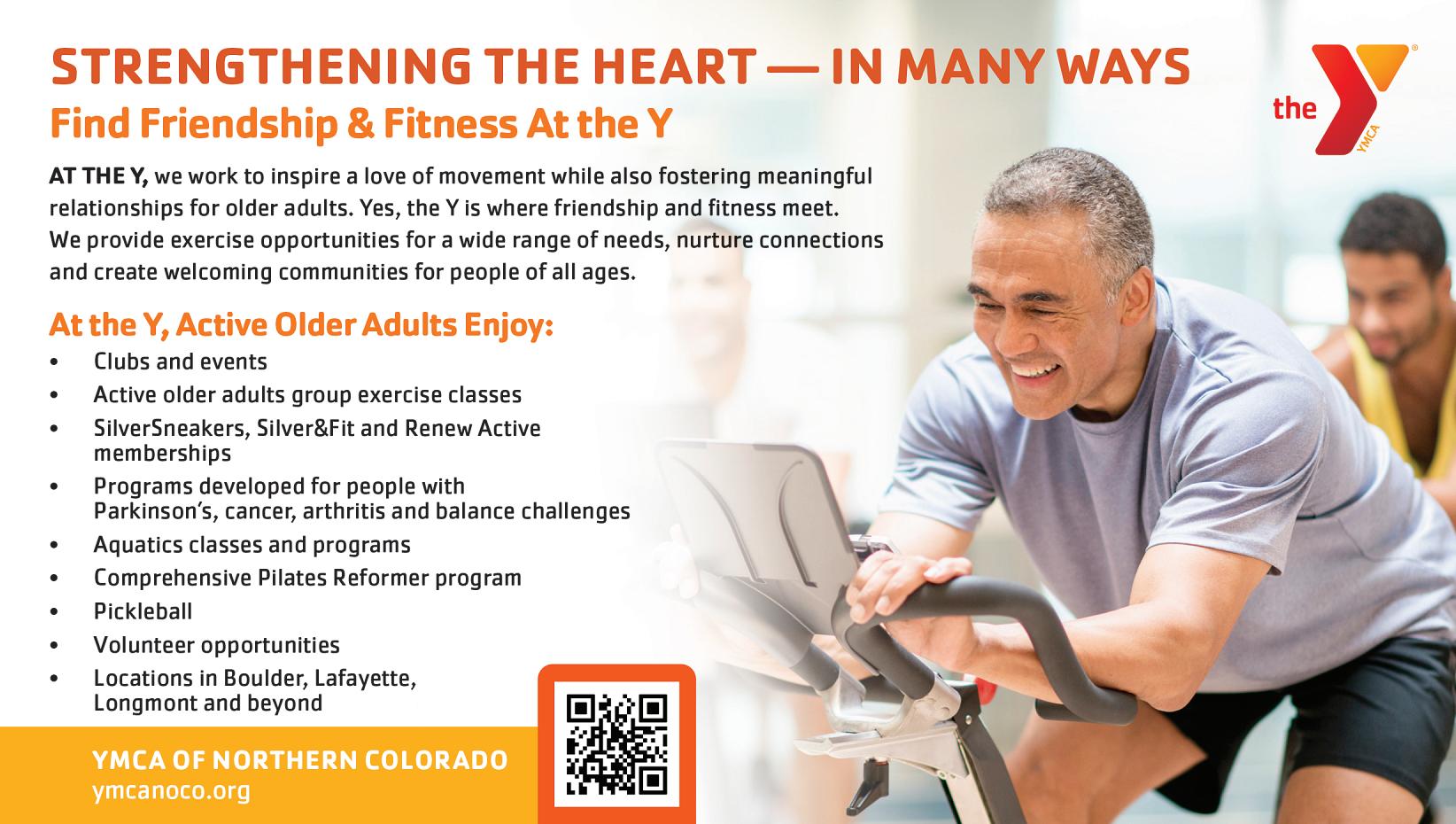






















































By Ross Maak Aging at Altitude
Planning ahead, starting at a young age, is one of the most important actions an individual or couple can take to ensure financial stability in retirement.
Super. But c’mon, who does that?
Now that you’re in your 40s or 50s, retirement age is coming up quicker than you expected, and that nest egg everyone told you to think about all those years ago better resembles a bluebird egg than an ostrich egg.













Of course, failing to save early may not be the only culprit. Plenty of us had a plan, only to see it blown up by missteps or ever-changing circumstances.
Alas, all is not lost. While yesterday was the best day to start planning, today is the second-best day
Getting together with your financial advisor – sooner rather than later – can help put you on a path to financial independence in retirement.
“For those nearing retirement, work with your financial advisor to review your progress,” advised Brett Wiley, a financial advisor at Edward Jones in Louisville. “If you’re not on track to reach your goals, you still have time to make adjustments.”
Wiley recommended three concepts that can work depending on your individual situation – time, money and returns:
Determine your flexibility
You may be surprised where you’re spending your money and may have more flexibility than you think to save more. If you have flexibility on when to retire, delaying retirement a few more years could have a dramatic effect. Delaying could also dramatically improve your retirement lifestyle. Not only could it provide time to save more and grow your investments, but it could also increase your Social Security benefits.
Your employer can help, too, as many companies match retirement plan contributions. Even if you’re trying to balance other goals and pay down some debt, we recommend you try to at least contribute enough to earn the full employer match — don’t leave “free money” on the table.
you still have time to make adjustments.”
Take advantage of catch-up provisions, Once you reach age 50, you can contribute more to your retirement accounts, including 401(k)s and IRAs.


Ensure your investments align with your goals. Review your investment strategy to ensure you’re taking the proper amount of risk to achieve your desired return. But don’t invest too aggressively to try to make up for lost time— this could actually increase the risk that you don’t meet your goals.
Having an intelligent strategy for taxes can also help
guide your decisions.
“Because taxes can significantly impact your portfolio’s value, we recommend investing in taxadvantaged accounts as well as diversifying accounts by tax treatment — including traditional and Roth accounts — because this can provide more flexibility in retirement,” Wiley said.
“Where you focus your contributions may change based on your life stage and tax situation, so discussing your strategy with your financial advisor and a tax professional is important.”
Wiley added that taxdeferred/tax-free growth is a major benefit when saving for retirement. Every dollar saved in taxes is one more you have to spend in retirement.
“By allowing your portfolio to grow without the impact of taxes, you can be in a much better position to achieve your goals,” Wiley said.


By Julie Kailus Aging at Altitude
As Boulder County’s population ages, more older adults are seeking ways to stay in their homes longer. While many want to age in place, AARP research shows that one-third of adults aged 50+ feel their homes need modifications for safety and independence. Here’s how to plan for a safer home for years to come.
Before making any changes, talk openly with your loved ones about their needs. Don’t wait for an emergency to prompt action. Walk through the home together, identify potential issues and concerns, and prioritize changes to help them maintain independence.
“It’s important to remember that our stuff becomes more of a burden as we age,” says Beth Blacker, home organizer and
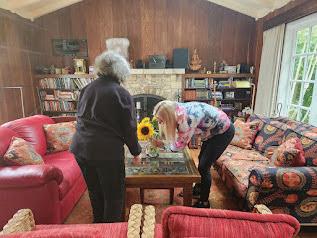
While many want to age in place, AARP research shows that one-third of adults aged 50+ feel their homes need modifications for safety and independence. (Photo courtesy: It’s Just Stuff).
founder of It’s Just Stuff. She suggests going through the low-hanging fruit or the easy stuff first. “It will always feel better to accomplish something right away and will set you up for success to stay on task even as you get to the harder stuff,” she says.
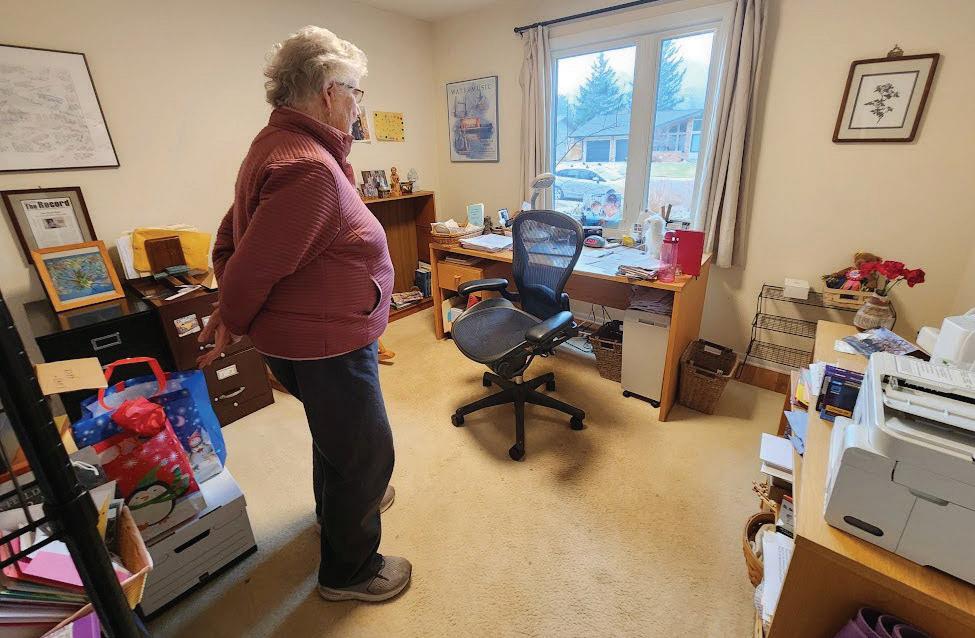
“Set aside 15 to 20 minutes a day to go through one drawer, cabinet or section of a closet. It will obviously take longer, but you won’t get exhausted and fear the continuation of the process.”
She advises allowing time to reminisce but not getting
so caught up in the emotions attached to stuff that you become paralyzed. “Remember that you are not throwing out your entire past but intentionally and deliberating reducing the physical objects that no longer have a purpose in your life,” she says. “There are many ways to preserve memories without taking up valuable space in your home and, yes, in your head, because external clutter does cause internal clutter, and that is exactly what you should be avoiding at any age.”
Clear bins can quickly organize similar items for easier access and identification. But don’t rely on storage to keep things that your loved one is struggling to let go of. “You will end up wasting a lot of money just for things to sit in boxes,” she says.
Prioritize small, budgetfriendly changes that make the home safer. Add grab bars
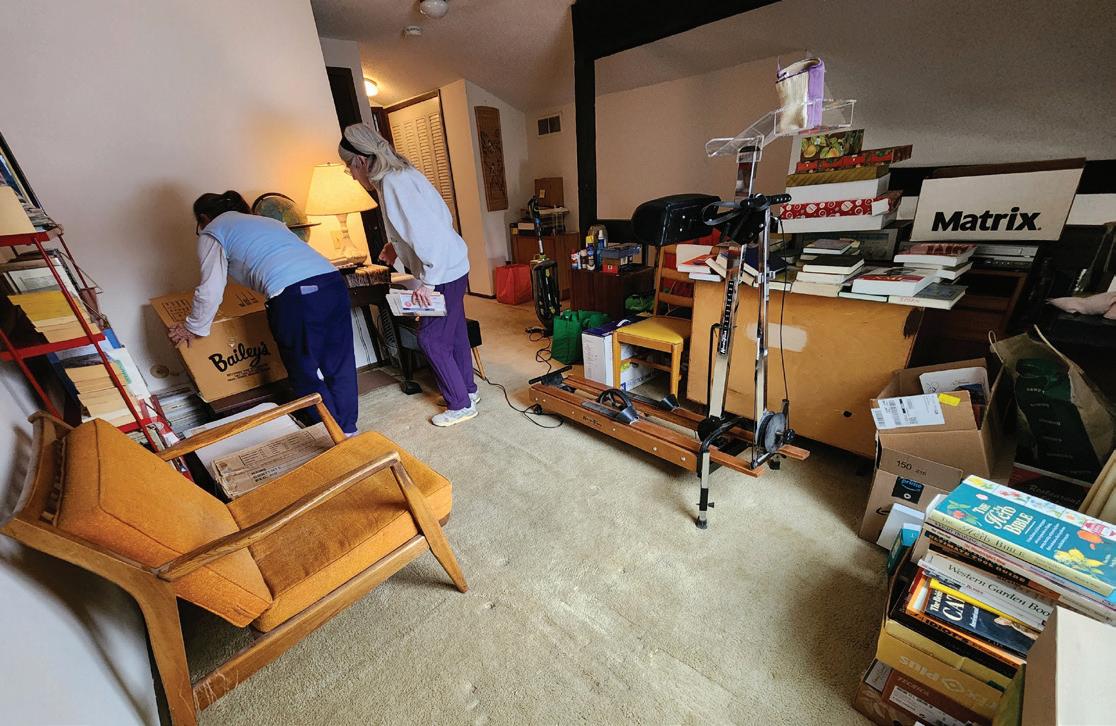
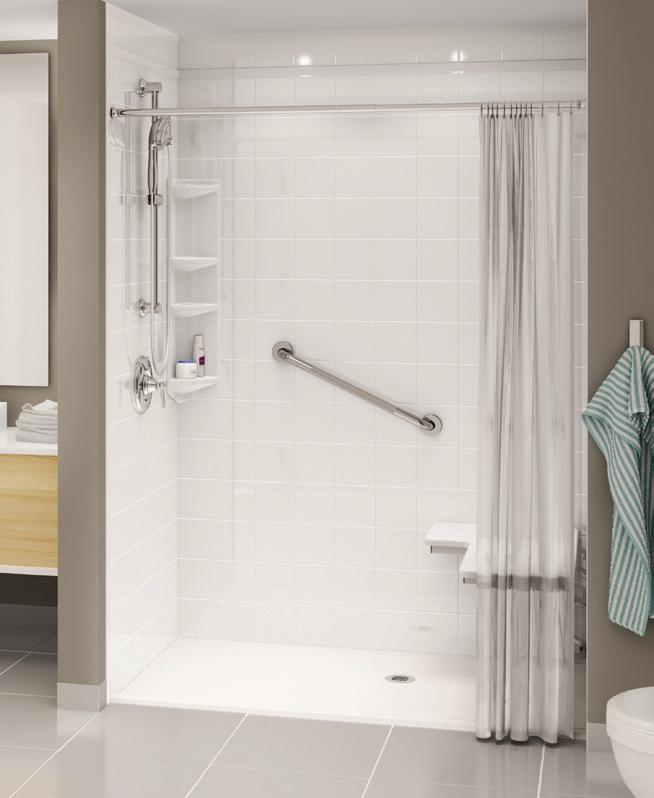
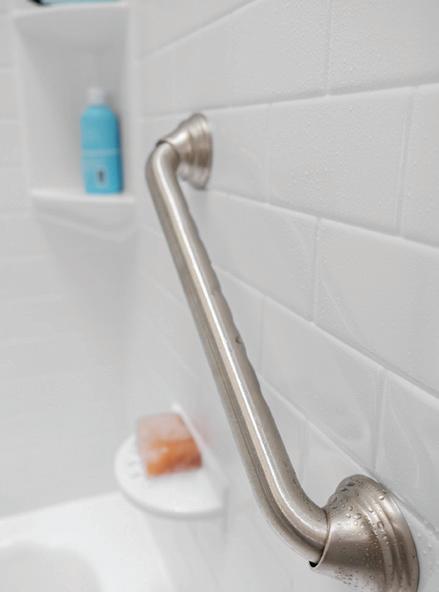
Prioritize small, budget-friendly changes that make the home safer Add grab bars in bathrooms, install better lighting and runners for hardwood floors. (Photos courtesy: Bath Fitter / McDonald Carpet One).
lighting, and consider non-slip strips in high-risk areas like the bathtub. Wider doorways and no-step entries are also helpful for both wheelchairs and strollers.
Start with the most dangerous room in any home: the bathroom. Eighty percent of falls among aging adults occur here because of wet, slippery surfaces.

Commonly used for shower or bathtub transitions, grab bars are also helpful near the toilet to aid in sitting and standing, according to Renae Belobraydich, marketing manager for Bath Fitter of Colorado. For this critical component, she recommends researching the exact specifications required for weight bearing and repeated usage and ensuring correct


bar length, diameter and positioning.
Other bathroom adjustments that can help loved ones age safely in place include converting tubs to showers, moving shelving within reach, adding extra seating and installing ergonomic, clearly marked faucets.
For homes with hardwood floors throughout, Kelley
McDonald of McDonald Carpet One recommends adding runners to the stairs and area rugs, which Carpet One can create in custom shapes and sizes. “If they use mobility devices, we suggest easy-cleaning, water-resistant luxury vinyl plank flooring for a smoother surface for walkers or wheelchairs.” And, of course, carpet can create warmth underfoot and offer greater forgiveness in case of a fall.
You might be surprised to learn that local agencies may offer financial aid to help family caregivers with home modifications. Free or low-cost services may include safety assessments and equipment like ramps and grab bars. For more general aging-in-place resources, check out the AARP HomeFit Guide, aarp.org/ livable-communities/housing/ info-2020/homefit-guide.
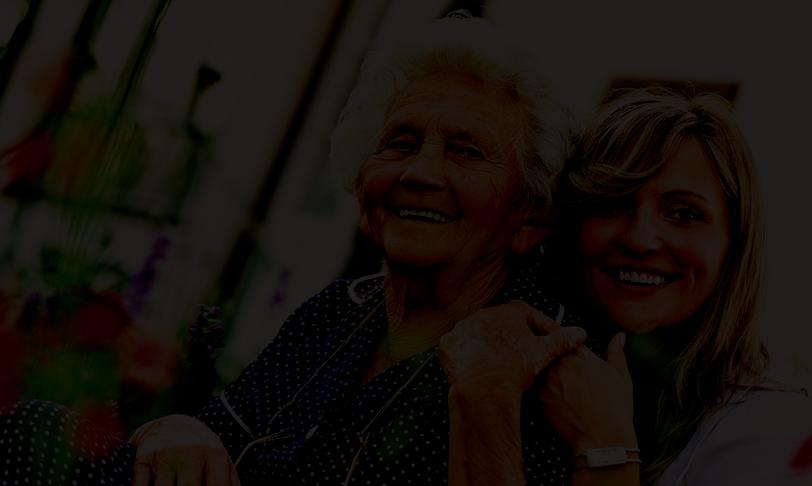
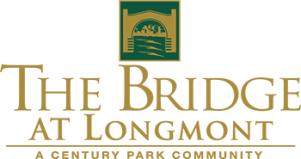

By Duane Duggan Aging at Altitude
Many Baby Boomers never had the opportunity to buy a home in their younger years, while others faced the loss of their homes during the 2007 to 2012 recession. Born between 1944 and 1964, Baby Boomers are now between 61 and 81 years old. With 76 million Baby Boomers in the U.S., many are now in their retirement years and wondering, “Am I too old to buy a home?”
While age may limit certain activities, homeownership is not one of them. In fact, according to the National Association of



Realtors® , nearly 25% of firsttime homebuyers are over the age of 52.
One common myth that discourages older adults from purchasing a home is the belief that they are too old to qualify for a mortgage. However, the Equal Credit Opportunity Act prohibits lenders from discriminating based on age. As with any borrower, eligibility is determined by creditworthiness, debt levels and income stability to ensure the ability to make monthly mortgage payments. Since we’ve established that there’s no age limit for buying a home, the next step is evaluating whether purchasing a home aligns with your financial and lifestyle goals. Here are a few key considerations to help guide your decision.
If you’re planning to take out a mortgage, the key factor to consider is whether your cash flow can sustain the monthly payments over the long term. Think about how you would manage the payments if a major life event, such as the loss of a spouse, were to occur If you’re still working, assess whether your retirement income will be sufficient to cover the mortgage Additionally, if you’re purchasing a home in a community with a Homeowner’s Association (HOA), review the potential for fee increases and ensure they fit within your budget.
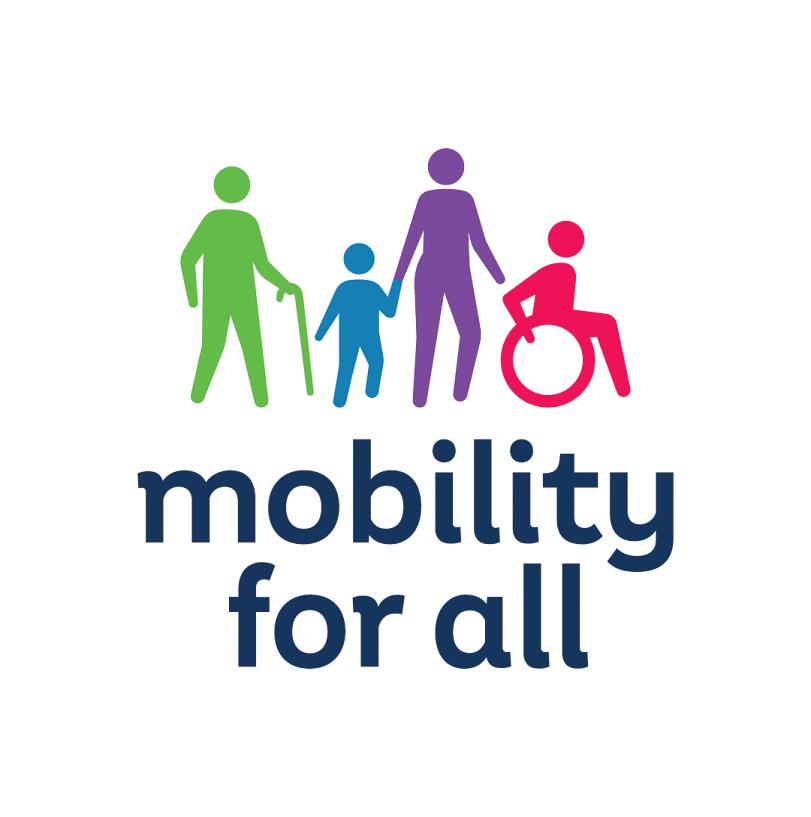
In markets like Boulder County, where home values have consistently appreciated, buying a home as a senior is generally a sound investment. However, if you’re considering a market with a history of declining property values, purchasing a home may not be the best financial decision.
Homeowners who have built up equity over the years have a great opportunity to downsize and purchase a new home without monthly mortgage payments by using a reverse mortgage.
Some Baby Boomers prefer a lock-and-leave lifestyle that allows them to travel freely,
while others want a home with space for visiting grandchildren. Some prioritize access to recreational activities like golf, while others focus on proximity to shopping and medical facilities. For those seeking an active and convenient lifestyle, 55-plus communities offer a range of amenities designed to support health, wellness, and social engagement.
Many seniors today wish to age in place, but it’s important to consider whether a home will remain accessible in the future. While it may be suitable now, Baby Boomers should evaluate whether the home would still meet their needs in the event of a disability or mobility challenges
Continuing with the theme of
aging in place and avoiding the need for assisted living, having a dedicated space for a caregiver could be an ideal solution. In areas where Accessory Dwelling Units (ADUs) are permitted, they offer a perfect setup for accommodating a live-in caregiver while maintaining privacy and independence.
In retirement, some Baby Boomers enjoy gardening and handling minor home maintenance, while others prefer a completely maintenance-free lifestyle. The tradeoff is that lower-maintenance housing options often come with higher Homeowner Association (HOA) fees.
Eventually, everyone must
consider the possibility of no longer driving. Having convenient transportation options for daily activities becomes increasingly important as mobility needs change.
After weighing all the key factors, you can confidently decide whether buying a home as a senior is the right choice for you. Just don’t let age be the reason to hold back—it’s never too late to become a homeowner!
Connect with your Realtor® and lending professional to explore financing options that can help you achieve homeownership.
Duane Duggan is a Realtor at RE/MAX of Boulder. For questions, e-mail duaneduggan@boulderco.com, call 303.441.5611 or visit boulderco.com.

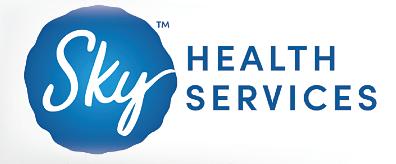
Personalized: We get to know you and your health history and personalize our care to meet your particular health needs.
Convenient: With 3 locations in Boulder County and the surrounding area we make it easy to access care.
By Ross Maak Aging at Altitude
As we age, thoughts automatically turn to the legacy we leave behind. Any work done ahead of time can also save survivors a ton of grief down the road.
As we age and start facing end-of-life scenarios, or as relatives grow older and need more assistance, learning what a fiduciary does becomes considerably more important The word “fiduciary” may be
a common word for some. For many, however, it’s probably a word they’ve heard of – and could even spell correctly – but the definition isn’t there.
“A fiduciary is a person or organization that owes to another the duties of good faith and trust, and must act in their best interest,” said attorney Ashley A. Geary with Jorgensen, Brownell & Pepin.
“There are many fiduciary roles an individual can serve in, but serving as a fiduciary in the context of a medical or financial agent for another individual generally encompasses serving as a guardian, conservator or agent under a power of attorney.”

Many fiduciaries work after having been given power of attorney rights. These rights must be assigned while the subject still has the capacity to do so.
“A power of attorney can be effective immediately or only upon the subsequent incapacitation of the principal,” Geary said.
If such powers aren’t set up beforehand, the court grants guardians and conservators those powers. This usually occurs after an individual no longer has the capacity to make those decisions.
That said, “Acting in any of these capacities on behalf of another individual requires an
understanding of the rules and responsibilities governing the fiduciary, which can be found in Colorado statute, the power of attorney document itself, or any court orders,” Geary said.
“Serving in a fiduciary capacity is the highest legal duty of one party to another, and a fiduciary must act in the other party’s best interests and with undivided loyalty.”
Even the most astute of us can struggle to keep up with all the changes lately.
According to Diedre Braverman at Braverman Law, here are five changes readers


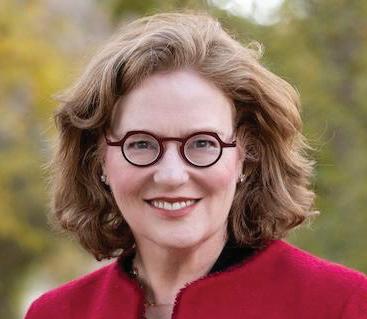
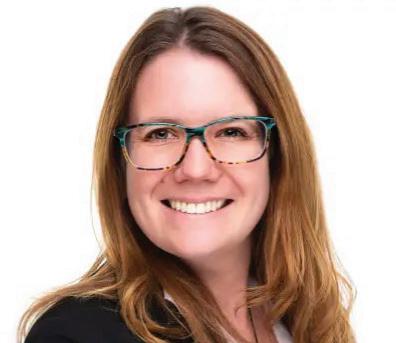
should be aware of:
The estate tax exemption is set to decrease significantly on January 1, 2026, dropping from nearly $14 million to between $6 to 7 million per person. This will impact many more families than the current exemption.
There’s been an increased focus on digital asset planning, with new laws addressing how cryptocurrency, online accounts and digital files should be handled in estate plans.
Remote notarization and electronic document signing
have become more widely accepted, making estate planning accessible from anywhere in Colorado via the Internet
Multi-generational planning has gained importance as families focus on wealth preservation across generations while balancing immediate needs.
Asset protection trusts and LLCs are becoming more common as people seek to protect their assets from creditors and lawsuits.





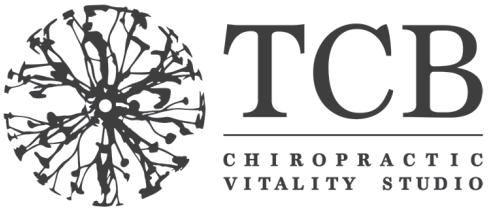
















































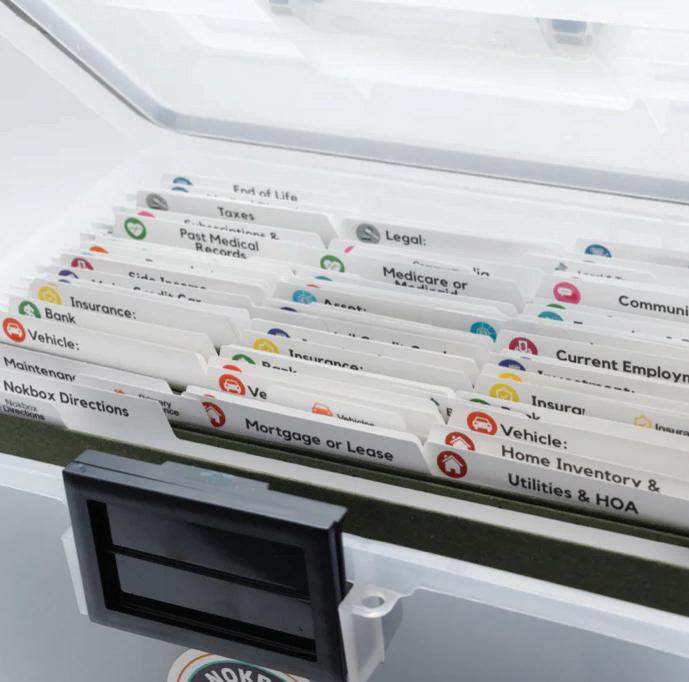
By Darian Armer for Aging at Altitude
Dealing with the death of a loved one is difficult. It’s even more painful when hours are spent digging through old file cabinets, trying to hack into their laptop, or rummaging through stacks of bills. We reached out to Nokbox (Next of Kin Box) for tips to
organize all your accounts, possessions, social media presence, communities, kids, pets, personal history and estate plans.
Having a will or trust in place might give you or your loved ones some peace of mind when it comes to getting your affairs in order, but that’s not where it should end. Nokbox creator Maria Fraietta, says it’s more than just a will When her dad passed away, she and
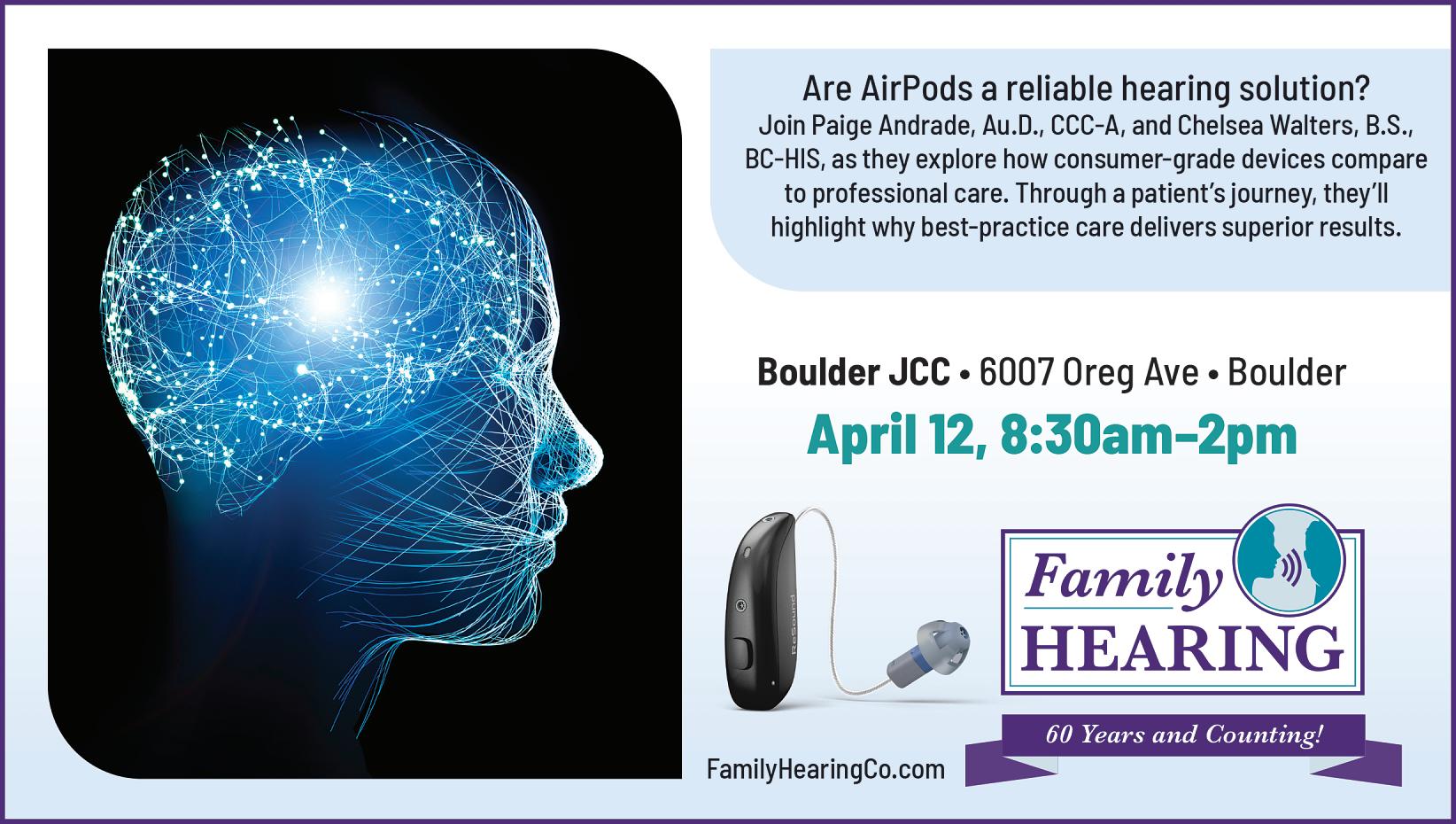
her brothers were left searching for passwords, bank account information and even physical items.
“It made me think that if my brother, who is my trustee, had to come and run my life without me and shut this life down, he wouldn’t be able to,” she says. “It’s a lot more than just the legal stuff. We didn’t need this product 30 years ago. It wasn’t quite as complicated because we didn’t have everything online. We have digital subscriptions to everything from Netflix to Hello Fresh. Part of planning for the end is removing the perception that it’s just for old people. It’s for anyone who wants to get organized.”
When it comes to getting your affairs in order, Fraietta says the best time to do so is now.
“Once you move out on your own and have a place you can start planning. Who will call the landlord or take care of your
bills if something happens? Even if you don’t think you have anything to prepare, you likely do.”
Getting things in order is also a good way to take stock of goals and where you’re at in meeting them.
“The younger you are, the easier it is. Maybe you look at it and go, ‘Wow, I don’t have any investments. Maybe I need a 401k.’ You can add things over time. The Nokbox is super easy to update.”
When thinking about what your family or friends would need to know if something were to happen to you, include all your passwords and accounts.
“The internet is infinite, and people don’t know what you do or don’t have,” Fraietta says. “Everything is digital. You’re just accounting for it.”
The Nokbox includes 66 folders, each with a detailed and specific checklist inside. The

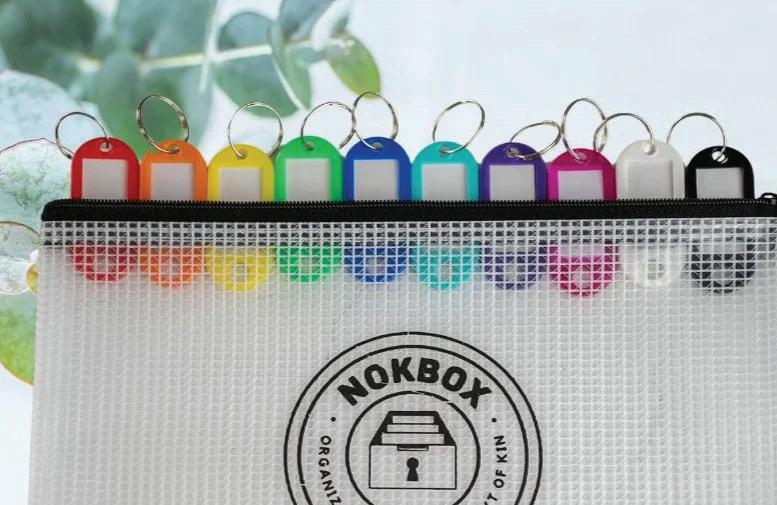
checklists tell you exactly what to put in each folder on one side and have instructions for what your next of kin should do with the information on the other From pet records to insurance, student loans and vehicles, Nokbox covers every area of life so you can gather everything
your next of kin will need in one place.
“The box accounts for everything, big and little, and really helps you manage your life,” she says.
For more information about Nokbox, visit theNokbox.com.
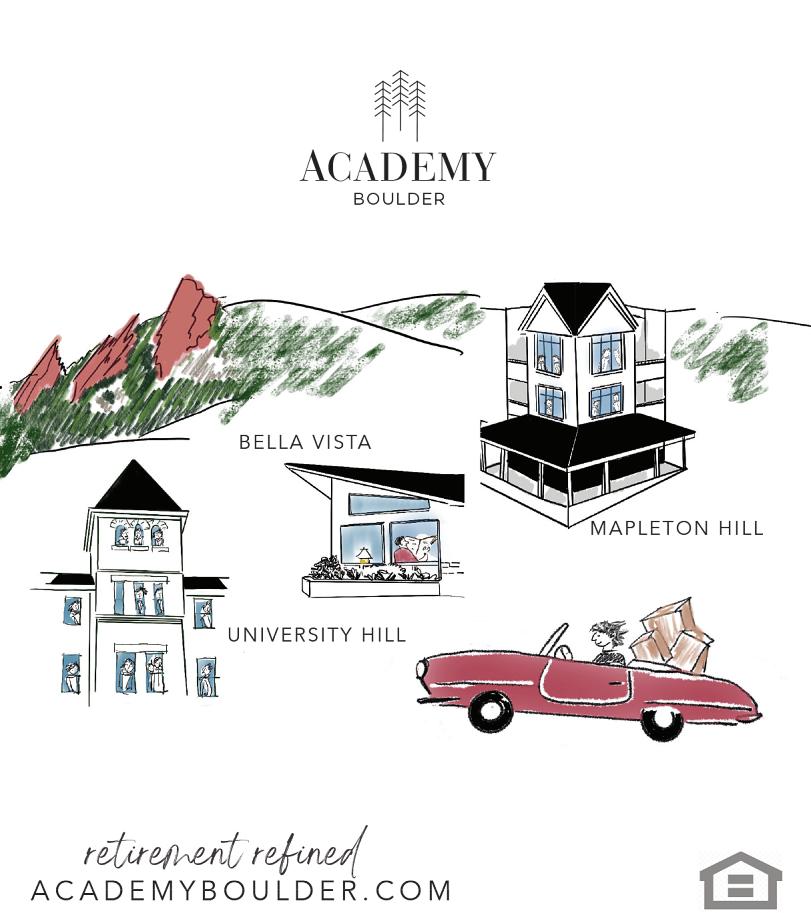

By Matthew Van Deventer Aging at Altitude
Pre-planning your funeral, may not be on top of the to-do list. It’s a task that can sound daunting, emotionally taxing, and maybe a little too early. However, it’s never too early to plan your own funeral, because doing so can save the loved-ones left behind both emotional and financial burden.
“Pre-planning your funeral means making decisions in advance about how you’d like to be cared for after death and
how you want your loved ones to honor your life,” said Austin Thompson, the general manager and a funeral director at The Natural Funeral in Lafayette.
Clients can make decisions such as whether or not to have a service and what happens at the service. They can choose from a variety of dispositions like cremation or burial and eco-friendly options like terramations, water cremation and green burials. Religious options are also taken into account.
Your family members, in their grief, won’t have the added stress of trying to figure out what you
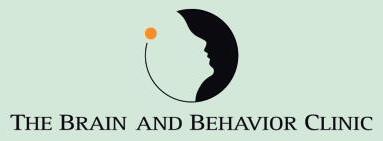
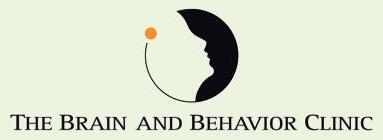

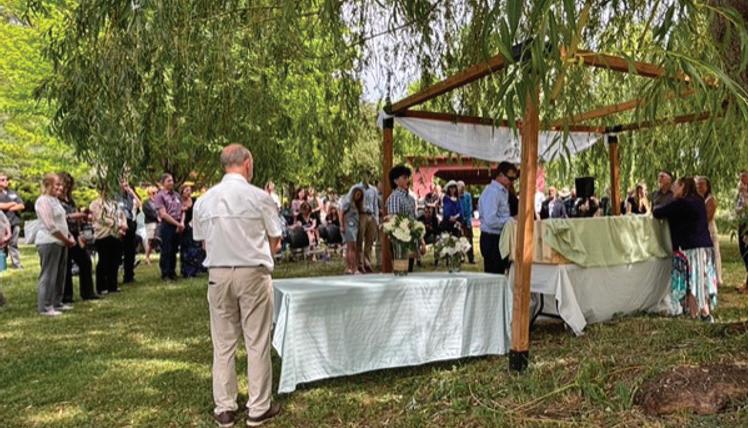
Preplanning
wanted
Pre-paying also helps lift the financial burden off the family, according to Michael Greenwood of Greenwood and Myers Mortuary Pre-paying for a funeral can lock in costs “so you’re not subject to inflationary price increases,” said Greenwood Funeral costs can be significant and even
more so with inflationary increases.
Most people only make funeral arrangements once or twice in a lifetime, said Greenwood The process is unfamiliar. Greenwood suggests selecting a local establishment. They will take information from a client, educate them and then help them make the best
“Pre-planning your funeral means making decisions in advance about how you’d like to be cared for after death and how you want your loved ones to honor your life.”
decision for what they want.
Michael Murphy, owner of Murphy and Associates, stresses that when you’re looking for funeral homes to pre-plan services with, it is paramount to find funeral homes and directors who are properly licensed and credentialed.
On May 24, 2024 Colorado legislatures required funeral directors to be licensed by 2027 after a series of tragic events
that involved the mishandling of decedents. Before the change in law, Colorado was the only state in the country that did not require licensure for funeral directors, mortuary science practitioners, embalmers, cremationists and natural reductionists.
Pre-planning should also be done with a pre-need professional, who is licensed in the insurance industry or with a trust account.
In Colorado, Murphy explained, pre-arranged funerals can be funded by a trust, often through a bank or by an insurance account. Some funeral homes, like Murphy’s have both a licensed funeral director and a licensed insurance agent.
Murphy said, “We have to be advocates. Not only are we advocates for the client’s family, but we have to continue to be advocates for the deceased.”
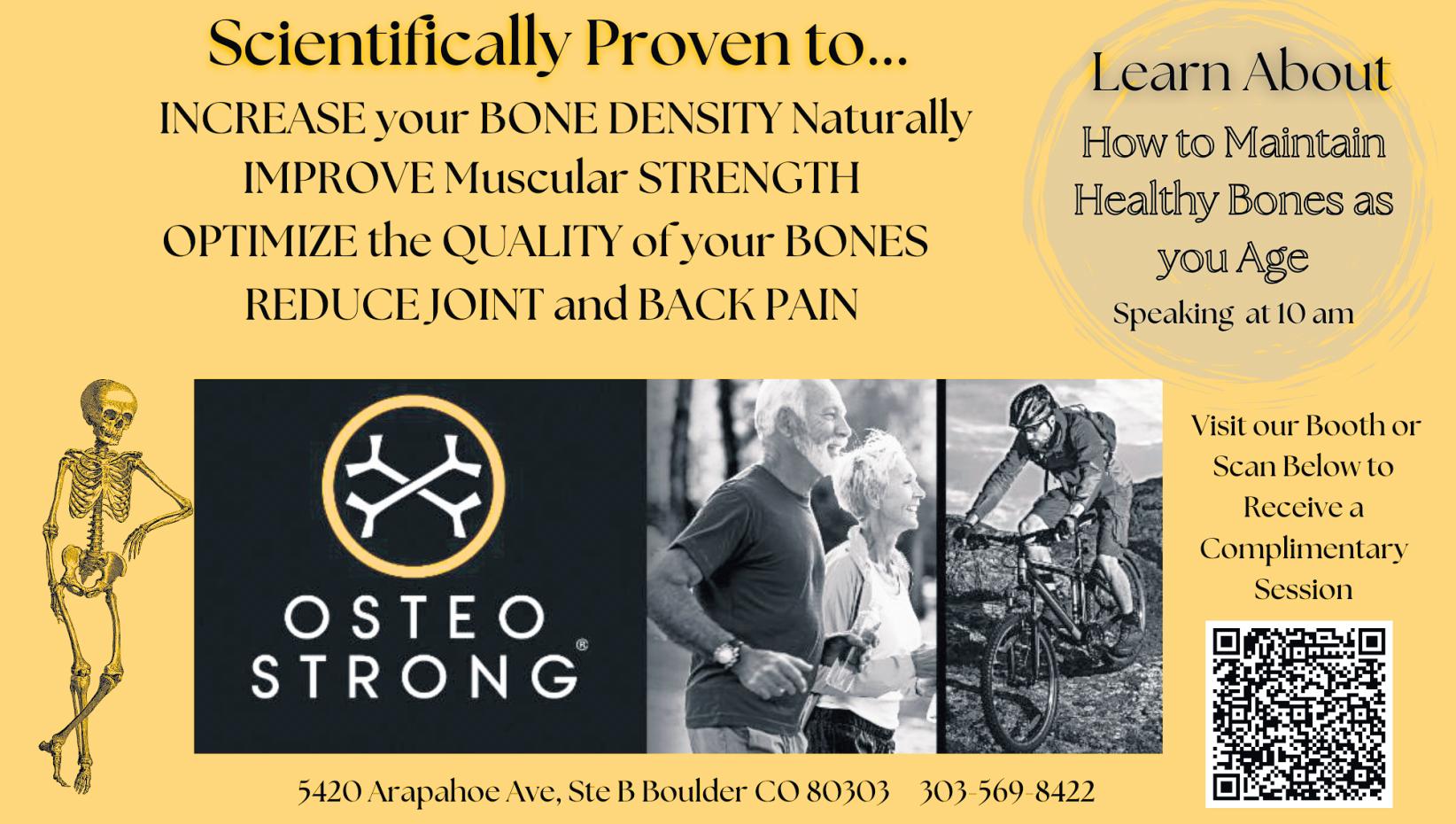
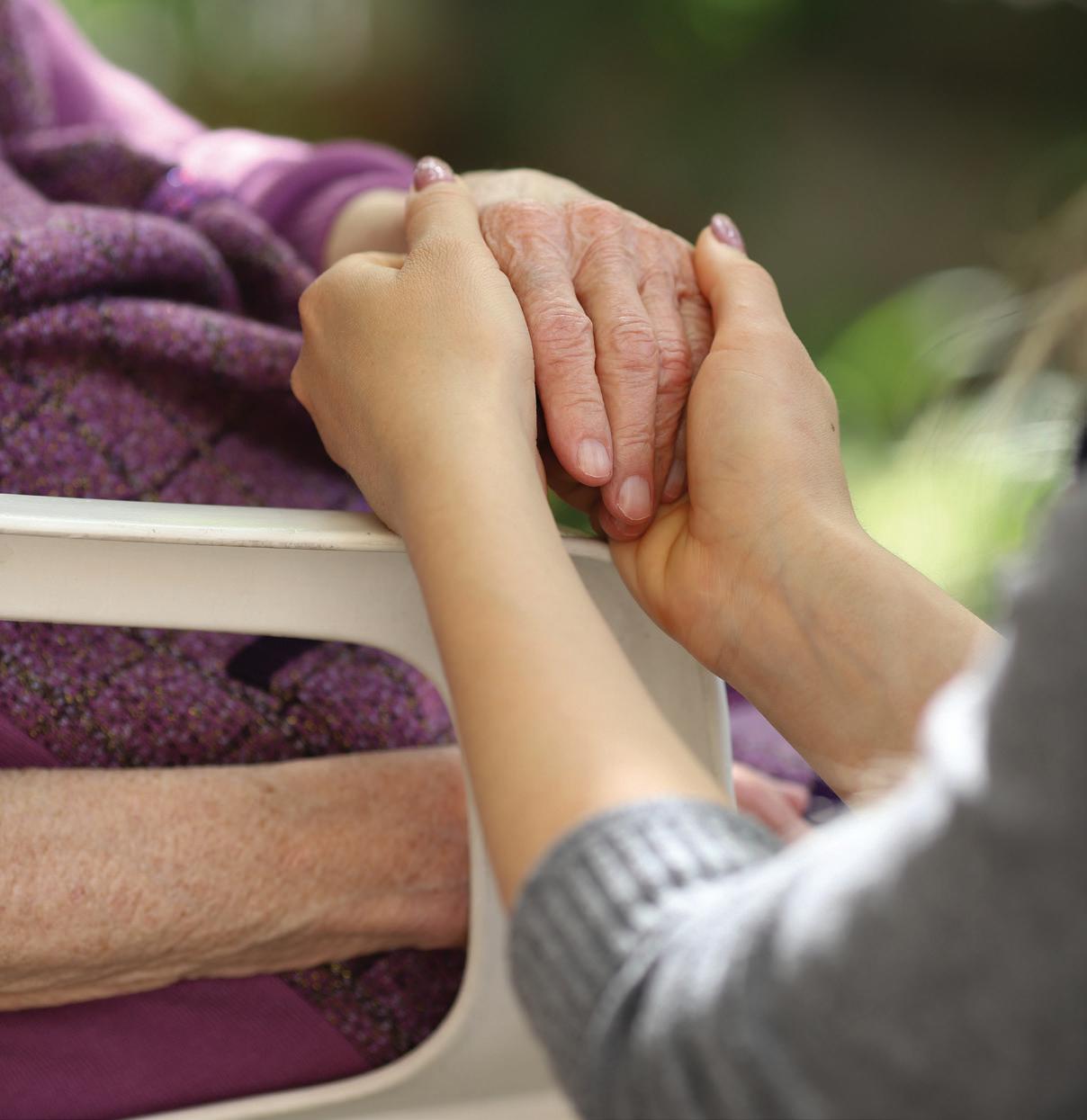
By Shelley Widhalm for Aging at Altitude
As soon as adults turn 18, they should be making a plan for hospice, even though they likely
won’t need the service for decades to come.
That way, their loved ones know their wishes for end-oflife care if and when they face a terminal illness.
“It’s more focused on asking your loved ones what their wishes are, asking them how

















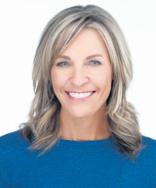
they see the last year or two of their life,” said Chad Hartmann, director of access and palliative services for TRU Community Care in Lafayette. “Are they still wanting to have treatment and go back to the hospital, or is comfort care the way they want to go?”
Hospice is an interdisciplinary approach to medical care for those with a terminal illness that focuses on comfort and symptom relief rather than curative care. Patients are given six months or less to live by their physician or health care provider, and if they are a patient of TRU, a physician agrees hospice care is needed. TRU brings together an interdisciplinary team to provide the care, consisting of a Registered Nurse, a Certified Nursing Assistant, a chaplain and a social worker who helps with meals,
The

“We’re here to support them through that journey.”
transportation and other needs. Volunteers provide additional support with companionship and bedside vigils, chore and errand assistance, and pet, aroma and other forms of therapy
The RN on the interdisciplinary team develops a plan of care that includes how often visits will be made and the care provided during them. Patients will have access to medications, medical supplies and durable medical equipment related to their terminal diagnosis. They can also use TRU Tele-Care’s 24/7 telehealth service to access a nurse for virtual monitoring and ask any
questions for uninterrupted care.
“We’re here to support them through that journey,” Hartmann said. “It’s really based on comfort care. We want to make sure the patient has comfort with the illness they have.”
TRU provides education about hospice through The Conversation Project, ensuring families are having conversations with their loved ones about end-of-life care goals, including hospice and palliative care. Palliative care is an interdisciplinary approach of home-based care focused on symptom relief and support for those living with serious or chronic illnesses that aren’t terminal.
“As you progress, as the disease progresses, you can have goals of care conversations,” Hartmann said. “As the illness progresses, then you can
discuss whether you want to treat the illness or go to the hospital.”
Hartmann said the average stay in hospice is 62 days, meaning that in some cases, patients are waiting too long. Hospice can help patients with their comfort and get their medications and symptoms under control, in some cases extending their lives beyond six months.
“The focus, instead of being curative, is more comfort care, which can help the patient stabilize, which sometimes helps them live longer,” Hartmann said. “It’s such a great service to help keep patients comfortable and to help them with their wishes concerning how they want to live their life at the end of their life.”
to
What You Need to Know

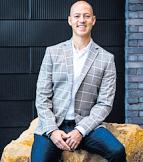
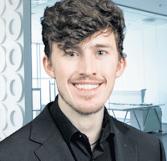

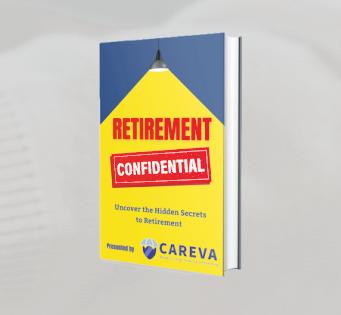



Savings can help meet unexpected expenses, fund shortterm spending goals and protect against unanticipated life events. At the same time, leaving too much of your money uninvested can jeopardize long-term financial goals like retirement. Set a goal to be more intentional with your savings by getting clear on your savings goals, ensuring your savings earn a competitive return and putting excess cash to work for your long-term financial goals.
To determine your personal savings goals, consider your ability to withstand savings shocks and potential income loss, as well as any short-term spending goals such as buying a car or taking a vacation.
Step 1: Start by ensuring you have a buffer for unexpected expenses. Aim to have at least $2,000 or about half a month’s household expenses, whichever is greater, set aside in a cash savings account. If you’ve navigated any changes in the last year that impact your income or spending, it’s also worthwhile to revisit that emergency savings goal.
Step 2: You might also have additional short-term financial goals. Perhaps you’re planning a home renovation or saving up for a wedding. Money to fund these goals that are a year or two away probably shouldn’t be exposed to much risk of loss and may be best kept in a cash savings account
Step 3: Think about building a more substantial financial safety net that can cover three-to-six months of living expenses. This fund will

help you manage financial disruptions, such as job loss or other longer-term income interruptions. This fund might also be used to help with longer-term goals like retirement savings, but such money, however it is invested, should be easily accessible if needed to bridge periods of income loss. Certain accounts like a 401(k) or traditional IRA with limited ability for early withdrawals likely won’t be the best homes for these funds.
Get specific about why you’re saving and create an action plan. Start small and build Saving something is better than not saving at all, especially when saving in an account with a competitive yield. Yield, or annual competitive yield (APY), indicates how much interest or return you can expect to earn on your savings in a given account over a year. Put simply, the higher the APY, the more your savings can grow
Many Americans aren’t getting the return they deserve on their savings. Whether you’re just starting to set aside funds for an emergency or you already have substantial cash saved, make sure you know how much that cash is “earning.” Saving with intention means selecting the best savings vehicle for your personal savings goals. Consider whether you value FDIC insurance, ease of money movement or if you’re simply looking for the highest return on your savings.
Letting your money sit in an average bank savings account might mean your money doesn’t have much chance to grow. The average bank savings account yield as of Dec. 16, 2024, was 0.42% according to the FDIC National Rate and Rate Caps. That means for each $100 you save you’ll earn 42 cents annually. Compare this to a higher yielding account like
Vanguard’s Cash Plus Account, which offers a sweep program currently yielding 3.65% APY effective Jan. 6, 2025.* The cash you keep easily accessible does not need to sit idly on the sidelines. It can work for you in a high-yielding account. Keeping your hardearned money in a low-yielding account could mean leaving money for short- and long-term goals on the table.
A well-funded emergency savings account can prevent you from taking on highinterest debt, tapping into a retirement account or turning to other sources that could slow your long-term financial progress.
While crucial for funding short-term financial goals, an intentional savings plan can also create the foundation for a longer-term financial plan. Once you have a solid savings
plan in place, consider whether you can move excess cash –beyond the amount needed to meet your identified savings goals – into higher-earningpotential asset classes like stocks and bonds for long-term goals like retirement.
When you’re intentional about your savings goal and seeking out the best home for your savings, even the cash you choose to keep more readily accessible, outside of stock and bond investments, has the opportunity to grow.
Whether your savings goal is to start your first rainy-day fund or shop around for higher returns on your well-funded piggybank, ensure you have clear goals and a plan for reaching them.
All investing is subject to risk, including the possible loss of the money you invest.
Investments in bonds are subject to interest rate, credit, and inflation risk.
The APY will vary and
may change at any time. APY is current as of date of publication. Current APY is available at vanguard.com.
The Vanguard Cash Plus Account is a brokerage account offered by Vanguard Brokerage Services, a division of Vanguard Marketing Corporation, member FINRA and SIPC. Under the Sweep Program, Eligible Balances swept to Program Banks are not securities: They are not covered by SIPC but are eligible for FDIC insurance, subject to applicable limits. Money market funds held in the account are not guaranteed or insured by the FDIC but are securities eligible for SIPC coverage. See the Vanguard Bank Sweep Products Terms of Use and Program Bank list on vanguard.com for more information.
There may be other differences between these products that must be considered prior to investing.
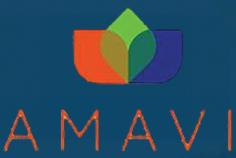
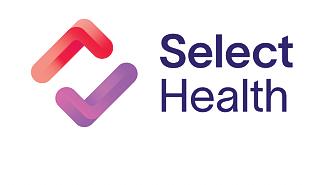

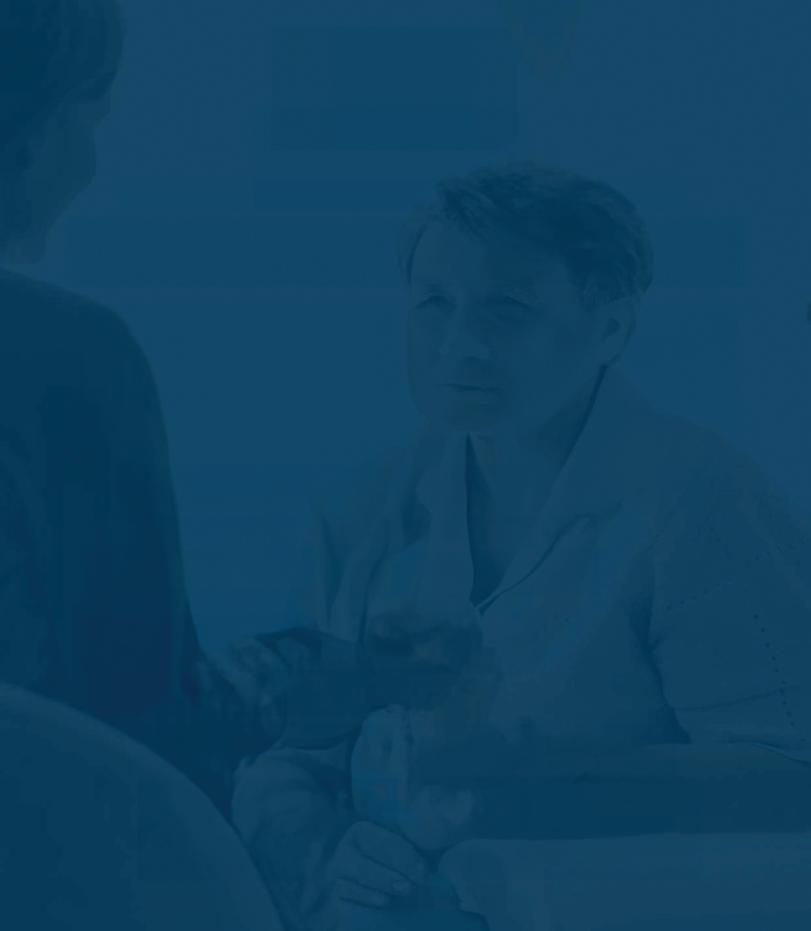
•
•
•
•
•














By Gabe Bodner Aging at Altitude
or many retirees, financial security is a top priority One of the most powerful, yet often misunderstood tools available to homeowners aged 55 and older is a reverse mortgage. Beyond providing access to home equity without requiring monthly payments, reverse mortgages offer unique tax advantages that can enhance retirement income strategies.
The IRS classifies proceeds from a reverse mortgage as borrowed funds, not income. This means that whether you receive funds as a lump sum, a line of credit or monthly disbursements, there are no income taxes owed on the funds. Unlike distributions from a 401(k), IRA, or other retirement accounts, reverse mortgage proceeds are not subject to federal or state income tax. This distinction can play a critical role in preserving

wealth and optimizing cash flow in retirement.
Because reverse mortgage proceeds are not considered income, they do not impact eligibility for Social Security retirement benefits or Medicare. This is particularly important for retirees who depend on these programs as a primary source of income and medical insurance. Supplemental Security Income
(SSI) and Medicaid recipients should consult with a financial professional or an elder law attorney, as asset limits may apply, but for most retirees, a reverse mortgage provides an effective way to boost cash flow without jeopardizing government benefits.
Another significant tax advantage of a reverse mortgage is its potential to
lower your adjusted gross income (AGI). If you use funds from a reverse mortgage to cover living expenses, instead of drawing down taxable retirement accounts, you could also reduce your overall tax liability. A lower AGI can have a cascading effect, potentially reducing the taxation of Social Security benefits and lowering Medicare Part B and D premiums, which are incomedependent.
• Delaying Social Security Benefits: Drawing from a reverse mortgage early in retirement can allow you to delay claiming Social Security benefits, leading to a higher monthly benefit in the future.
• Minimizing Required Minimum Distributions (RMDs): For retirees over 73, reducing withdrawals from IRAs and 401(k)s can help keep RMDs lower,

reducing taxable income.
• Reducing Capital Gains Taxes: Using a reverse mortgage for living expenses instead of selling appreciated investments may help avoid triggering capital gains taxes.
Although interest on a reverse mortgage is not deductible on an annual basis, it may be deductible when it is repaid— typically when the home is sold. This can provide a valuable deduction for heirs or homeowners who later refinance or pay off the loan.
A reverse mortgage is more than just a source of tax-free

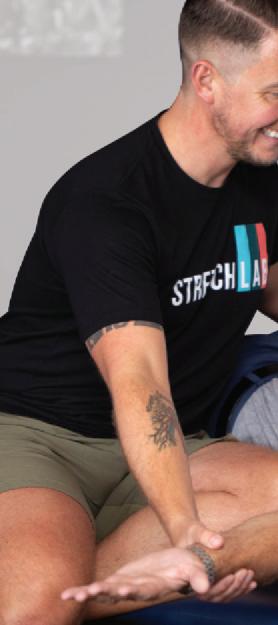

cash—it is a strategic financial tool that can help you maintain financial stability, reduce tax exposure and optimize your retirement income. If you would like to explore how a reverse mortgage could fit into your retirement plan, I’m here to help. (Please note, this is not tax advice, you should consult your tax professional for tax advice.) Call me today to learn more about how you can access your home equity tax-free and create a more secure financial future.
Gabe Bodner is a retirement mortgage planner and licensed mortgage originator in multiple states. Gabe utilizes the latest research from the top researchers to assist his clients in living for today and planning for tomorrow To reach Gabe, call 720.600.4870, e-mail gabe@bodnerteam.com or visit reversemortgagesco.com.
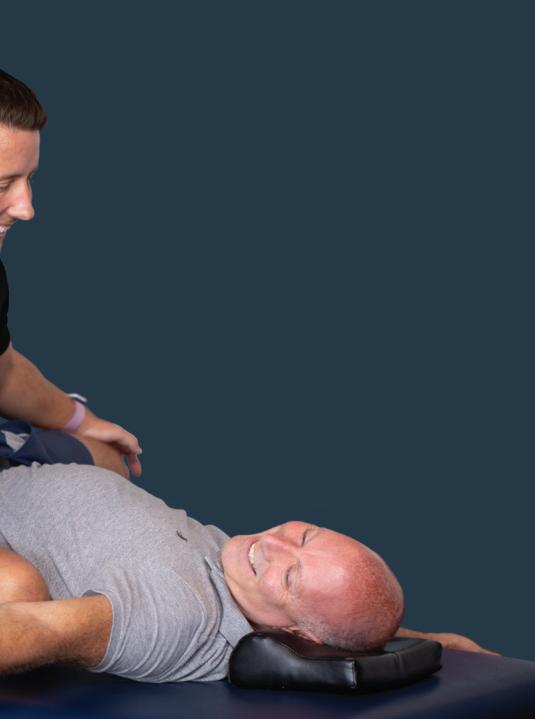


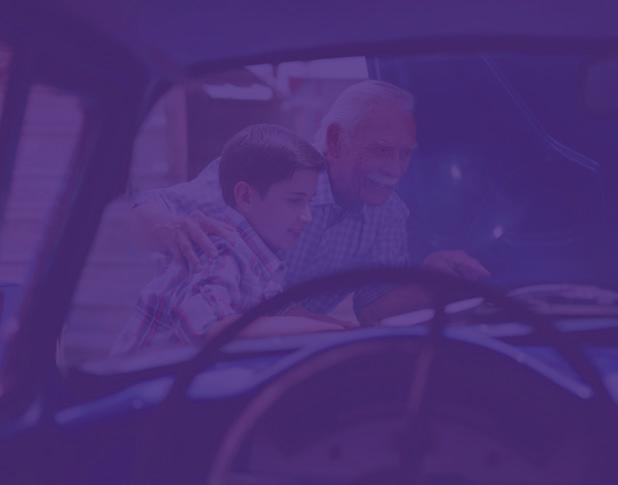
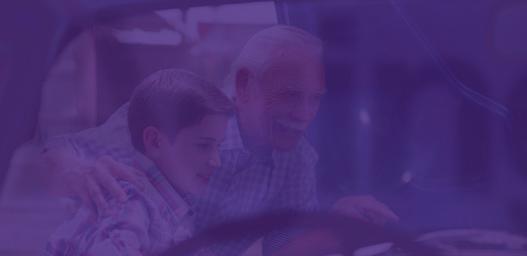


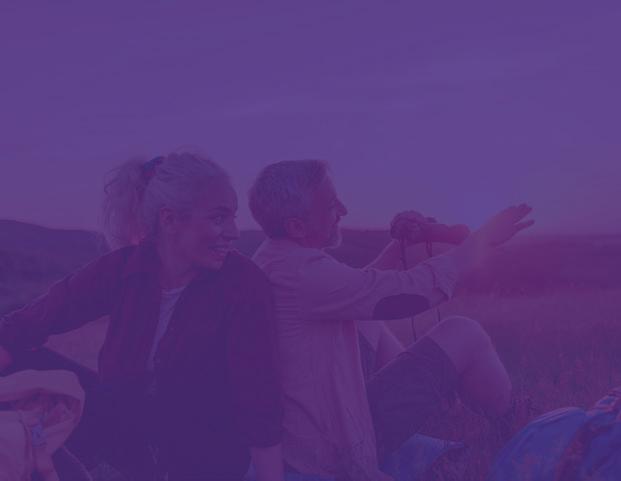

(No Registration Required)
LEVIN HALL
8:30 to 8:50 a.m.| Tips for NavigatingToday’s Healthcare Systems,presented byCliff Gronseth,MD SpineWest
9:00 to 9:20 a.m.| Overactive Bladder& Incontinence: Understanding Symptomsand Finding Relief,presented byTomy Perez,MD BoulderMedical Center
9:30 to 9:50 a.m.| TheAirPods Debate:CanTheyReplace Traditional HearingAids?, presented byPaigeAndrade, Au.D.,CCC-A,andChelsea Walters,B.S.,BC-HIS,Family Hearing Center
10:00 to 10:20 a.m.| Howto Maintain HealthyBonesasYou Age,presentedbyOsteostrong
10:30 to 10:50 a.m.| Recent Changes in EstatePlanning, presented byDiedreBraverman, Braverman LawGroup
11:00 to 11:20 a.m.| The
FREE PARKING & SHUTTLE Parking is available at Boulder JCC and additional parking at Naropa University Nalanda Campus
l TheAcademy
l AgeWise Colorado
DifferenceBetween Health Span & LifeSpan,presented byDr AlexanderDuff,Terry Chiropractic Boulder
11:30 to 11:50 a.m.| Restoring Pain-freeNerve,Joint,Hormone and BladderFunctionwith Advanced IntegrativeTherapies, presented byDr Erika F Marie,DACM,founder,Chiyu | Acupuncture & Integrative Medicine
12:00 to 12:20 p.m.| A Personalized RoadmapforBrain Health,presented byDr Ilene Naomi Rusk The Brain and BehaviorClinic
12:30 to 12:50 p.m.| AgeWell: EffectiveAnti-Aging Solutions &Treatments,presented byBill Burton,MD,NUVO Medical Associates
1:00 to 1:20 p.m.| Dementia 4.0, presented bypresented byDr Jessica Knape,Healthspan Internal Medicine
1:30 to 1:50 p.m.| Staying
l Alta Physical Therapy & Pilates
l Amavi Integrative Mental Wellness
l Balfour Senior Living
l Bath Fitter
l Biscochito HomeCare
l BOCOTransportation: Mobility forAll
l Gabe Bodner,The BodnerTeam: One Trust Home Loans
l Boulder Medical Center
WiseandWell,presented byAnneGiesen,DO Sky Health Services and Megan Carnarius, RN, NHA, LMT Memory Care Consulting
LOBBY
8:30to8:50a.m.| Foundations ofCaregiving:Anencouraging sessionwithinsightsfrom research,effectivecaregiving methods,tipsforbehavioral expressions,strategiesto addresscaregiverburnoutand othertopics.Practicaltipsthat youcanputintoactiontoday, presentedbyBrendaGurung, CMDCPT,VDT,MIM,MBA, dementiaspecialistandprogram andcurriculumdeveloper, BalfourSeniorLiving
9:00 to 9:20 a.m.| Eco-Friendly OptionsattheEnd-of-Life, presented bySethViddal, Co-owner/COO The Natural Funeral
9:30 to 9:50 a.m.| Demystifying Deathand Dying;ALawyer’s
Perspective,presented byDan Kapsak; Kapsak l Estes LLC
10:00 to 10:20 a.m.| TheCircle of Love,presented byKimberly Corbitt,owner Biscochito HomeCare
10:30 to 10:50 a.m.| Modern DayApproachtoLong-Term CareforPeoplefromAge50-75, presented byAlecMuehlemeyer andJosh Karasow,OliveTree Wealth Management
11:00 to 11:20 a.m.| TheEnergy EmployeeOccupational Illness CompensationAct:You may beeligibleforcompensation and medical benefits ifyou’ve sufferedan illnessdueto exposuretoradiationorother toxicsubstanceswhileworking fortheDepartmentof Energy, presented byStephen Dellerba, Patient DevelopmentCoordinator,Giving Home Health Care
11:30to11:50a.m.| The RetirementMortgagePlaybook: Gettingthemostoutofyour
l The Brain and Behavior Clinic
l The Bridge at Longmont
l BravermanLawGroupLLC
l Brookdale Senior Living
l Chiyu Acupuncture & Integrative Medicine
l Cogir Senior Living
l ColoradoHealthMatters
l Cultivate
l Edward Jones –Brett Wiley
l Family Hearing
l Fidelis Consultants
l Flatirons Terrace
l Frasier
l Giving Home Health Care
l Golden West
l Greenwood & Myers Mortuary
l Headwaters Health & Wealth
l Healthspan Internal Medicine
l It’s Just Stuff
l Jorgensen Brownell & Pepin, P.C
l Kaiser Permanente
l Kapsak l Estes LLC
l LifetimeHomeRemodeling
l Mary Hansen, Medicare Solutions
l MemoryCareConsulting
l Murphy Funeral Directors
l Native Roots Cannabis
l The Natural Funeral
l Tanja Nelson, Northern Colorado’s Senior Housing Specialist, Next Chapter Real Estate
l NUVO Medical O Associates
l OliveTree Wealth Management
l Osteostrong
l PositiveAltitudeTravel
l RelayColorado
l Renewal byAndersen
equityinretirement,presented byGabeBodner,TheBodner Team:OneTrust HomeLoans
12:00to12:20 p.m.| Downsizing YourStuffBeforeDownsizing YourHome,presentedbyBeth Blacker,ChiefofChaostoCalm, It’s Just Stuff
12:30to12:50 p.m.| Whatto ExpectWhenMovingtoaSenior LivingCommunity,presented byMarciaKlassen,Brookdale SeniorLiving
1:00to1:20 p.m.| Legacy Planning:HowtoPasson MeaningfulStoriesandLife Lessons,presentedbyKelley Koul,executivedirector,Cogir SeniorLiving 1:30to1:50 p.m.| Retirement Living:AreYouaPlanner ProcrastinatororCrasher? EssentialTools&Tipsfora SmoothTransition,presented byColleenRyanMallon,Chief GrowthOfficer,Frasier
l Seniors Helping Seniors
l Sky Health Services
l Spine West
l Stretch Lab
l TerryChiropracticBoulder
l TRU CommunityCare
l University of Colorado Boulder – Dept of Integrative Physiology
l Waneka Park Assisted Living
l WelcomeYears
l YMCAof Northern Colorado
More exhibitors are being added daily!















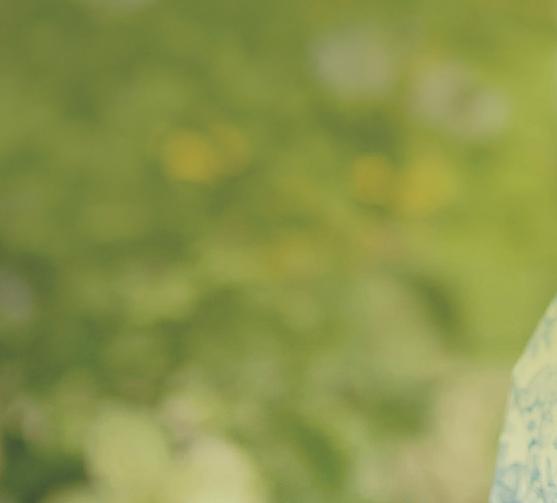





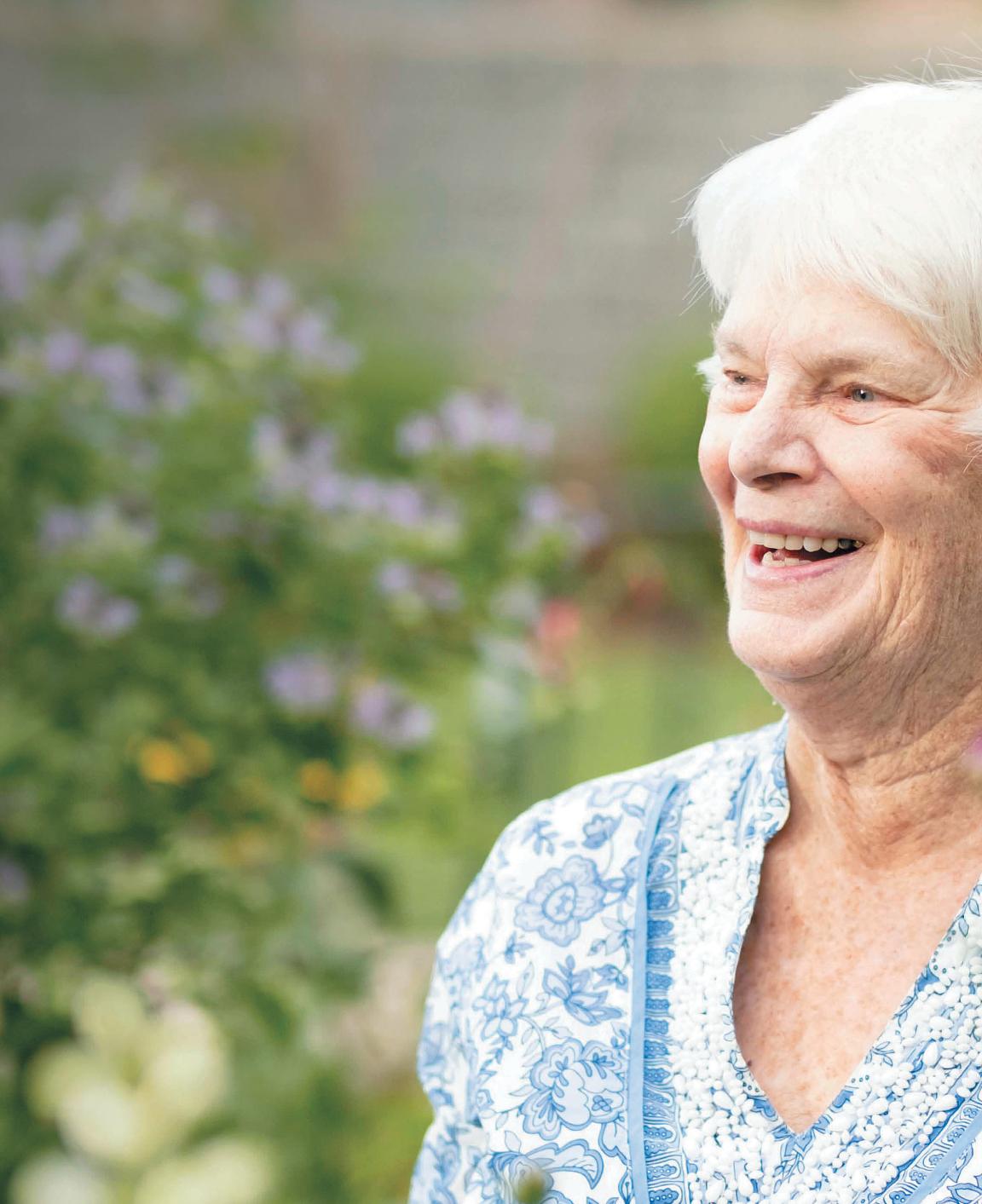

































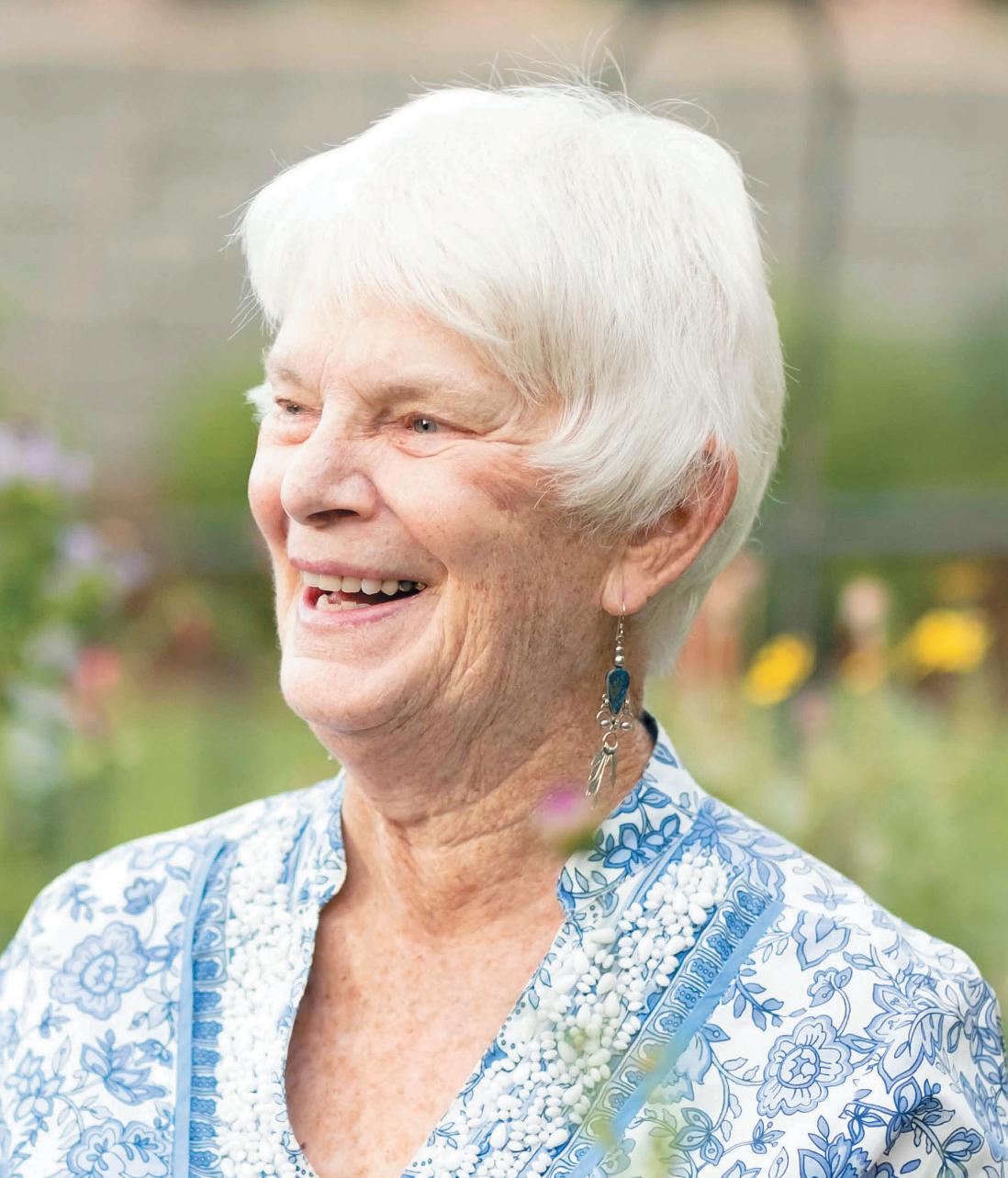








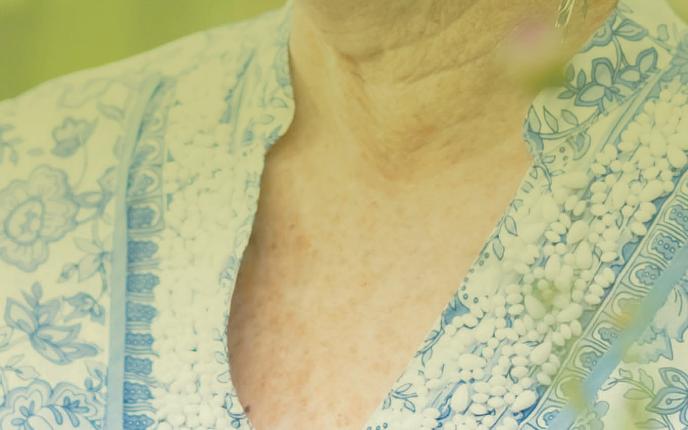
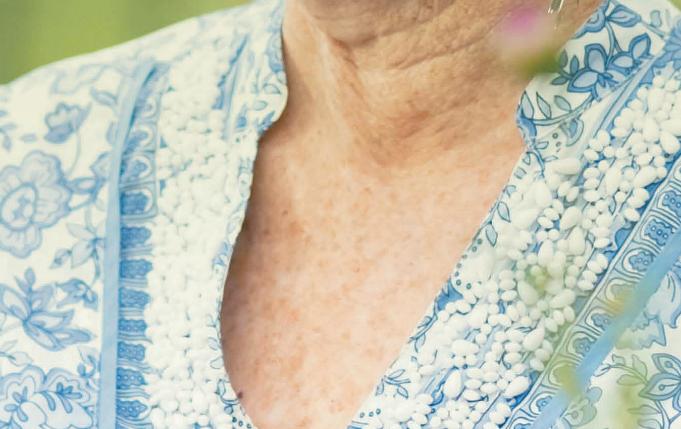
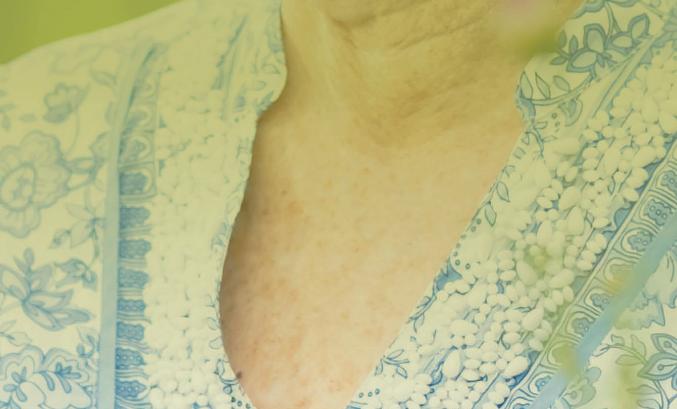
























Since welcoming our first residents in 1960, Frasier has been a cornerstone of Boulder— growing, evolving, and enriching lives.

































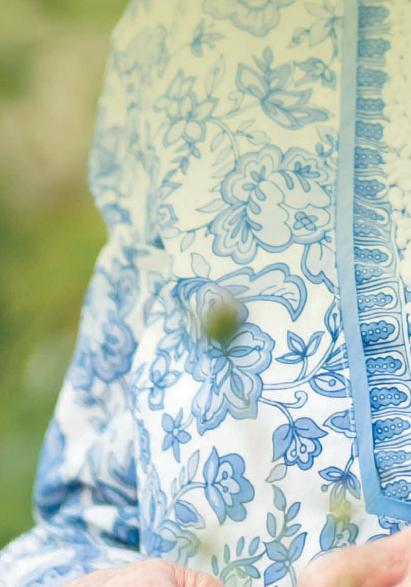














Founded on 20 acres gifted by Elmer and Mayme Frasier, we’ve expanded from a 100-unit independent living building to a vibrant community serving nearly 500 seniors. With a dedicated team of over 300, we are a






















































































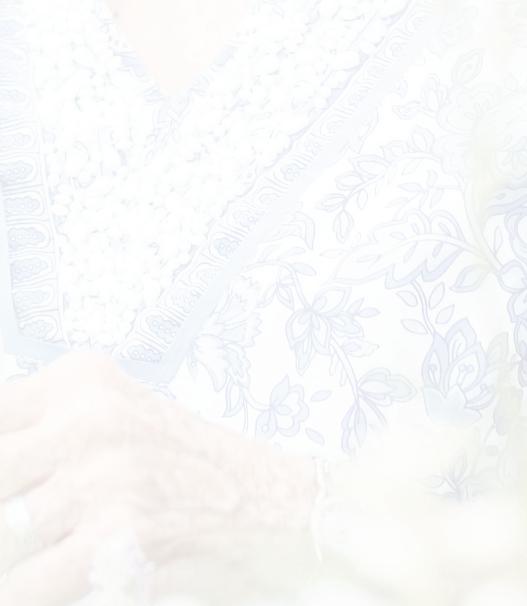





























Life Plan Community providing a full continuum of care—independent living, assisted living, memory support, long-term care, and skilled nursing.

































As Boulder grows, so will Frasier—continuing to inspire and celebrate life for generations to come. V










































